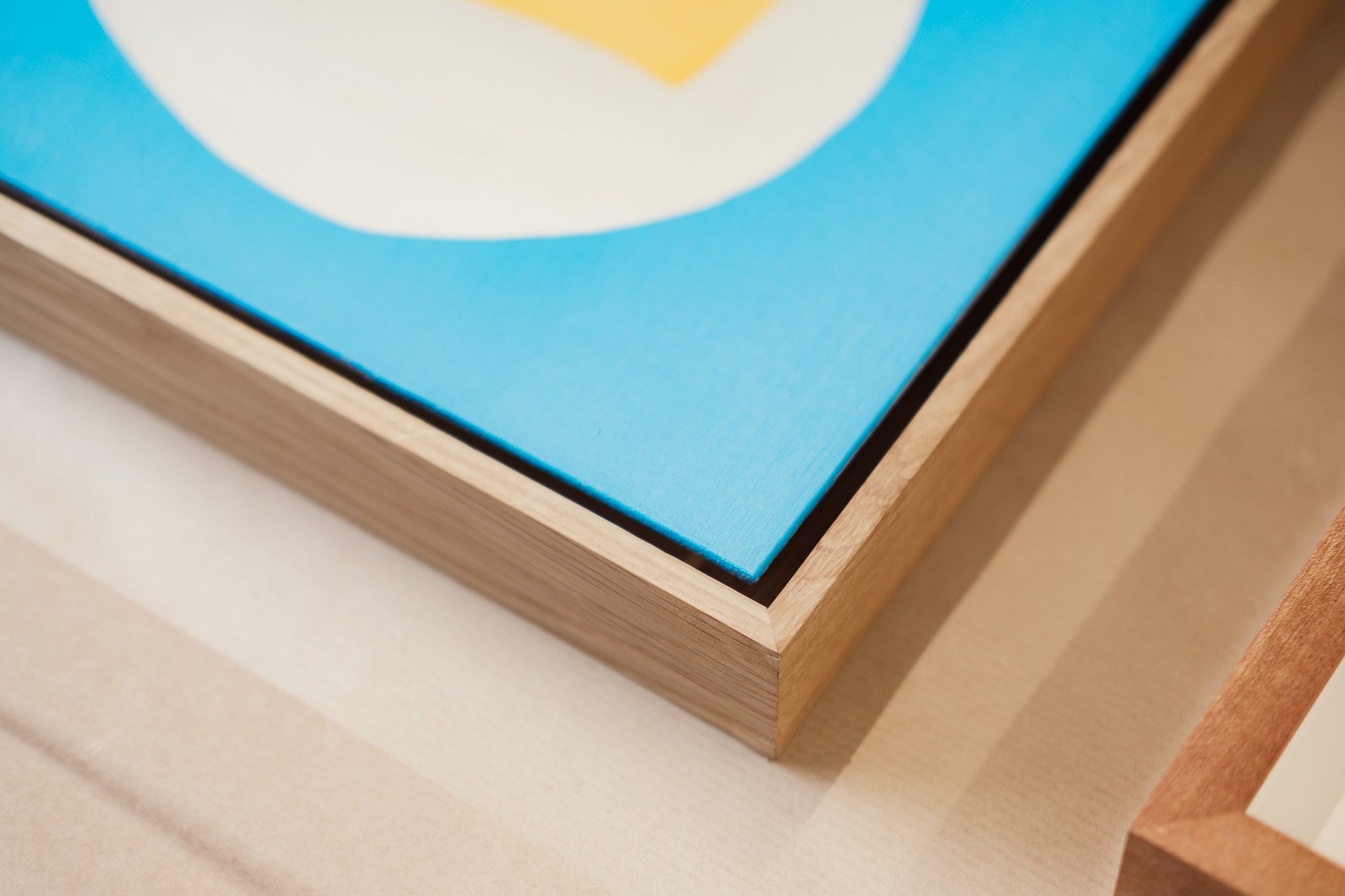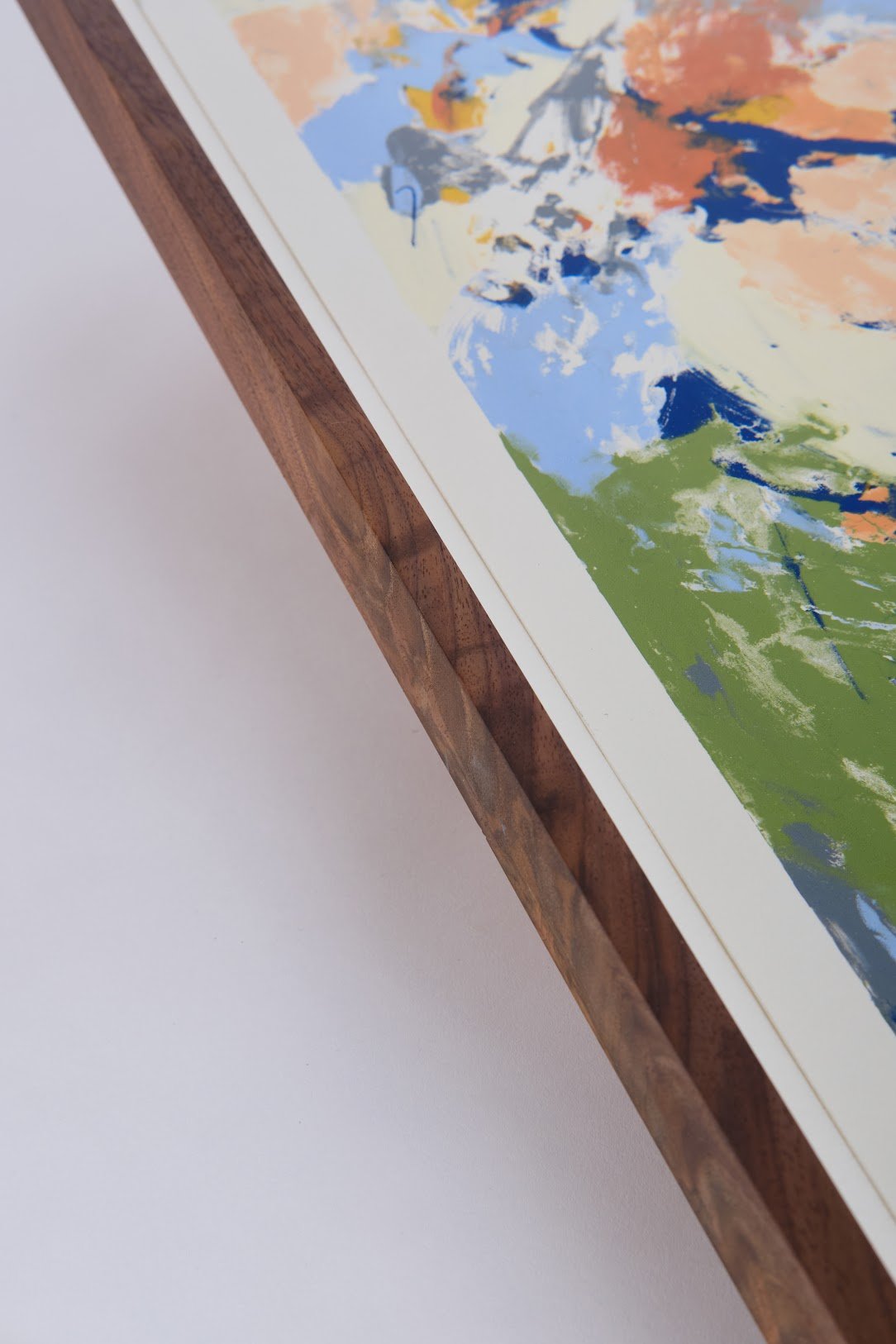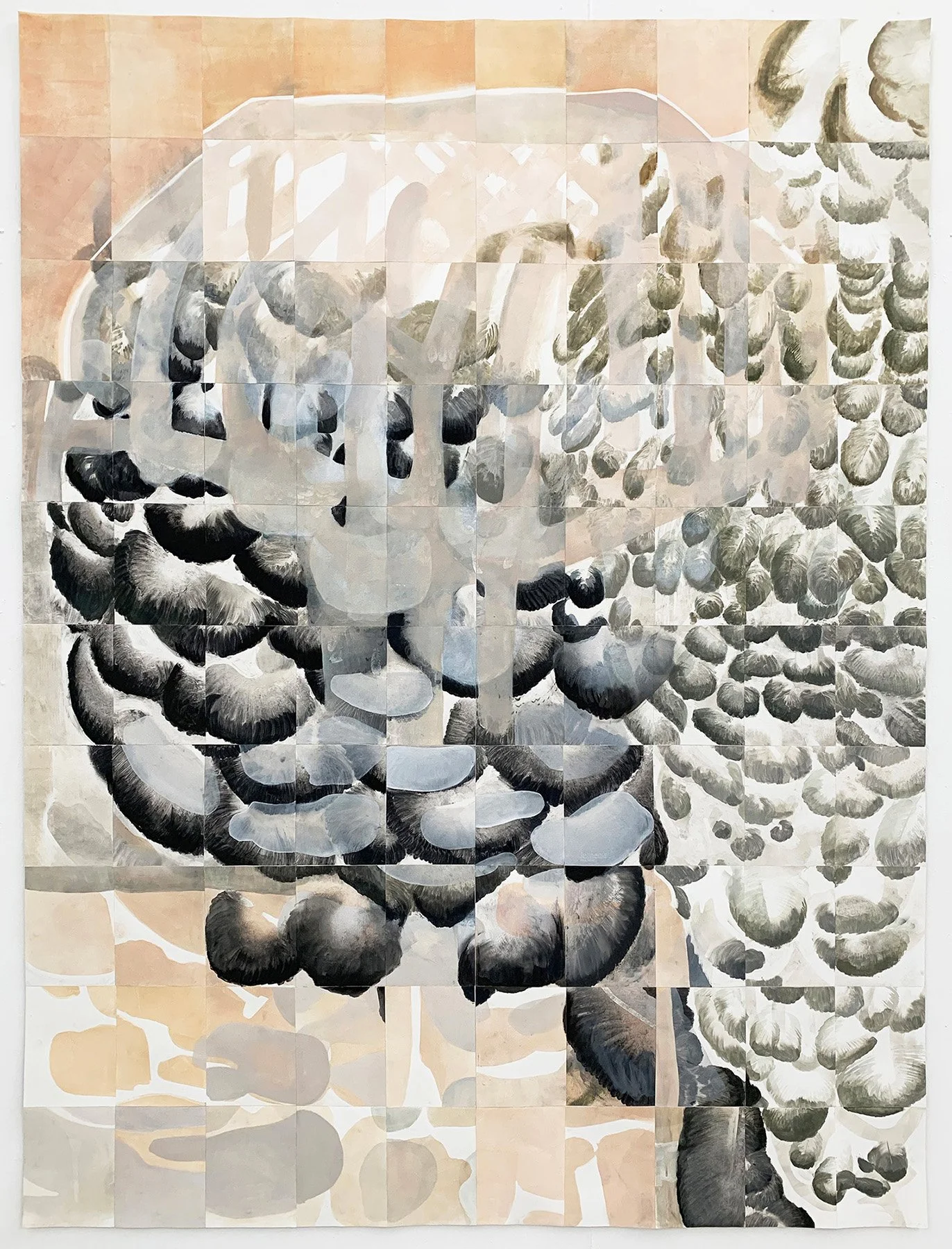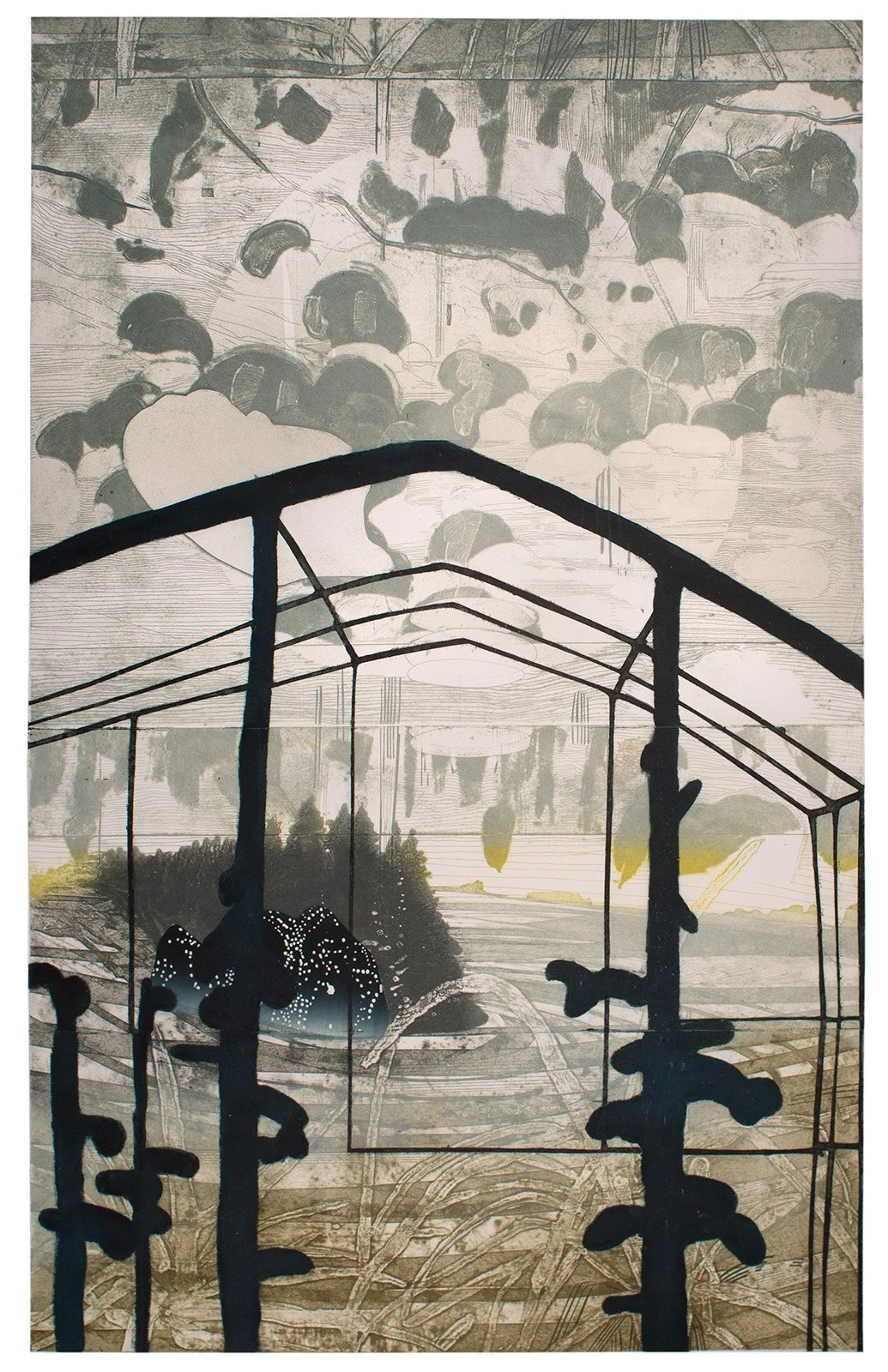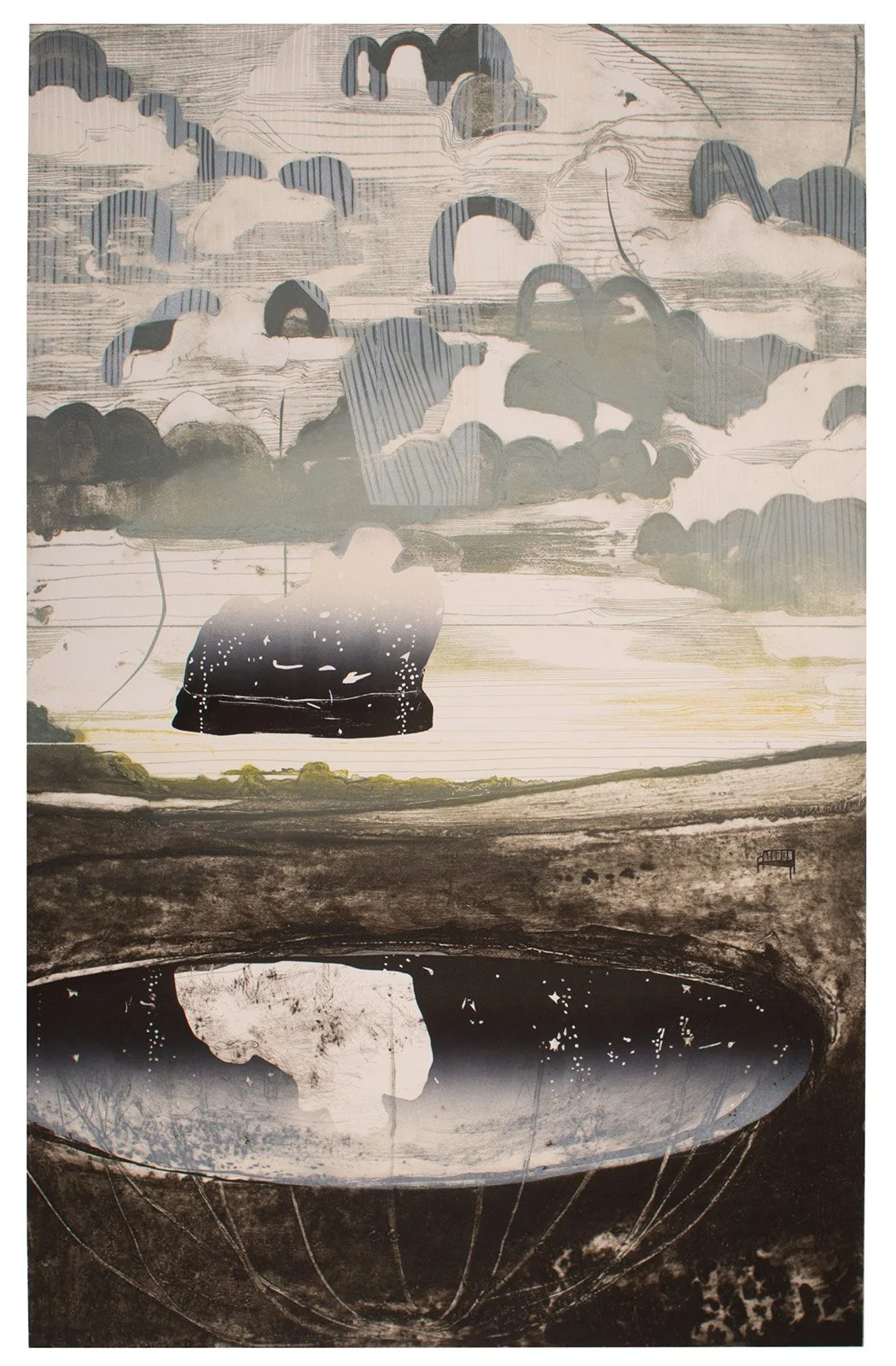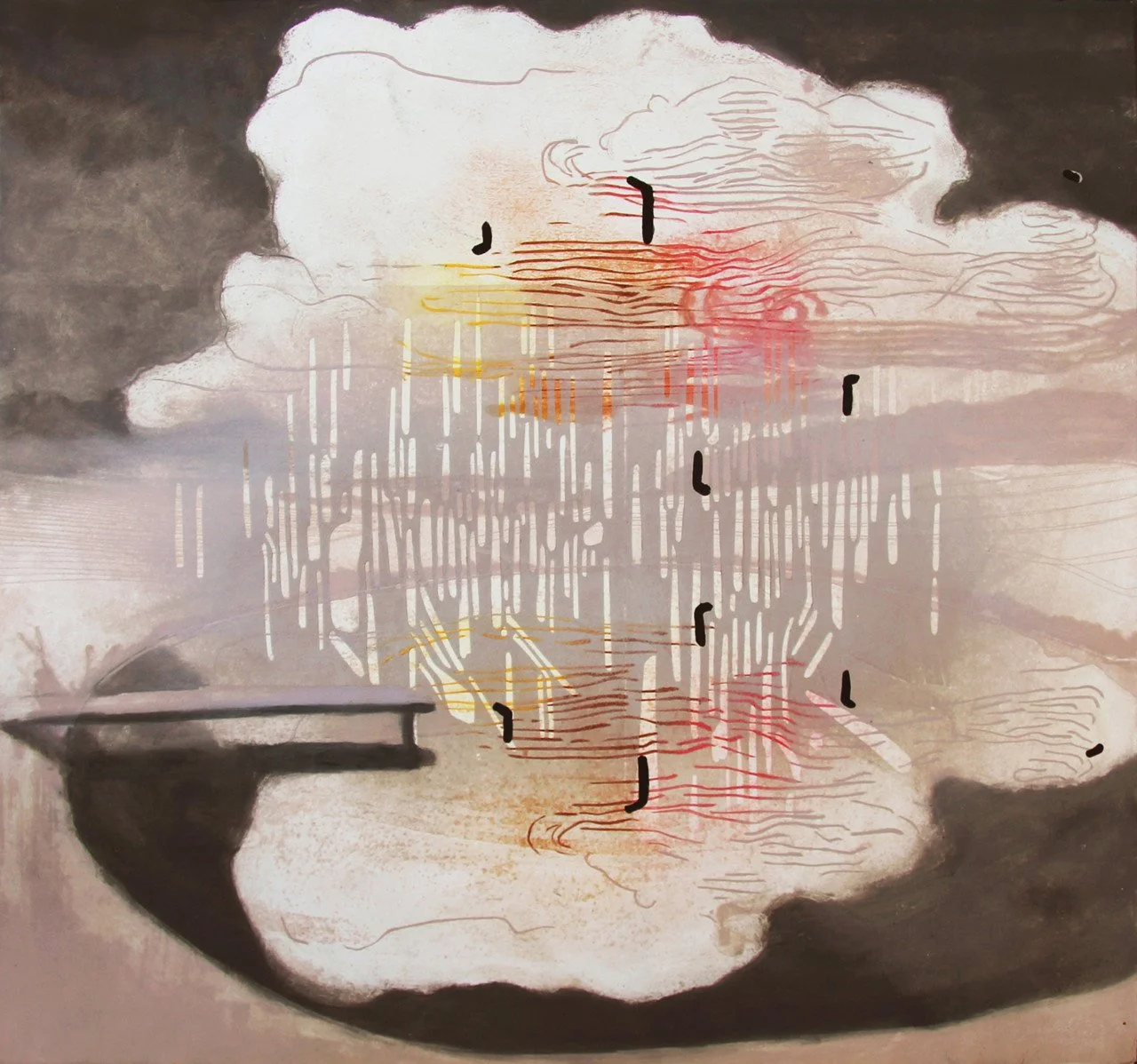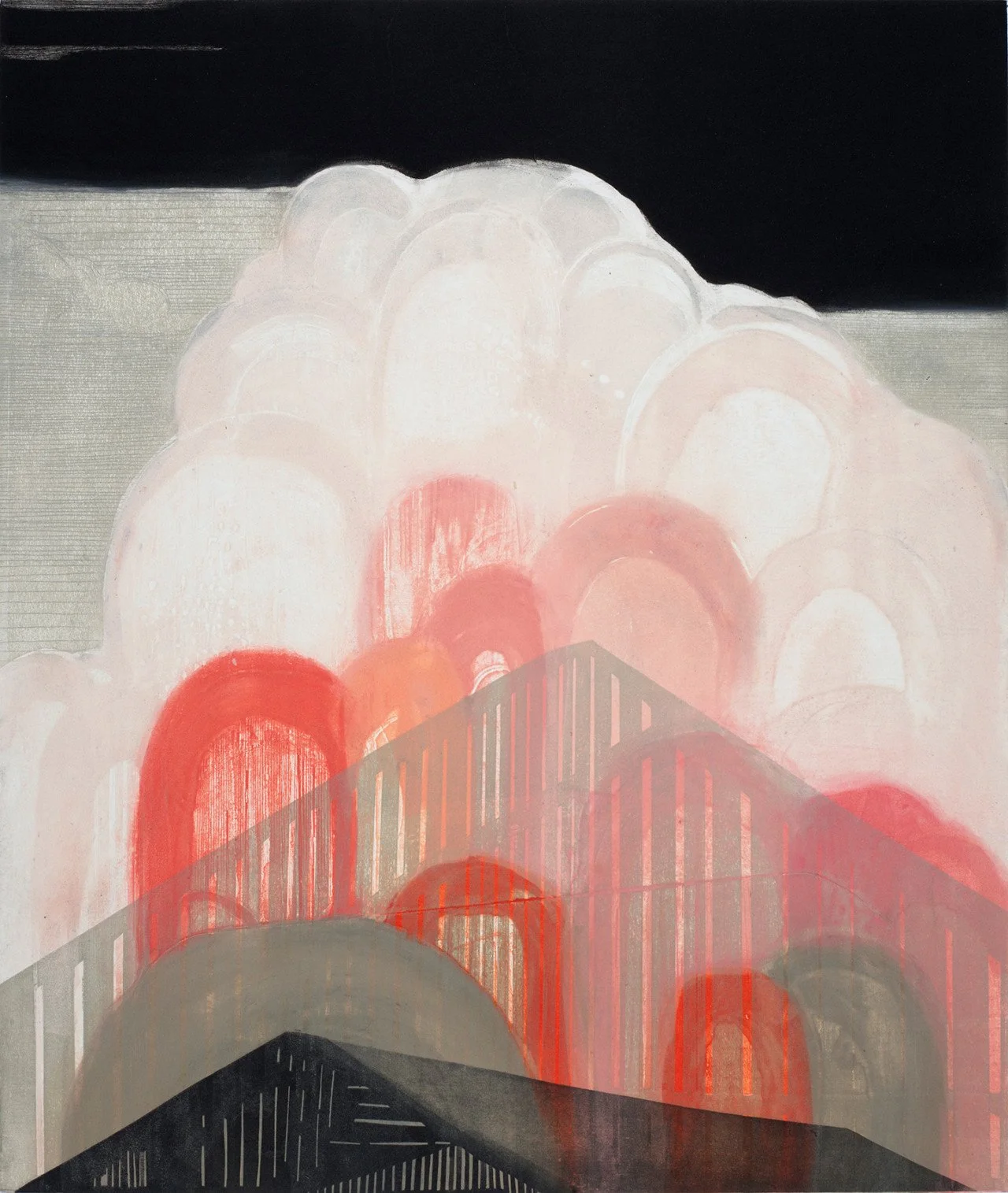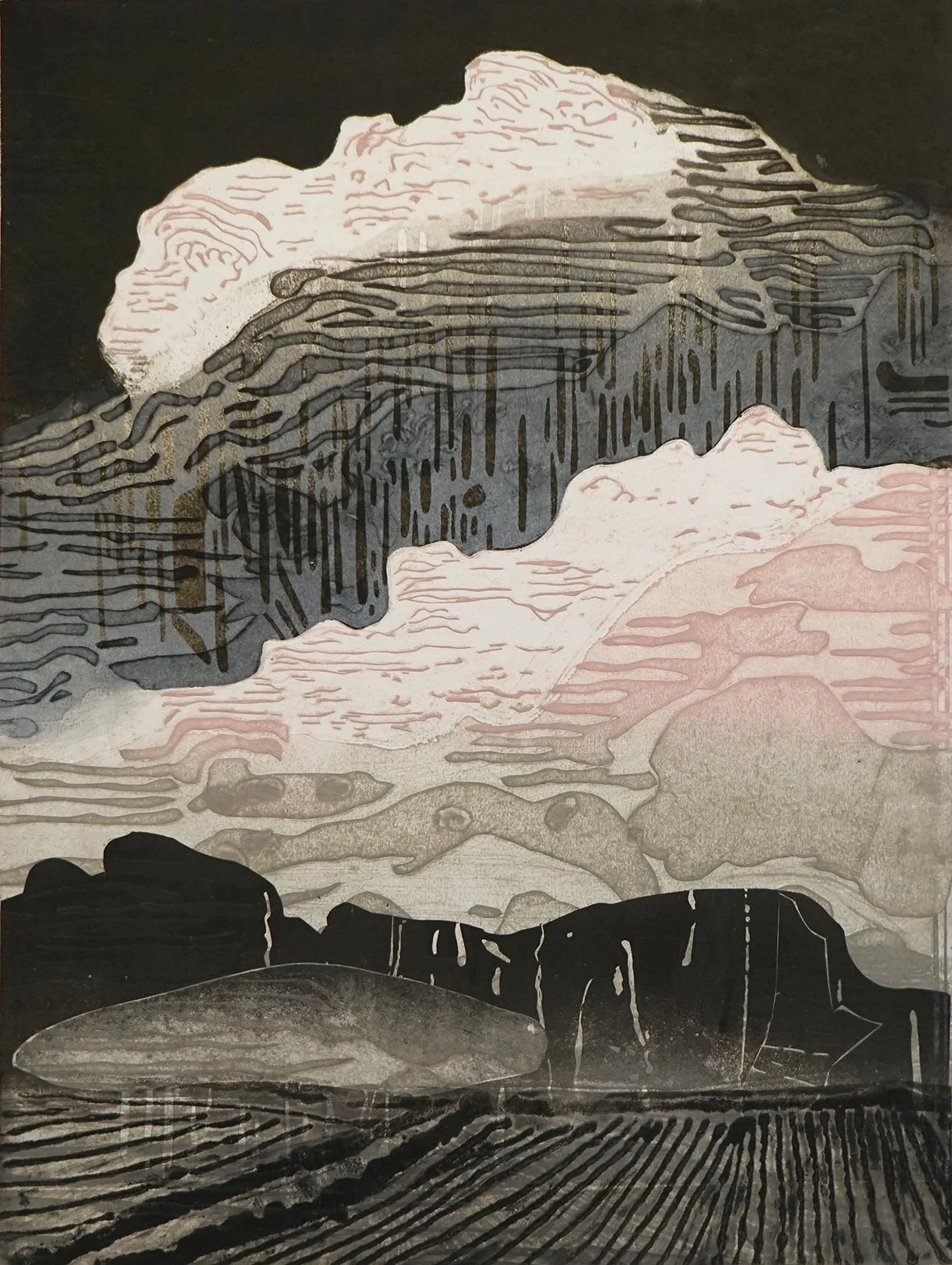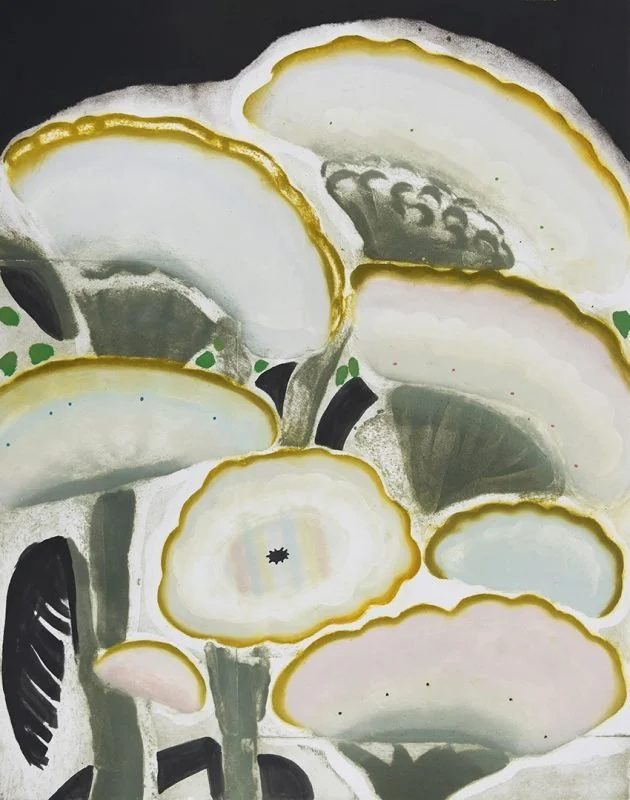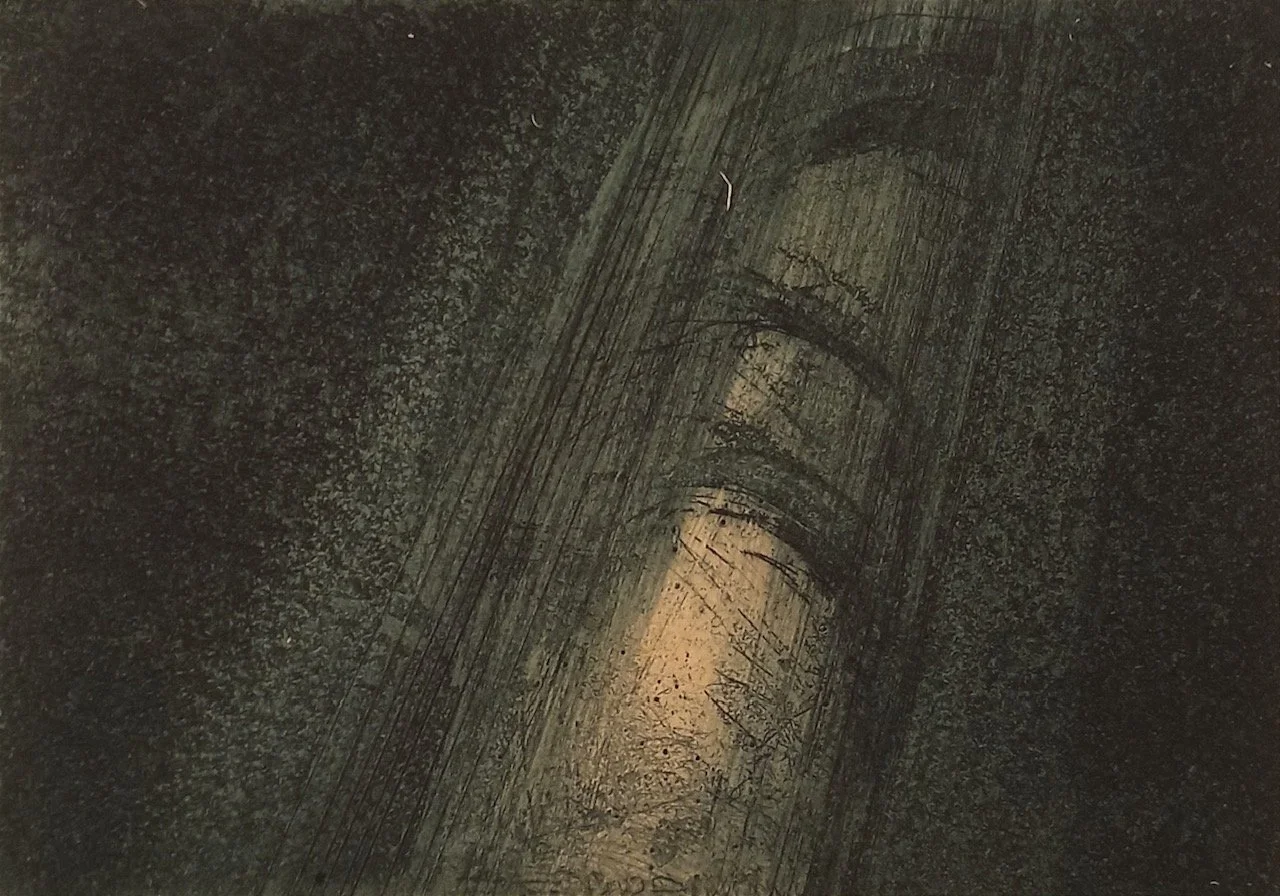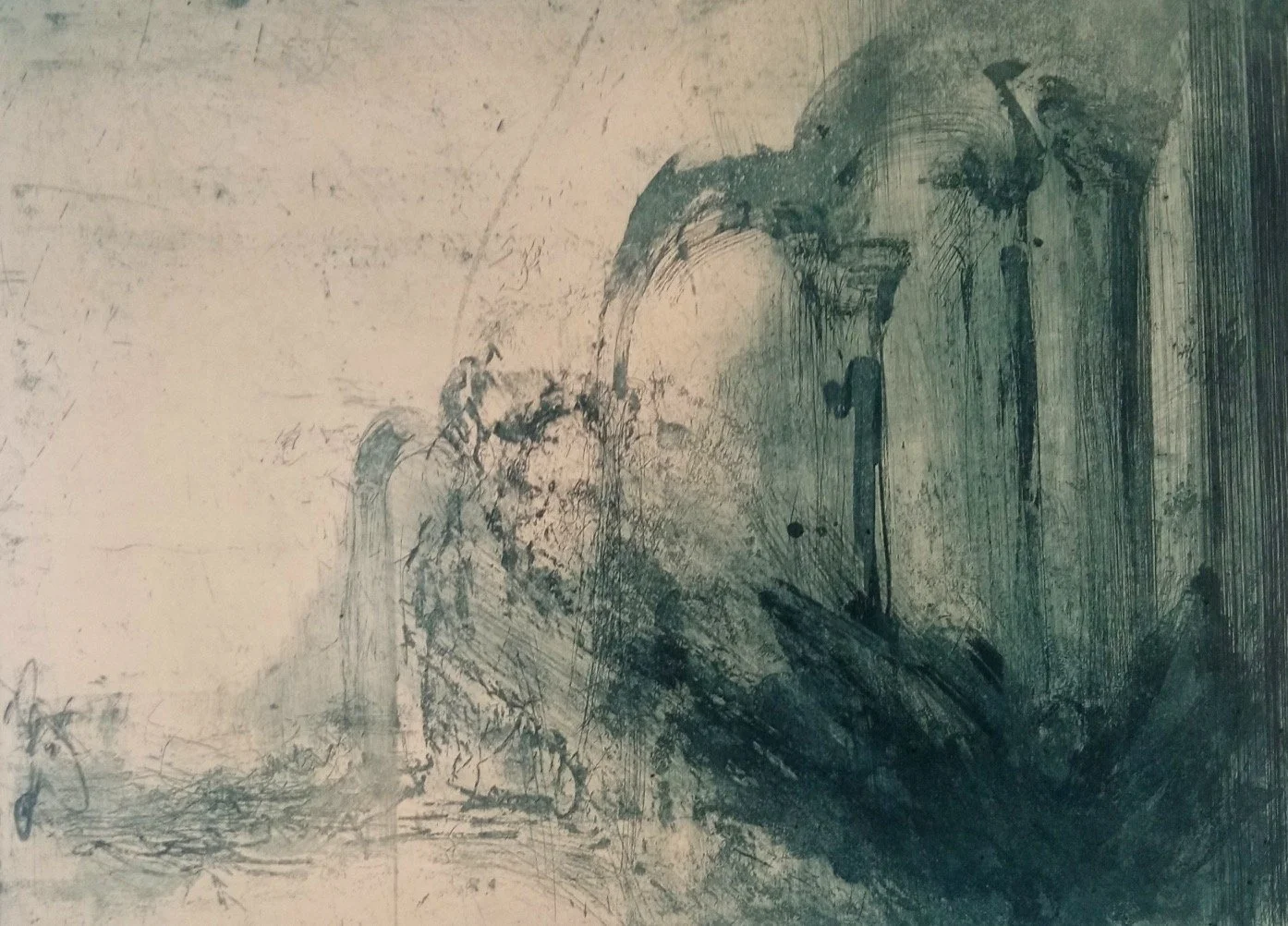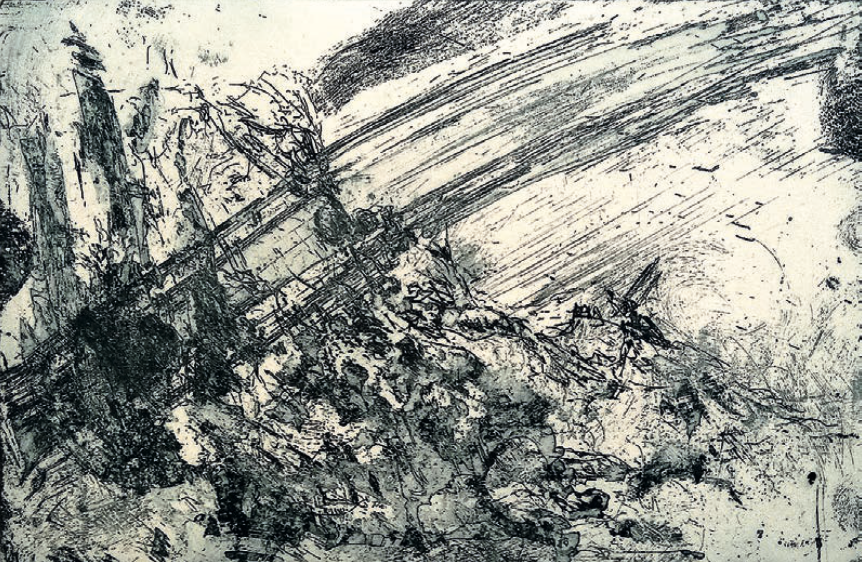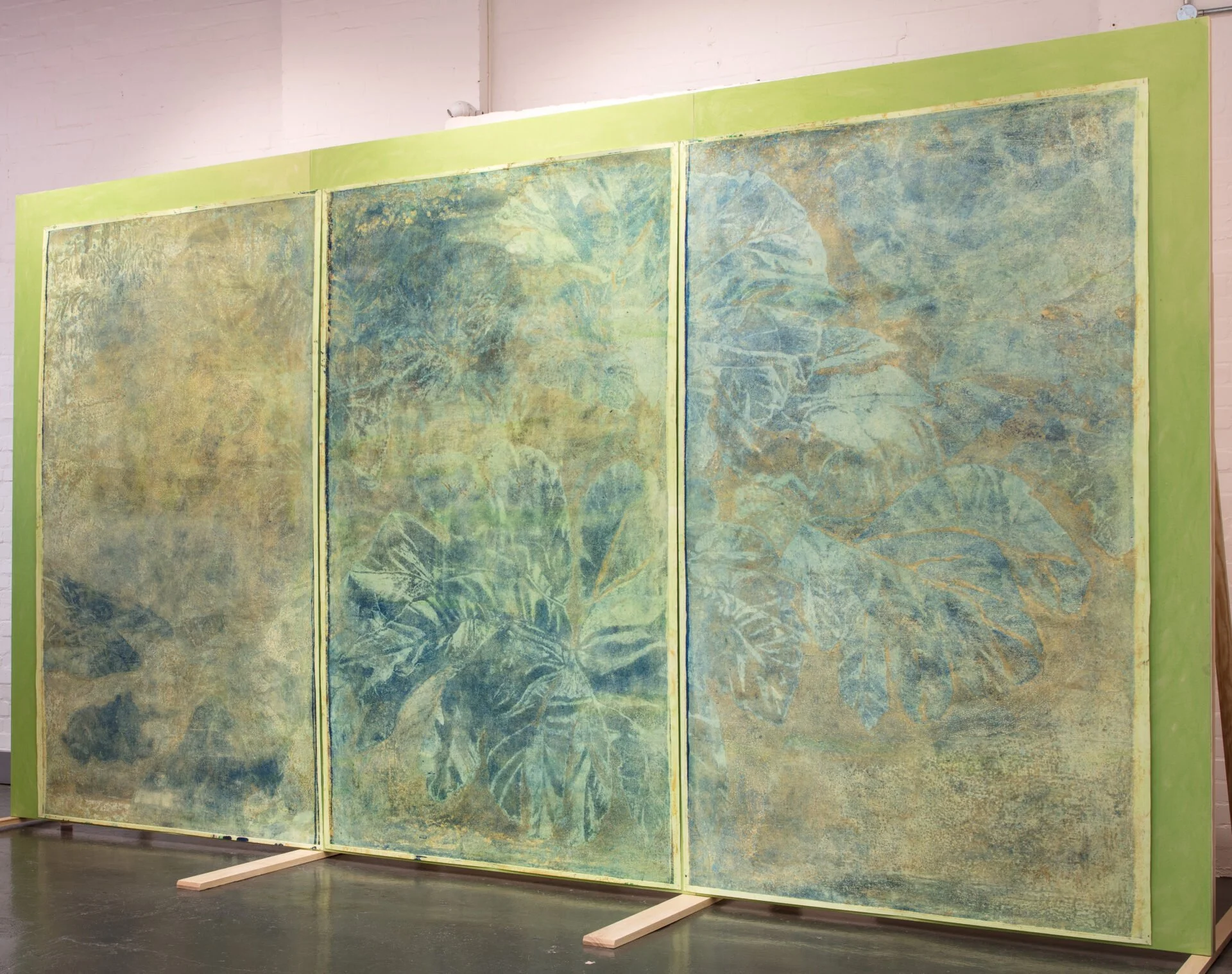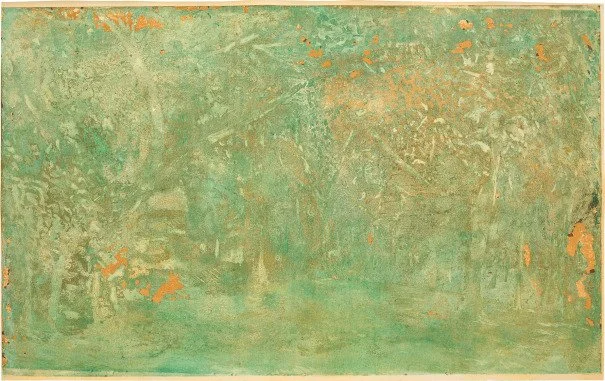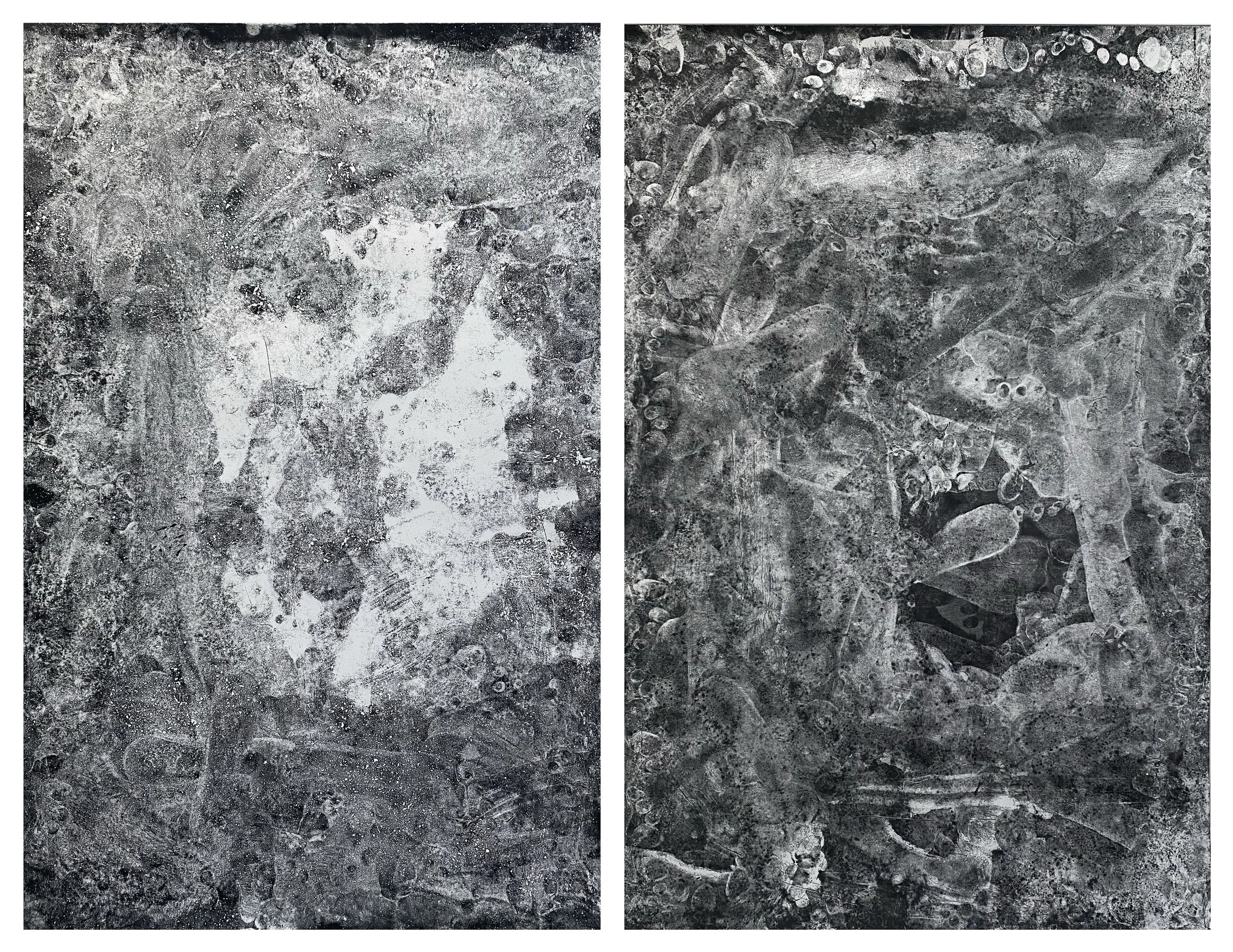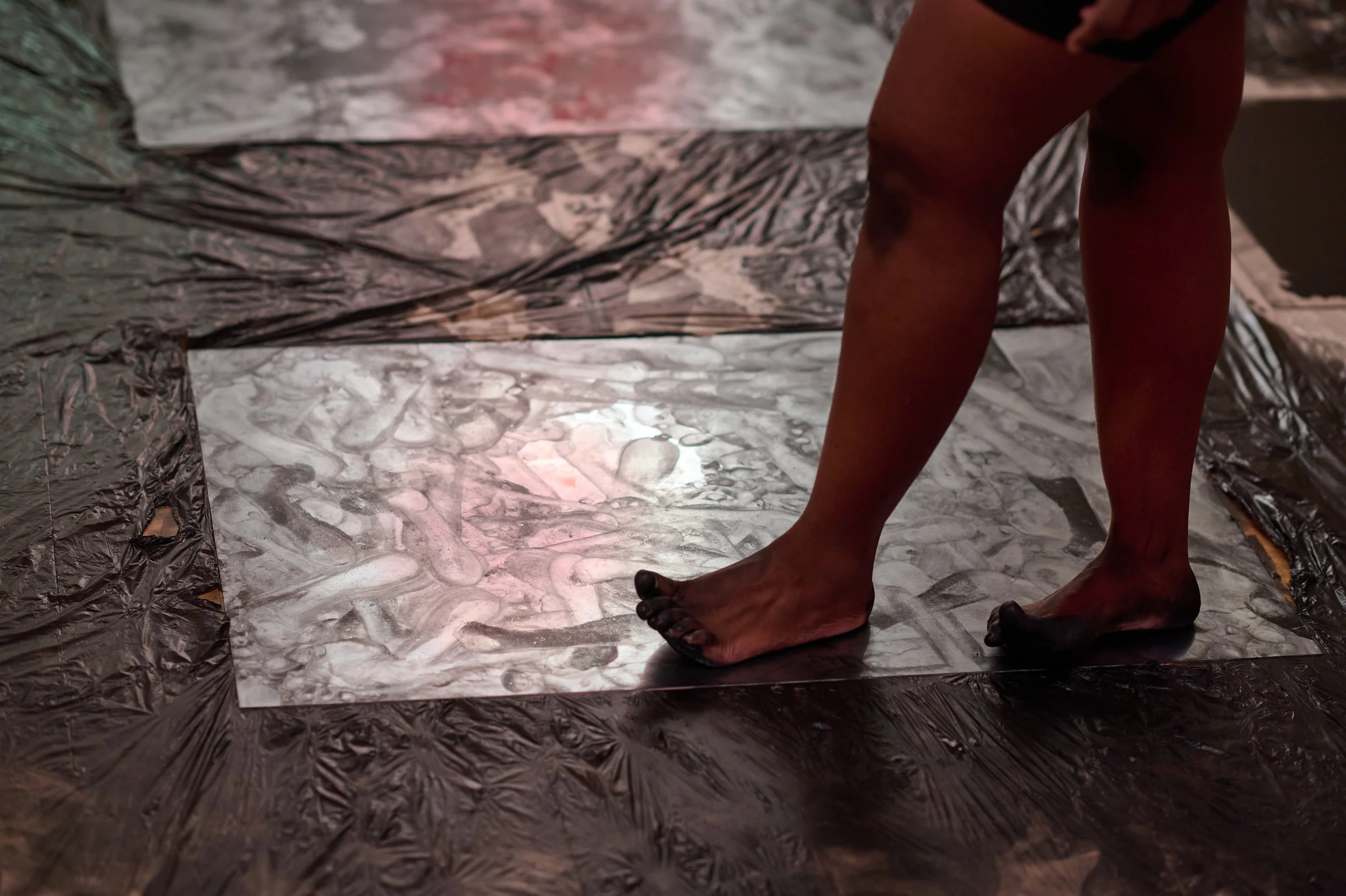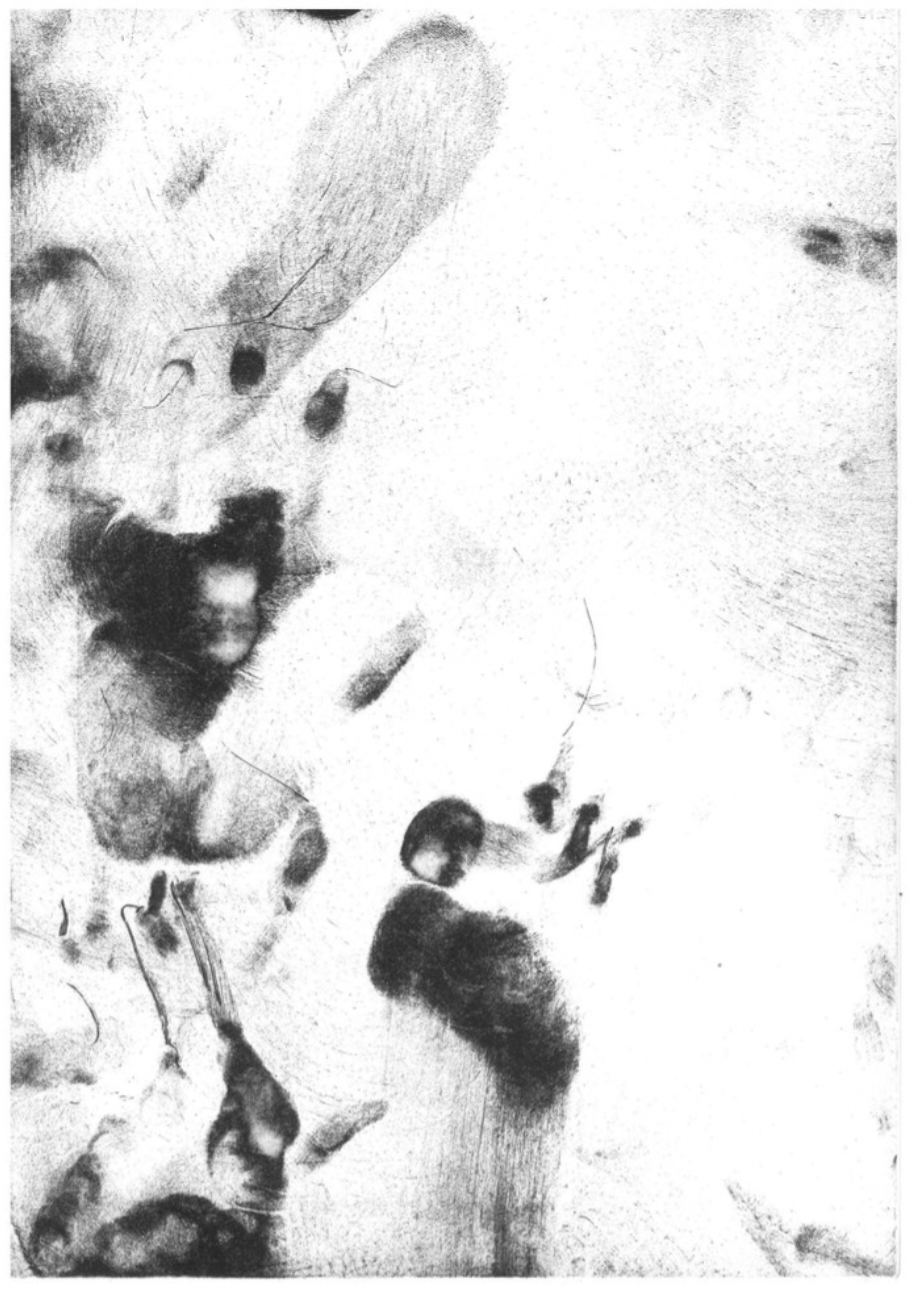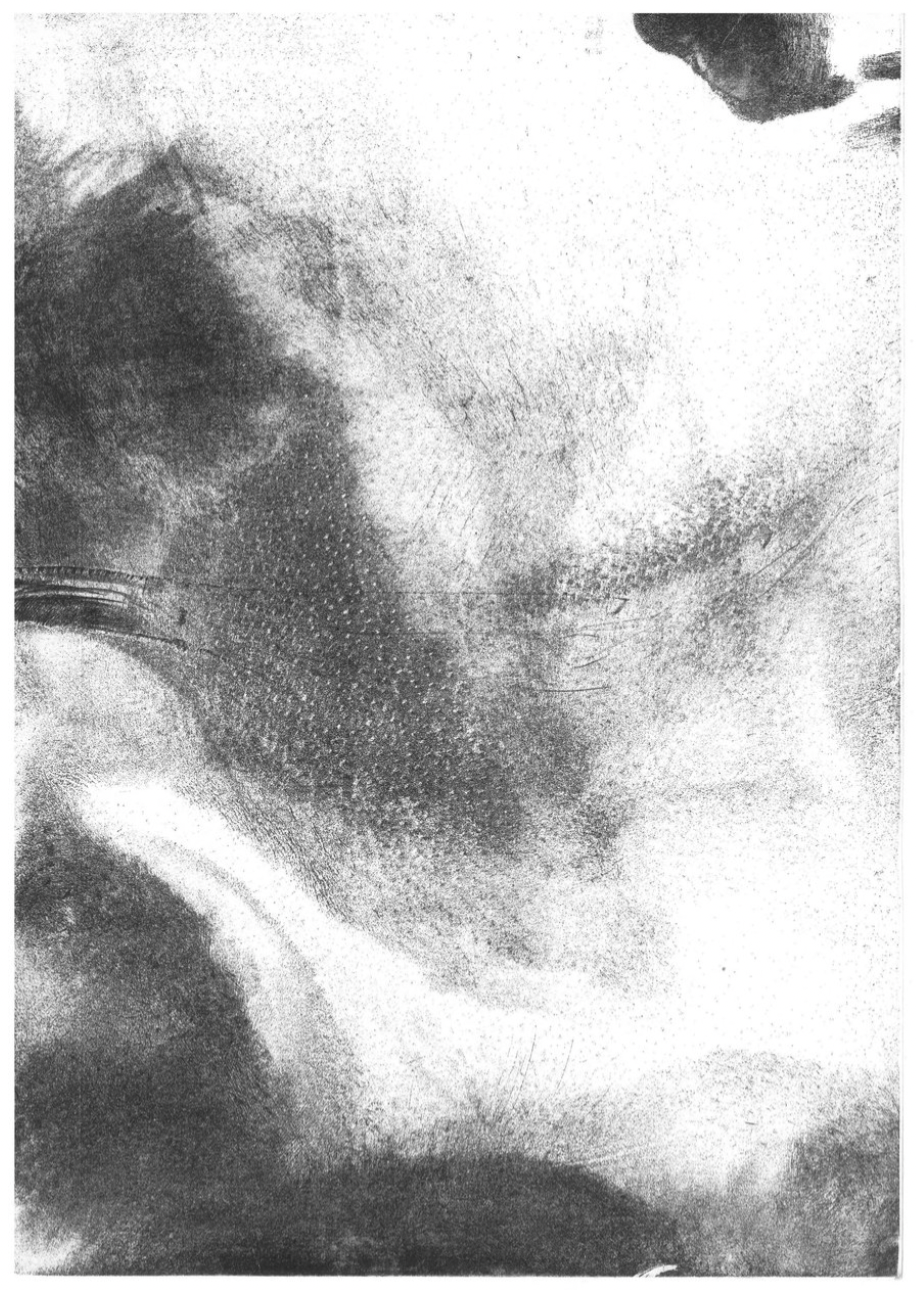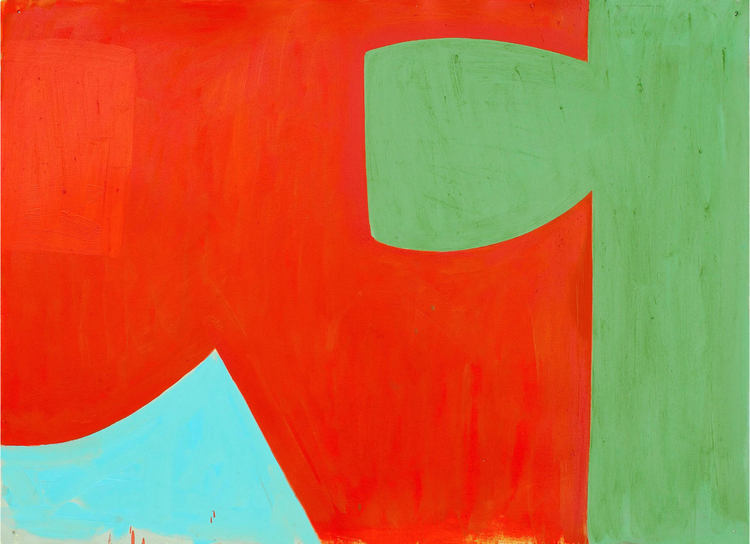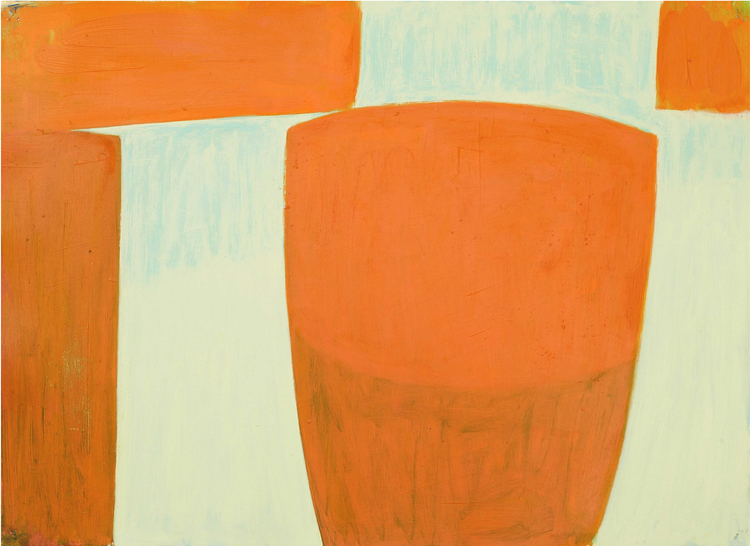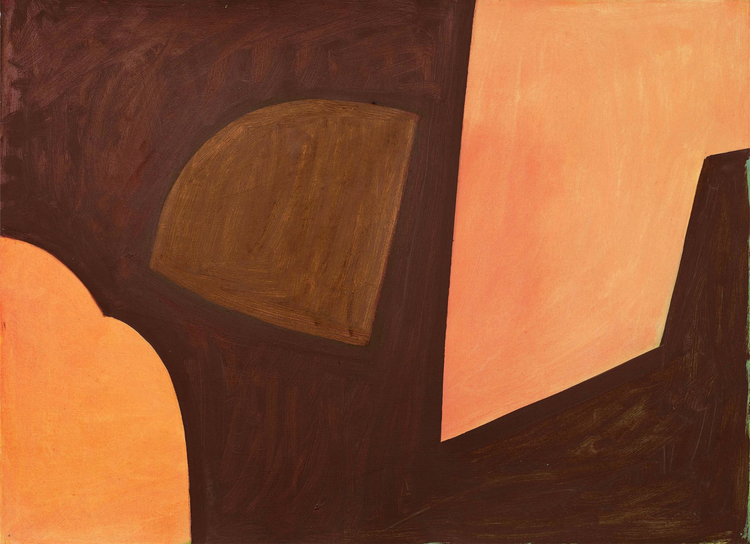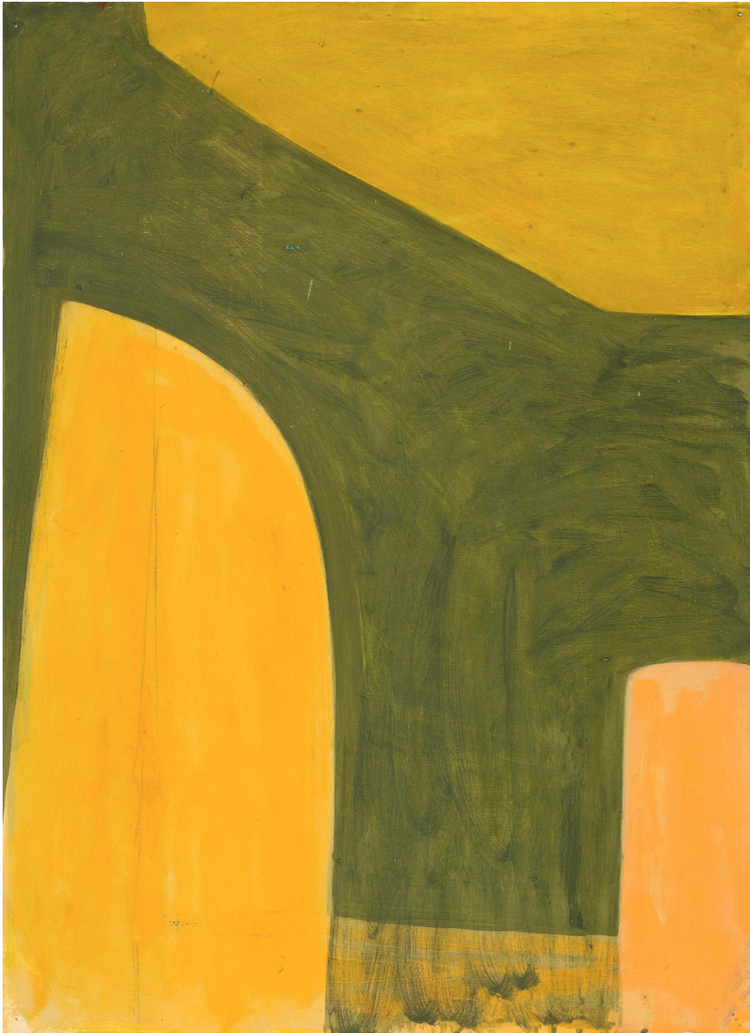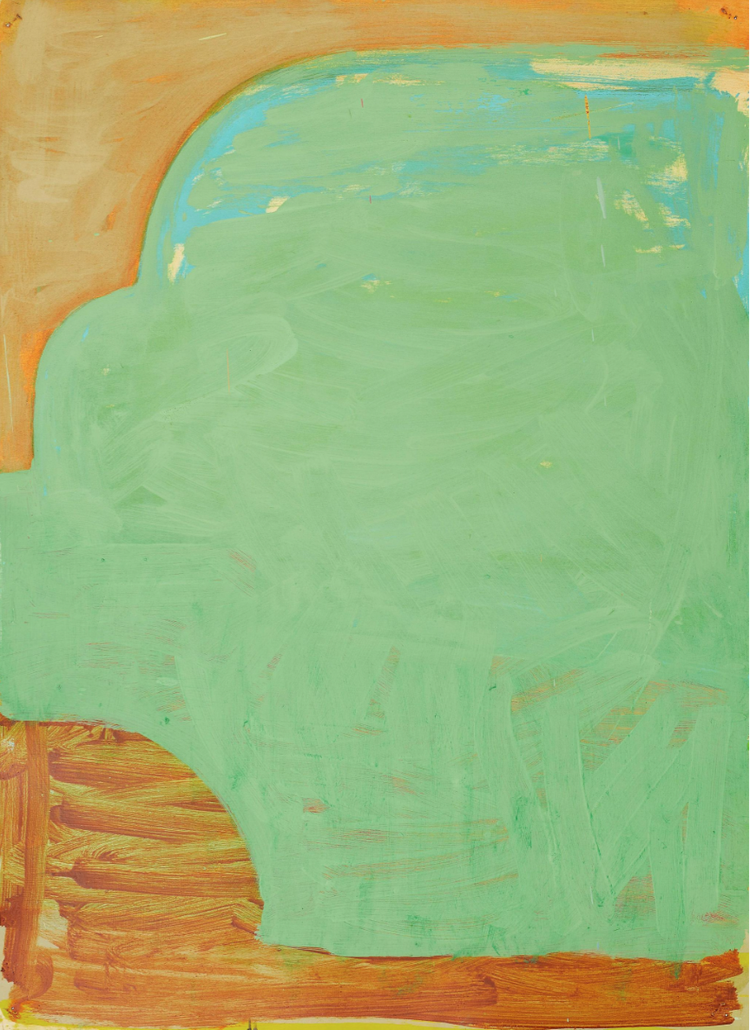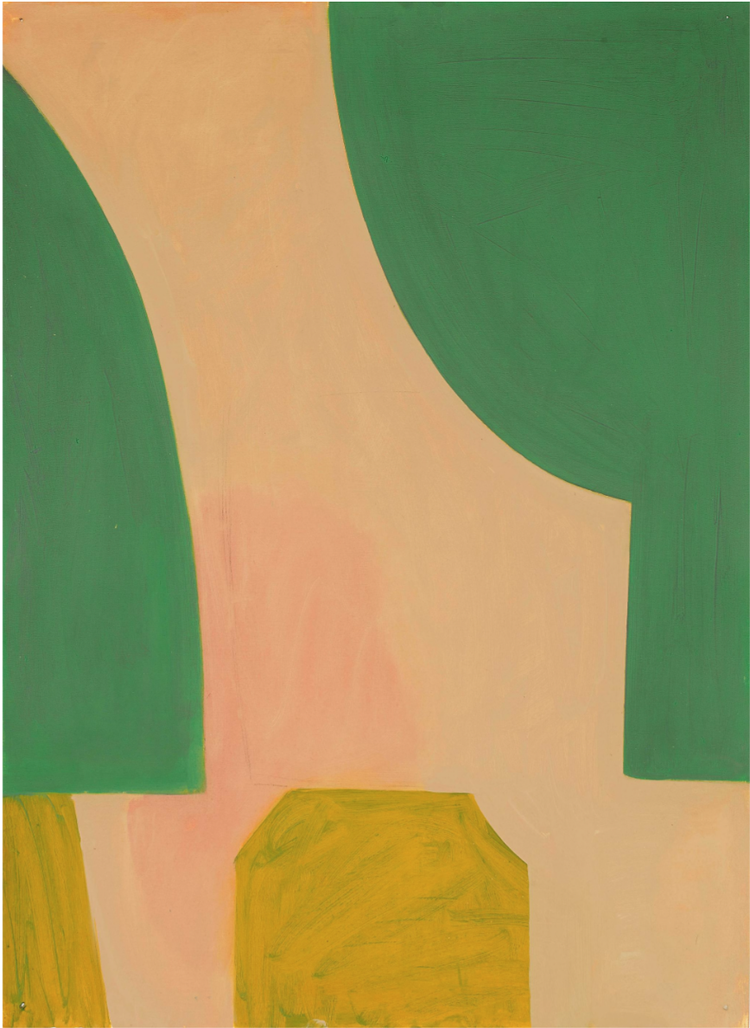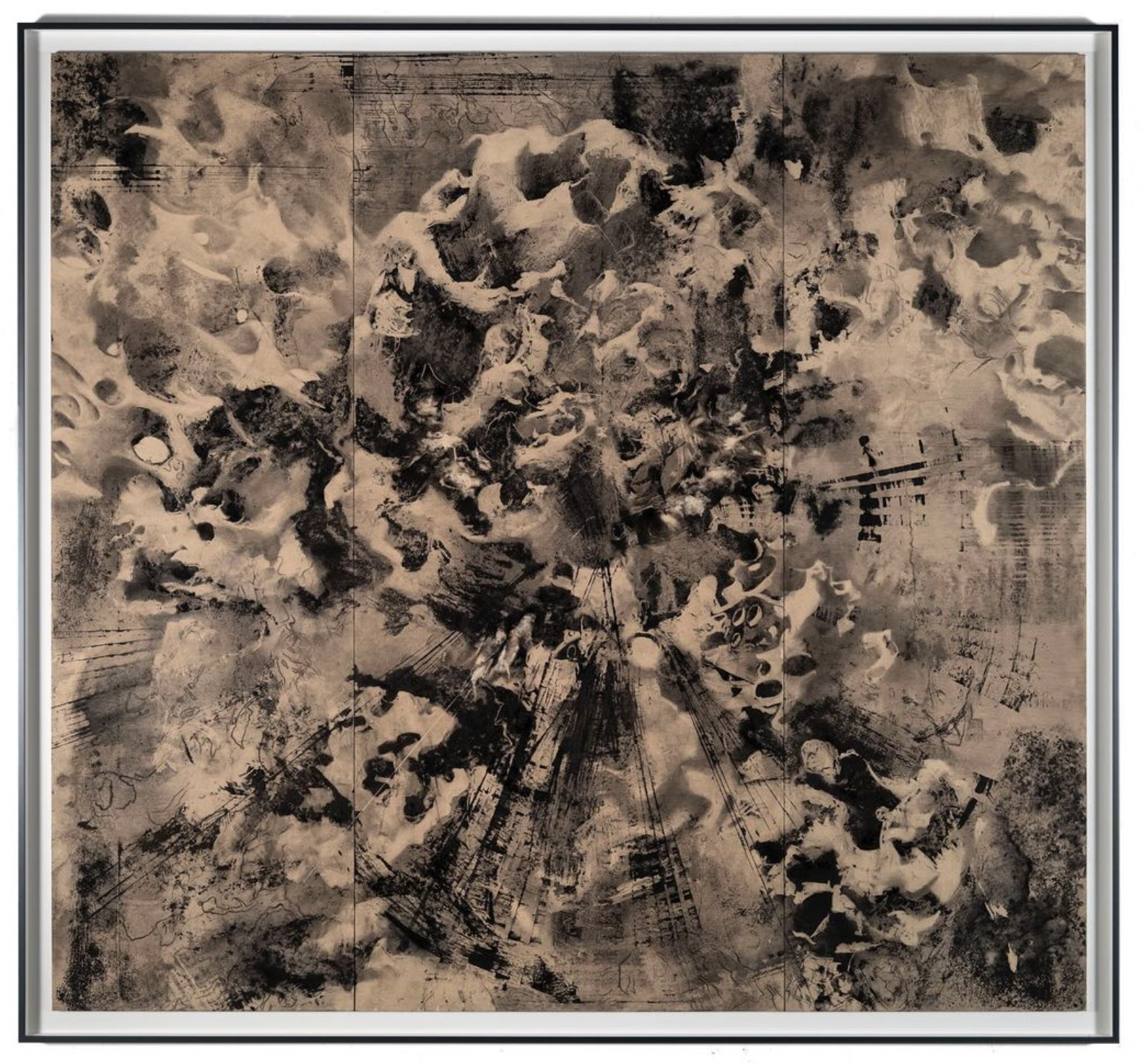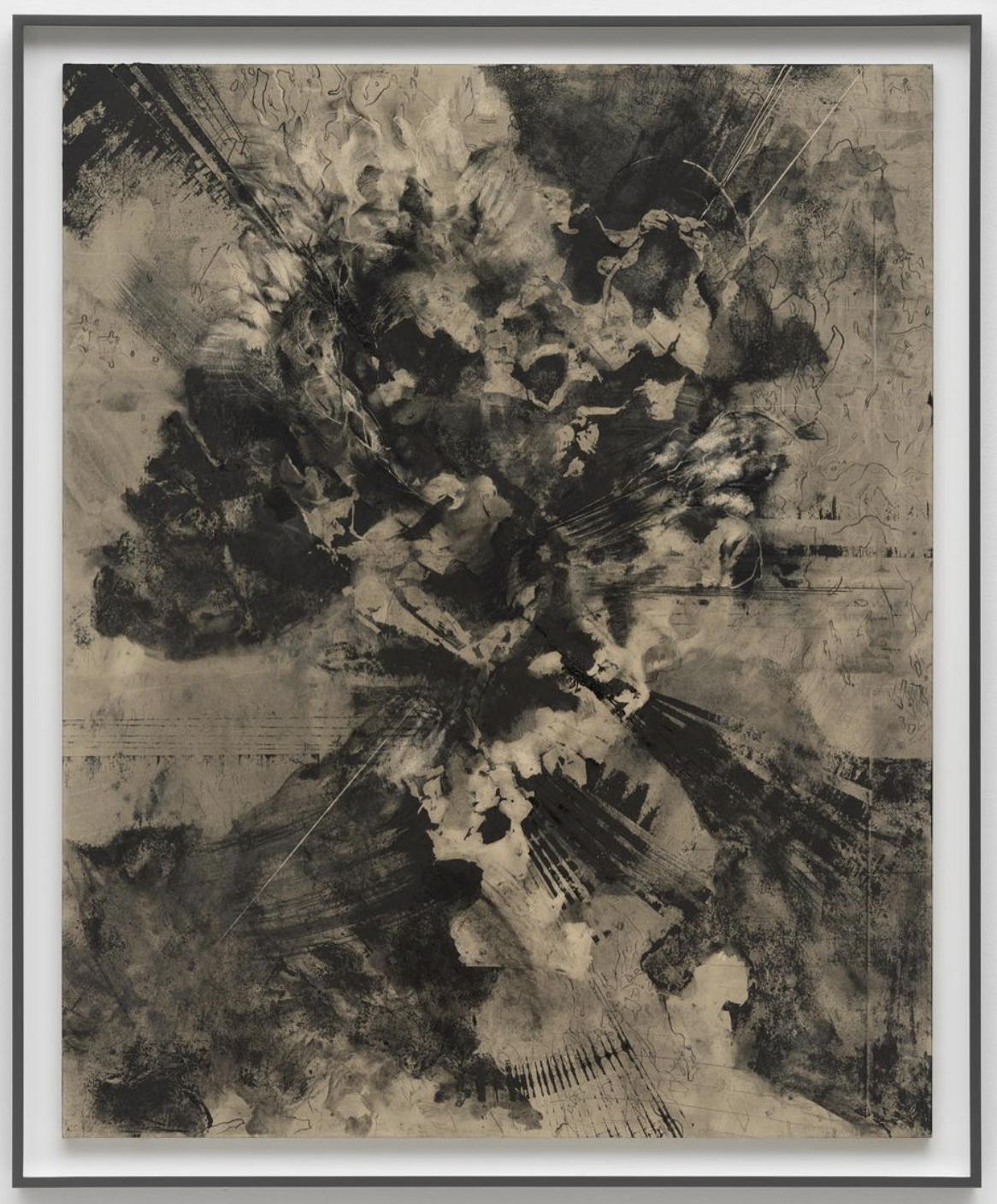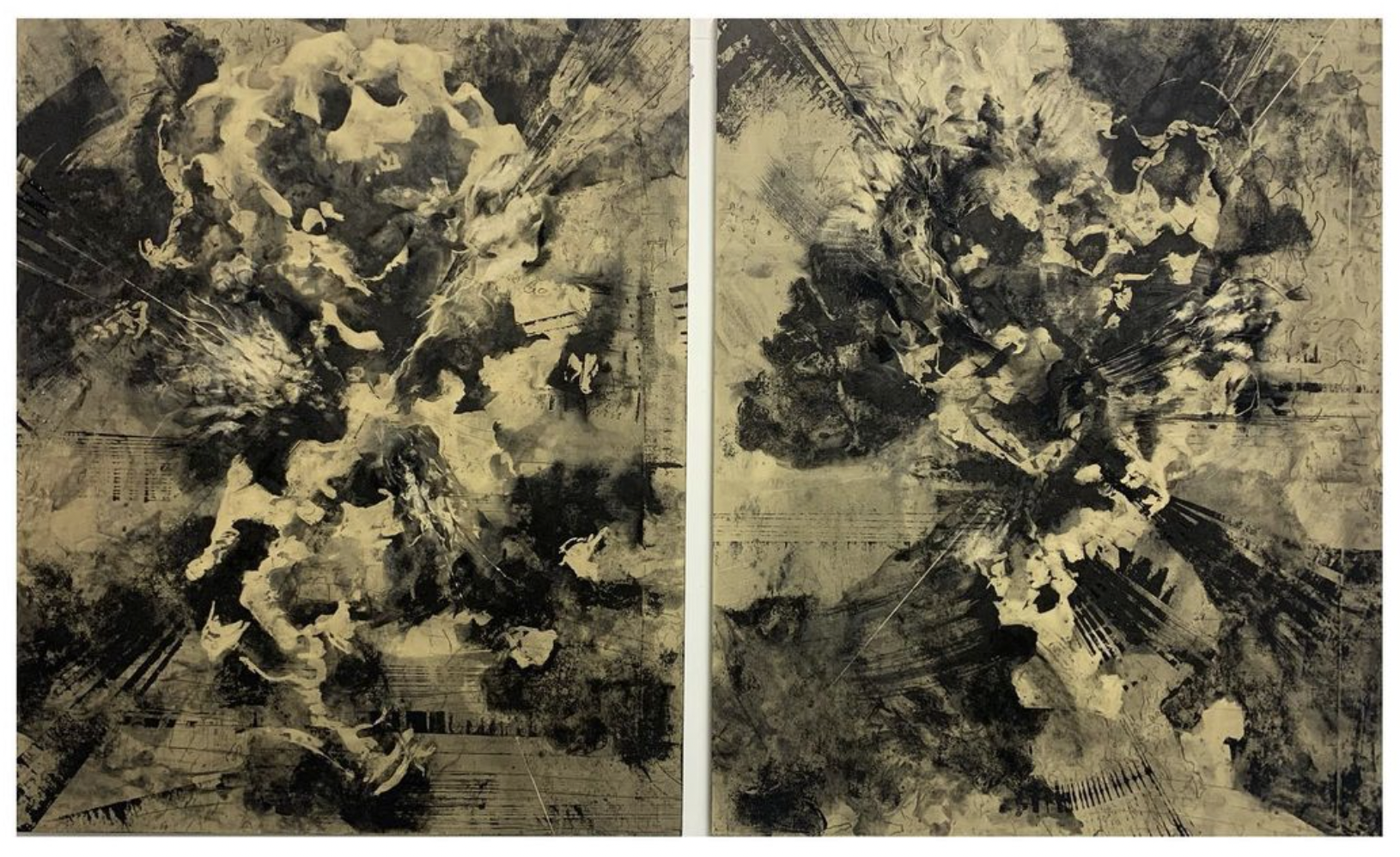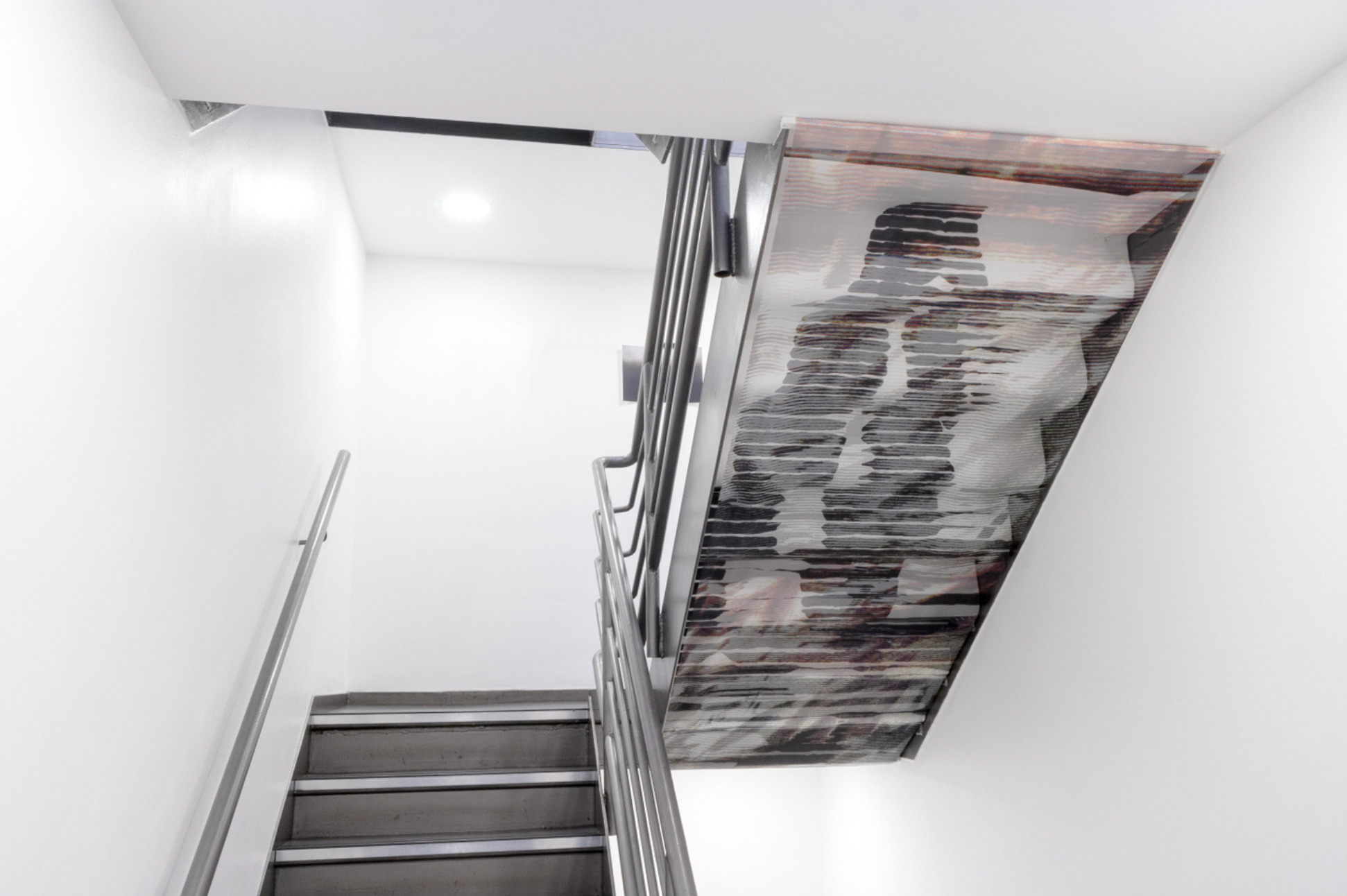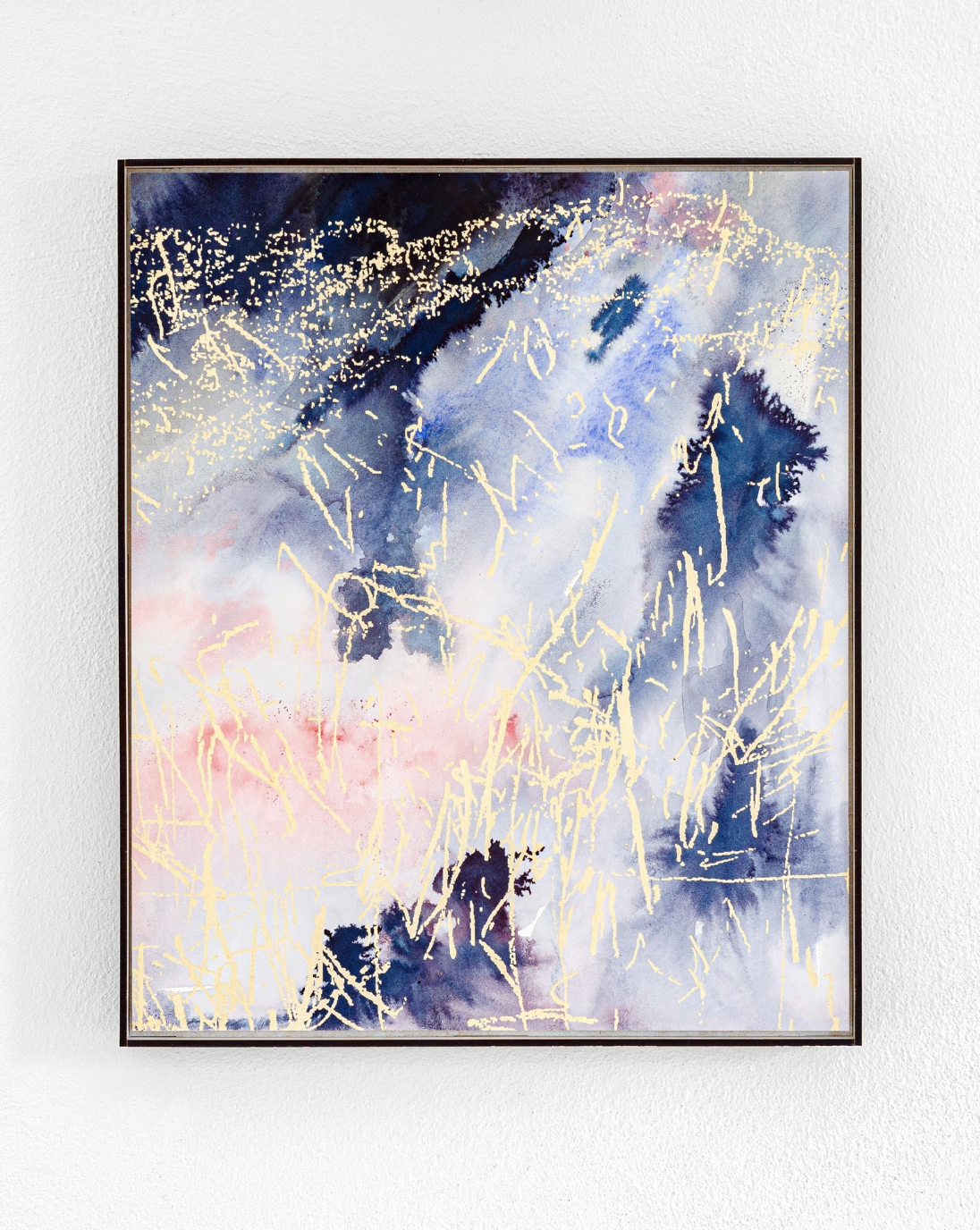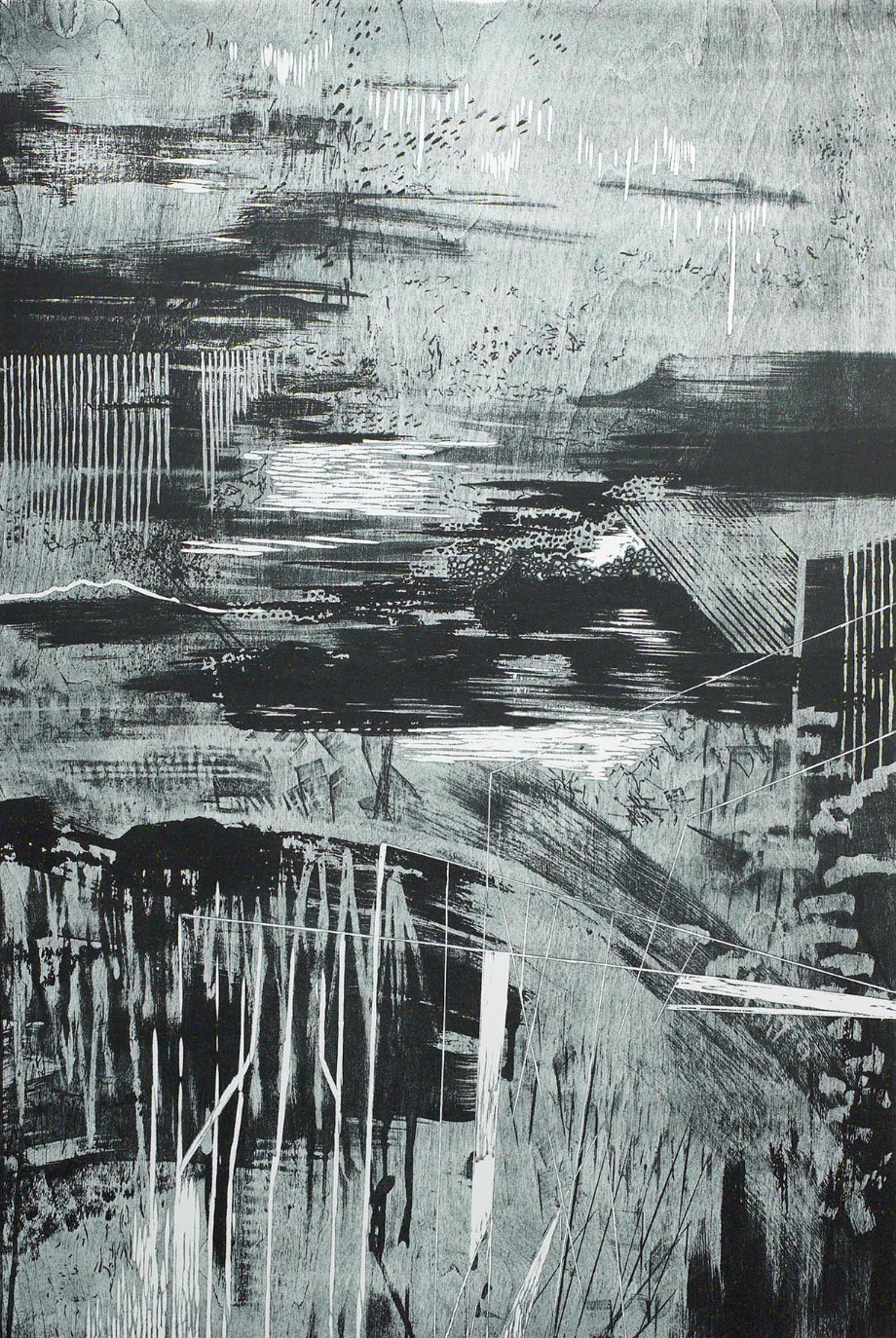
Brief:
Luxury Park Lane hotel project. Celebrating its striking Brutalist facade with form, raw materials and bringing the outside in.
Brief | To reflect the aesthetics and textures of artists such Antony Gormley and Henry Moore while introducing dynamic rising stars and creating a synergy for guests between the interiors and artworks.
Natural, earthy tones, stone, rust, bouclé, raw linens, architecture.
Anthony Gormley
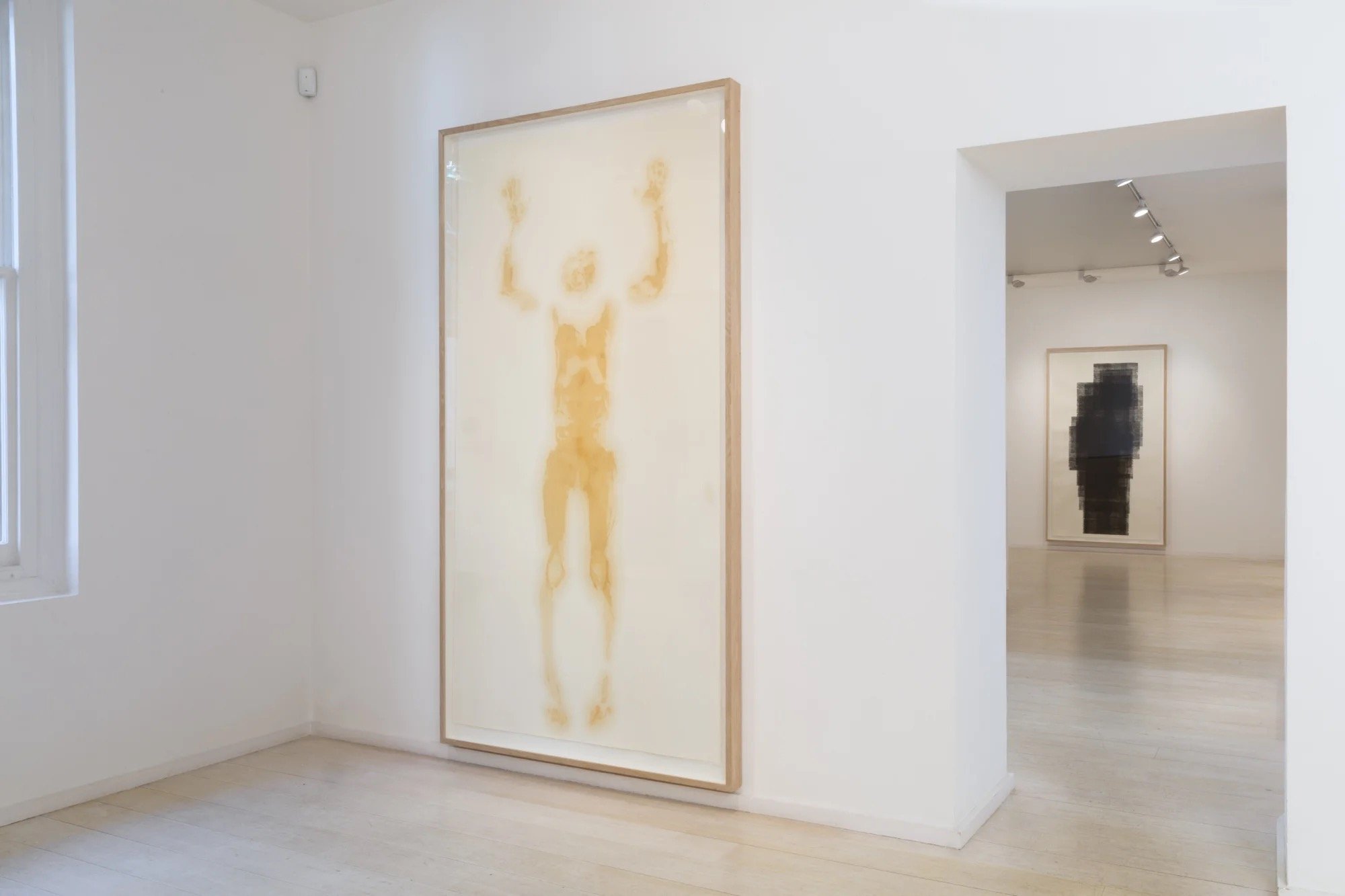
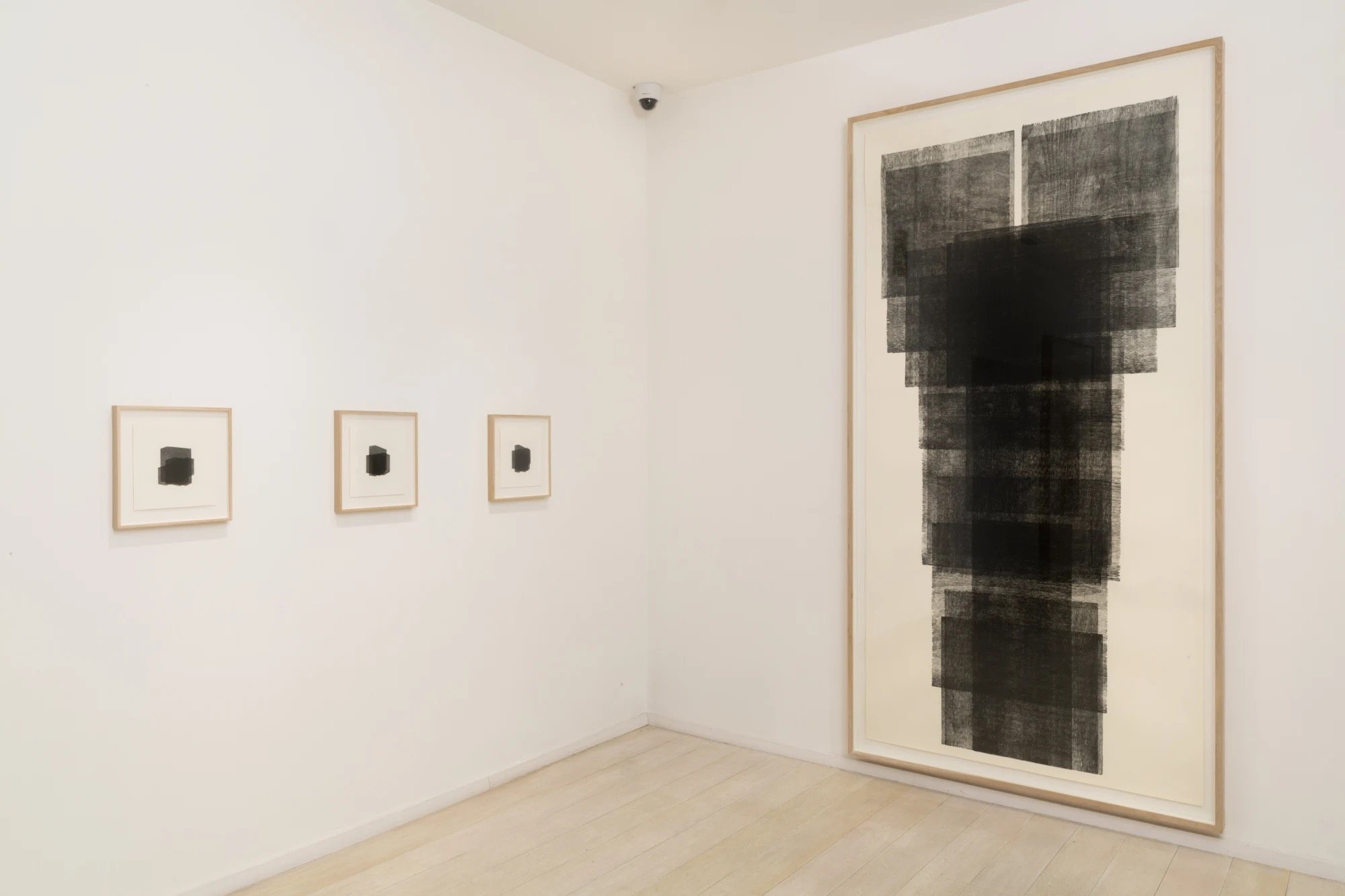
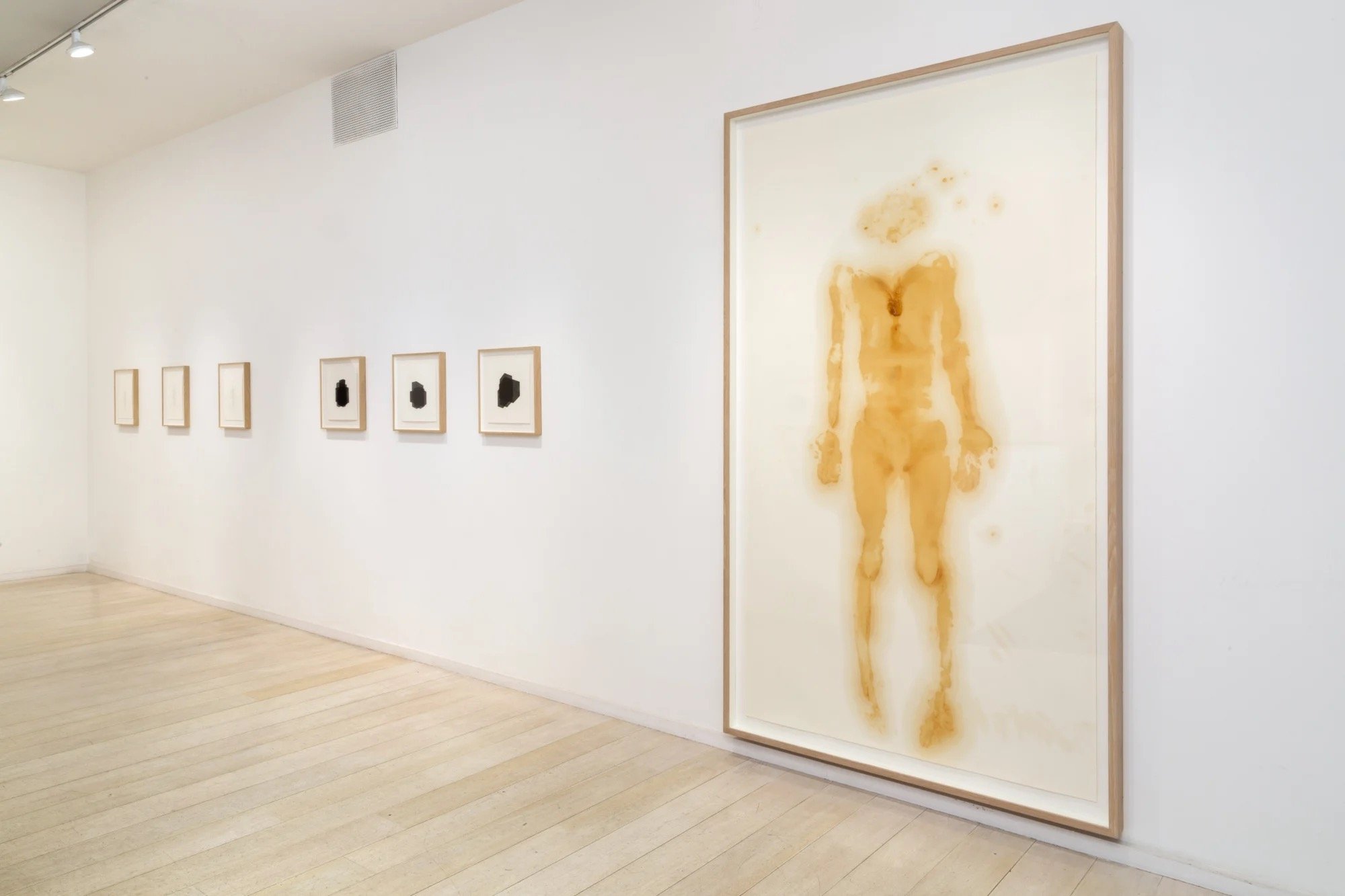
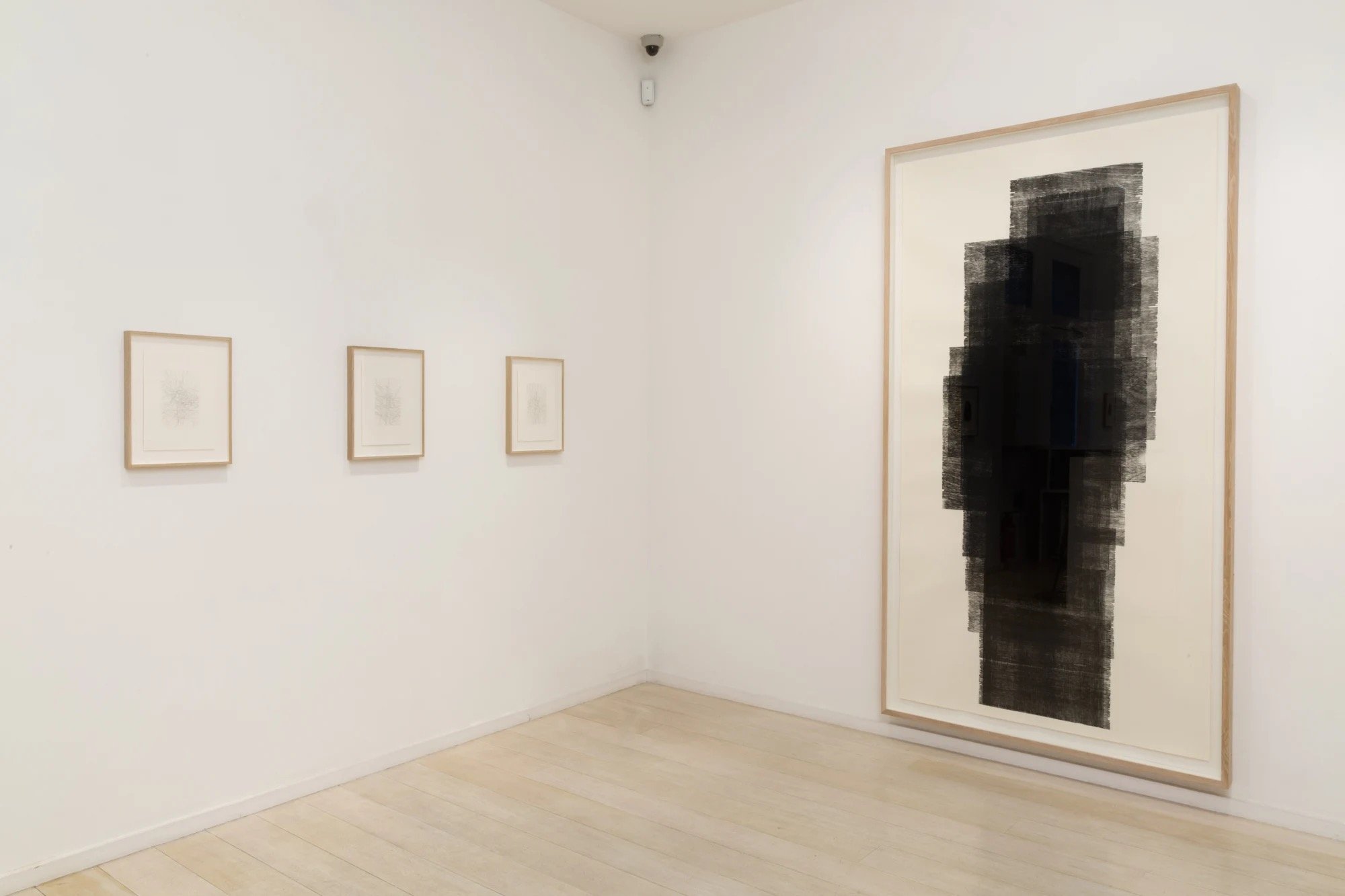
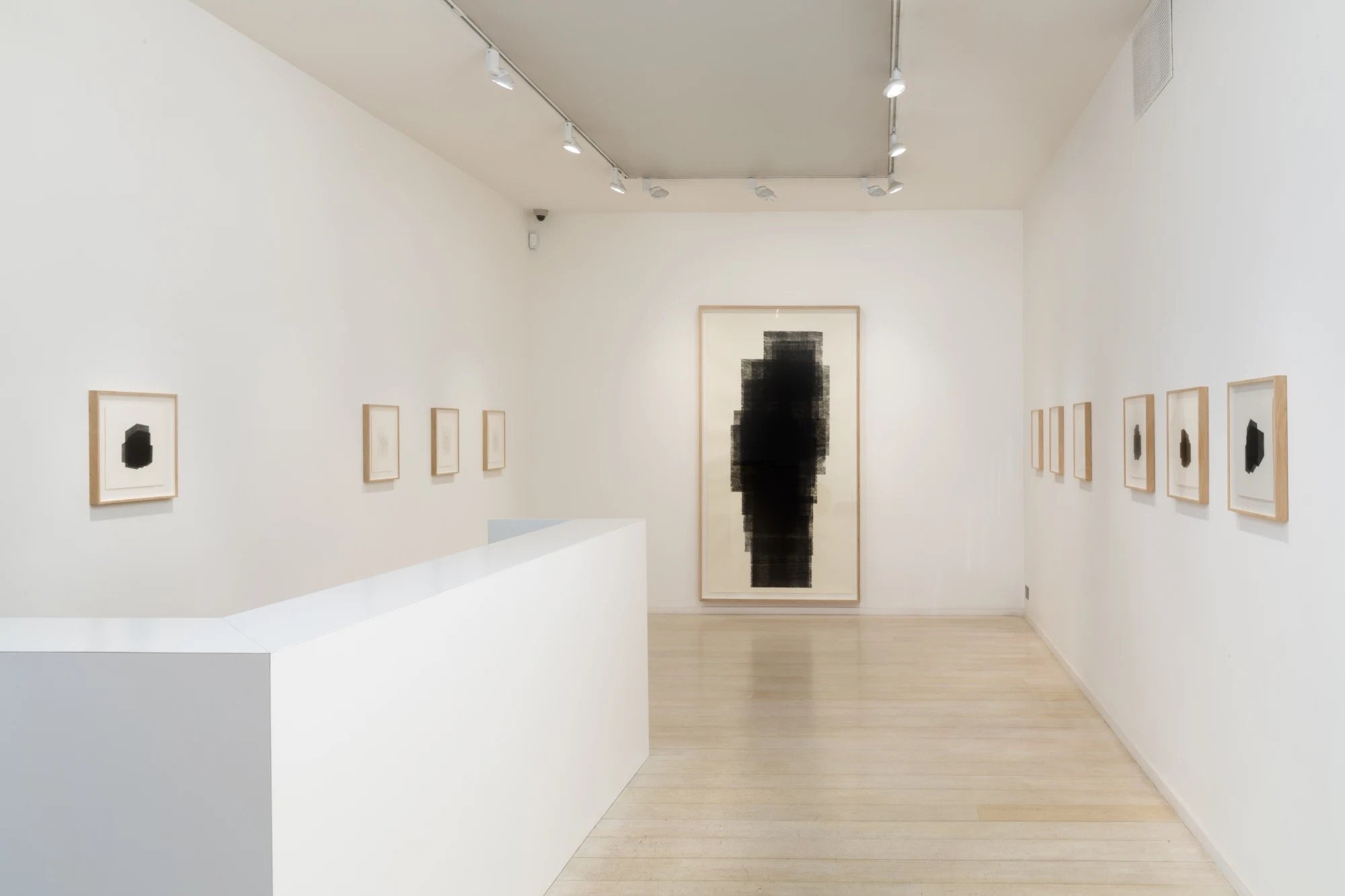
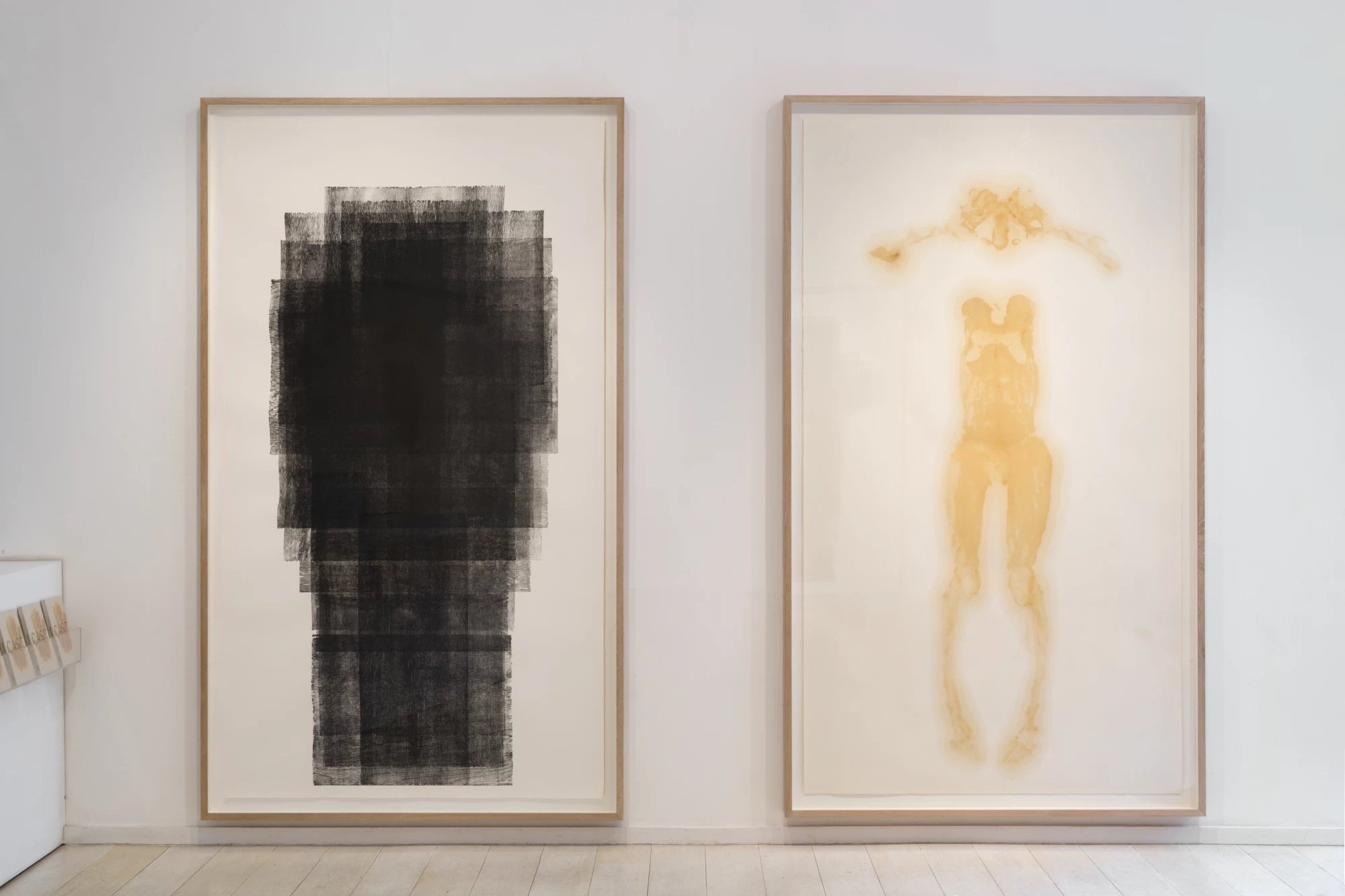
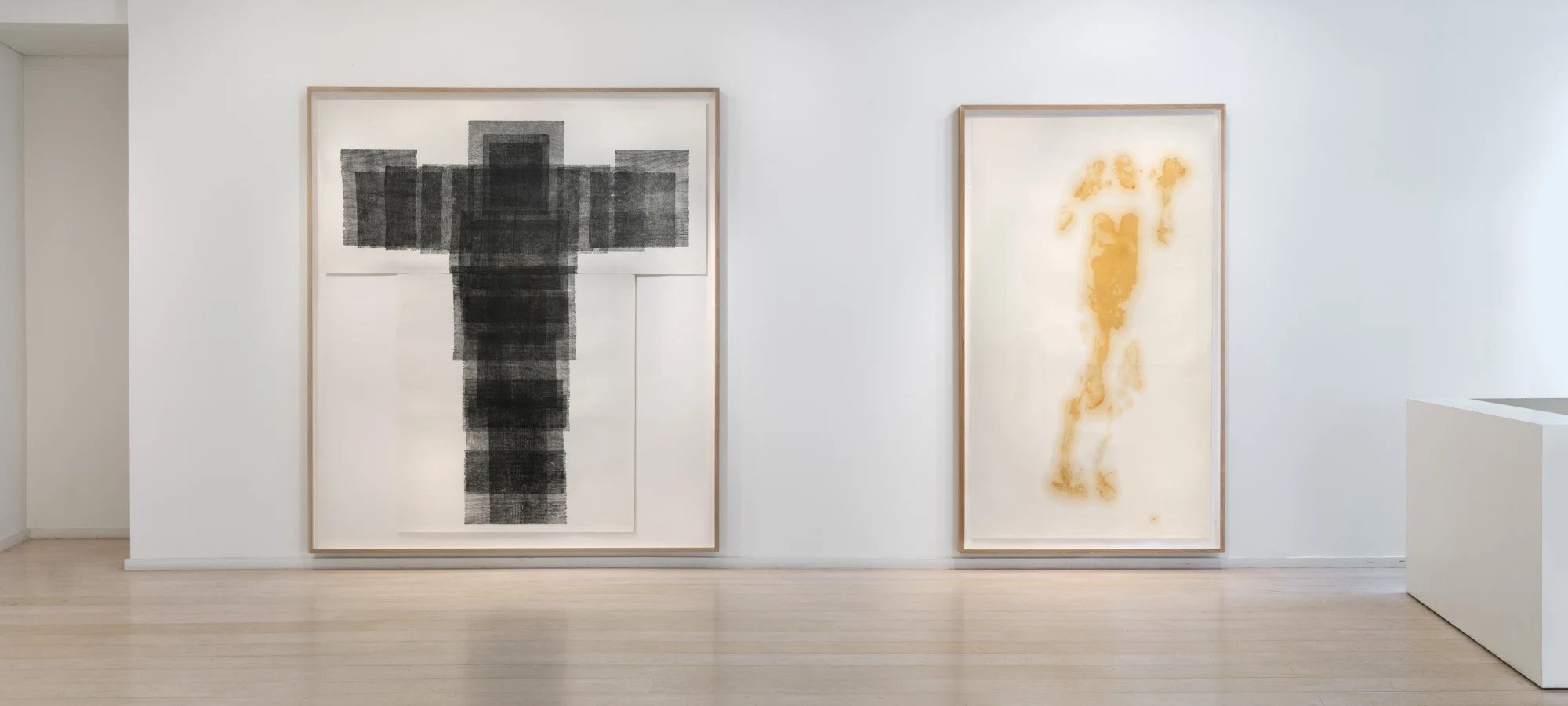
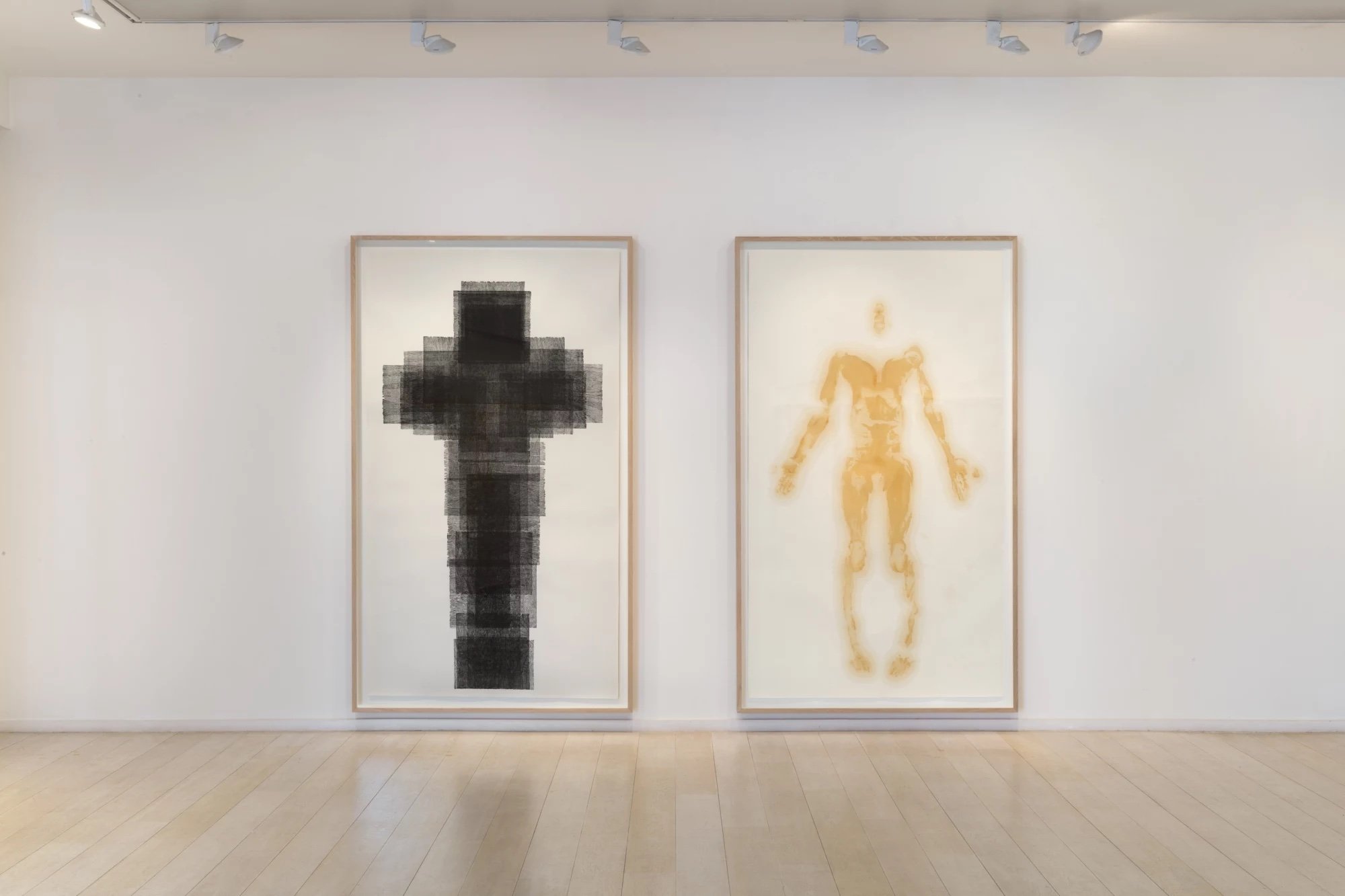
James Rogers
James’ sculptural pieces are made through the combination of a digital 3D printed coiling process and the age-old lost wax casting process. The sculptures can be cast in a variety of materials with a variety of finishes such as aluminium then bronze, with verdi-gris, ferrous, polished, and pink patinas. Through the use of bronze, the sculptures arc back to the history of the figurative sculptures, and its placement within the creation of weaponry and tools. Aluminium can position the work between both the organic and the inorganic, with some parts of it taking on the form of sedimentary coral like forms, while other parts of the sculpture still carry their shiny metallic qualities

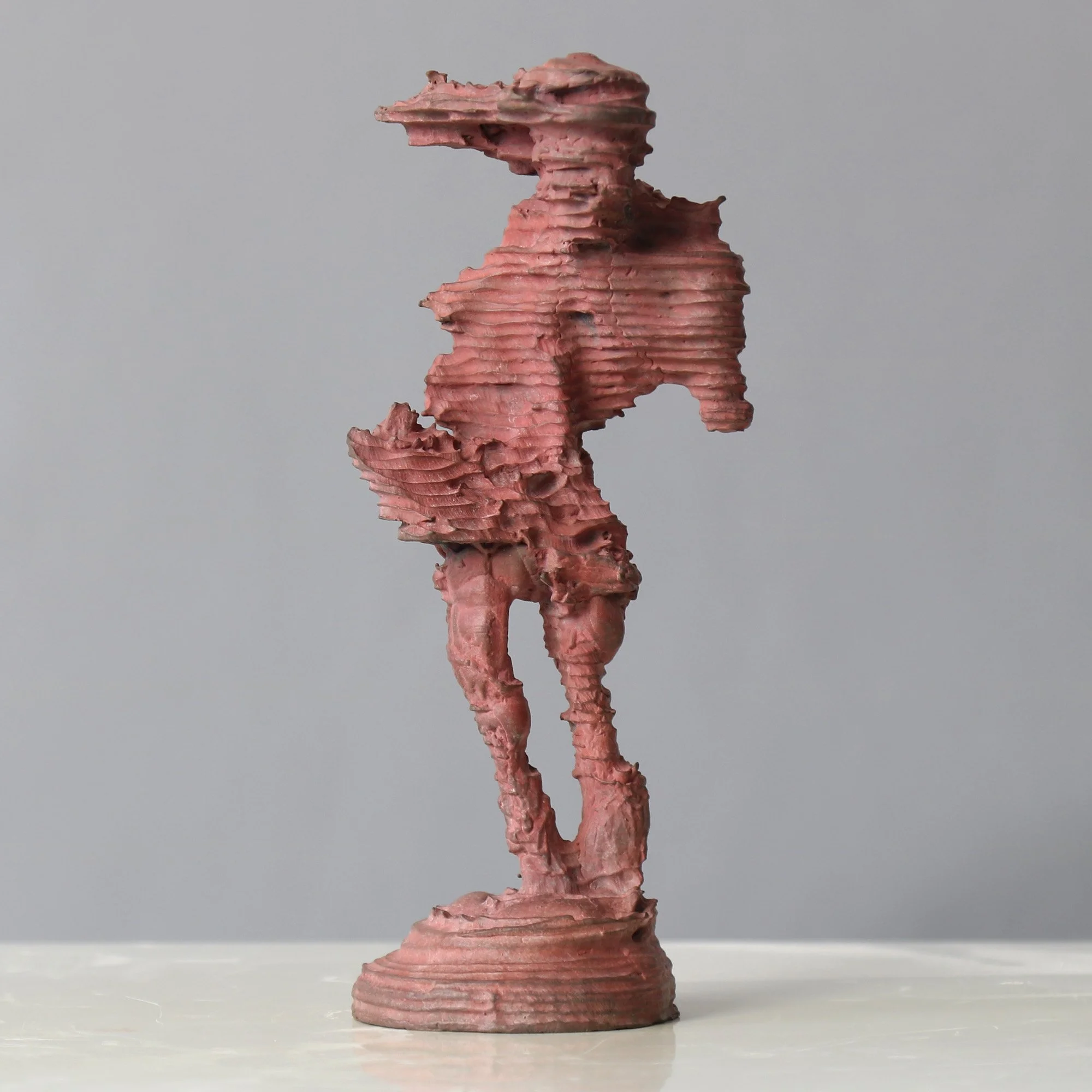
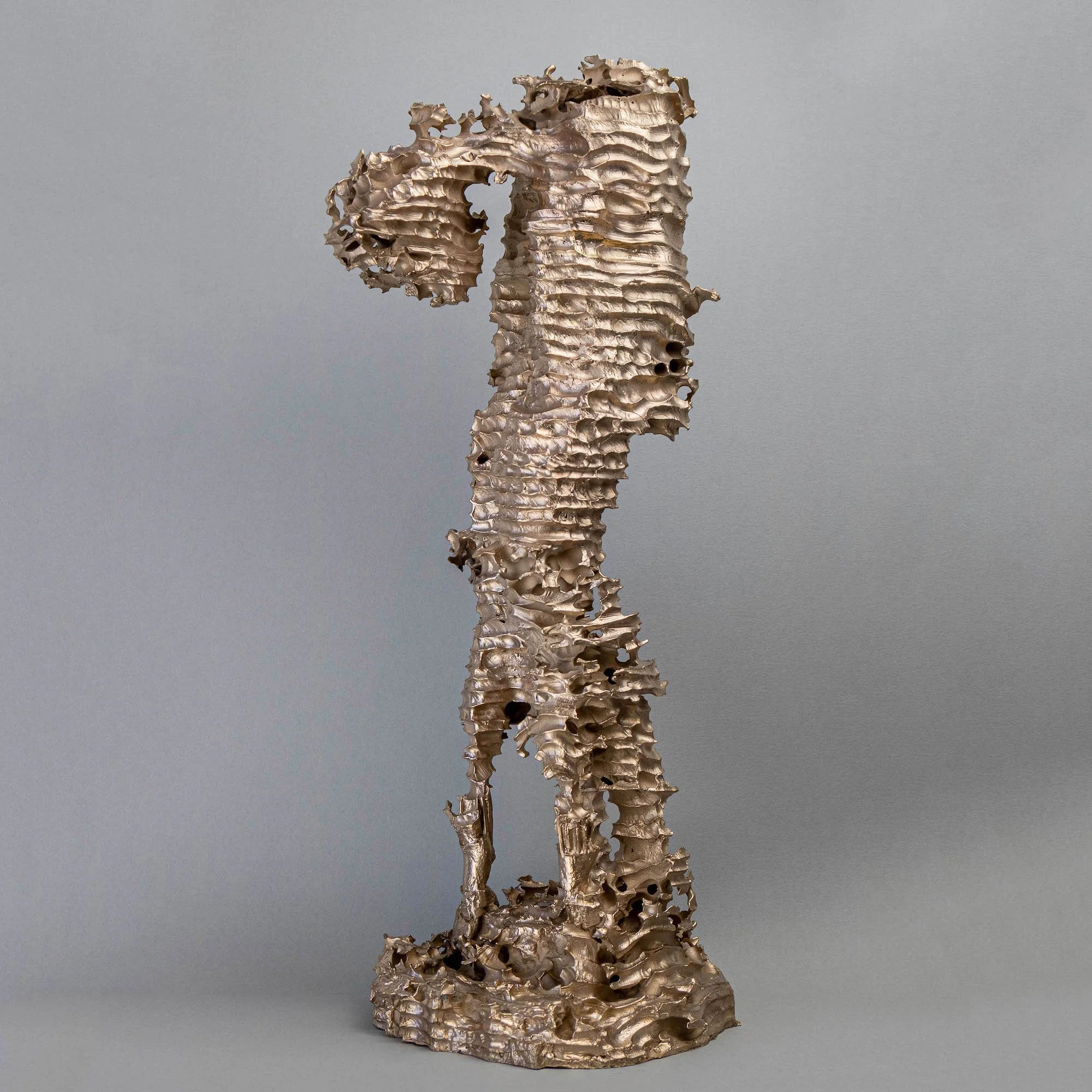
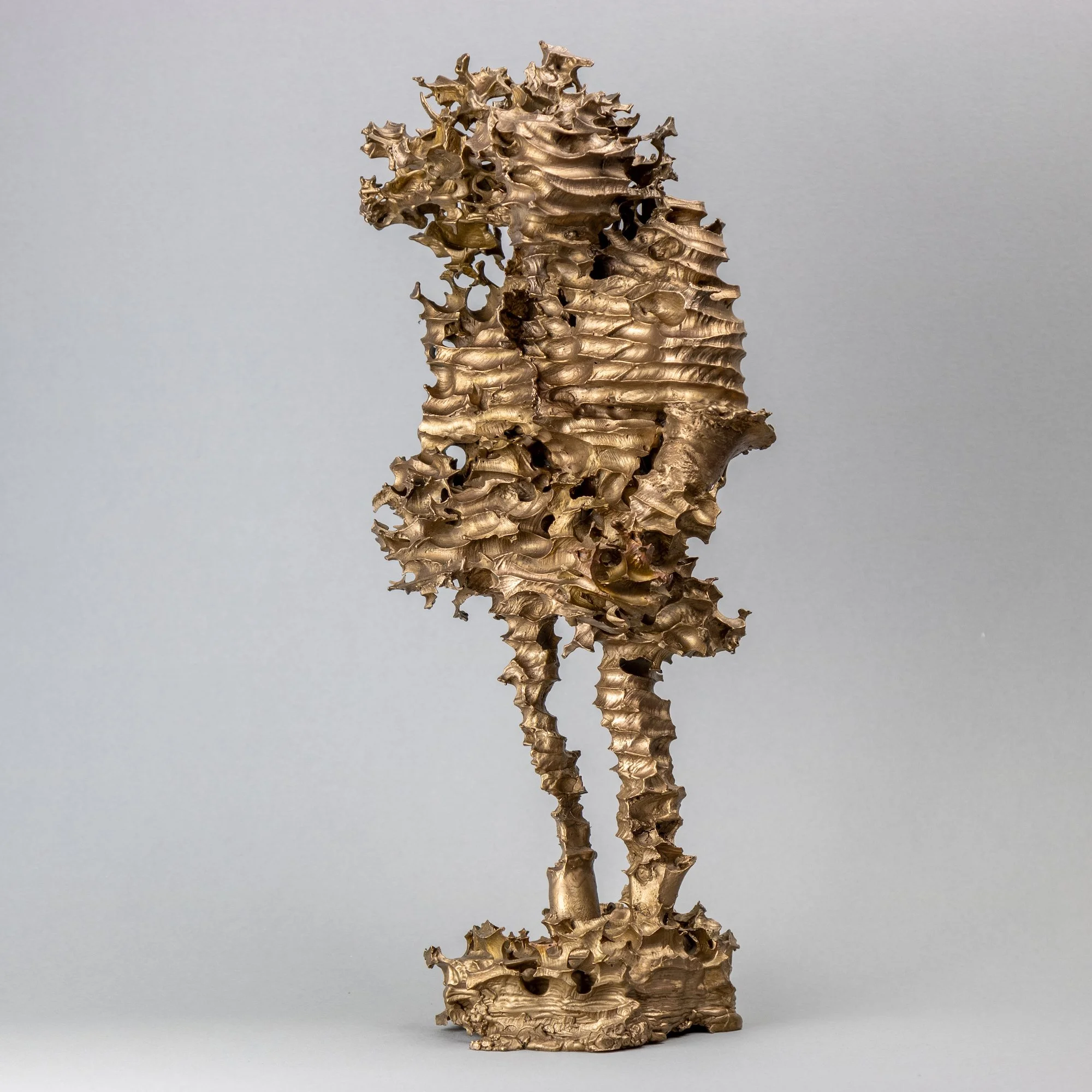
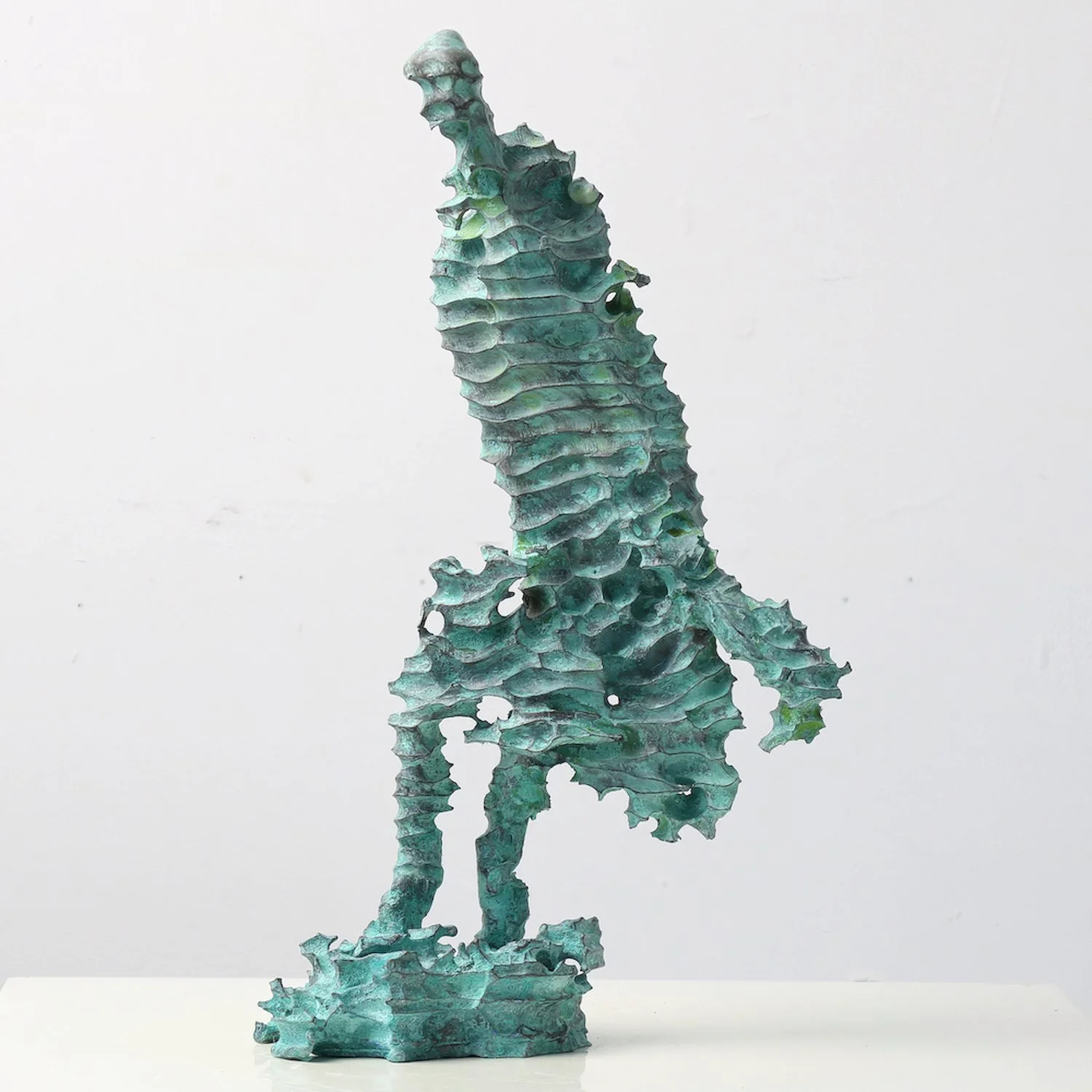
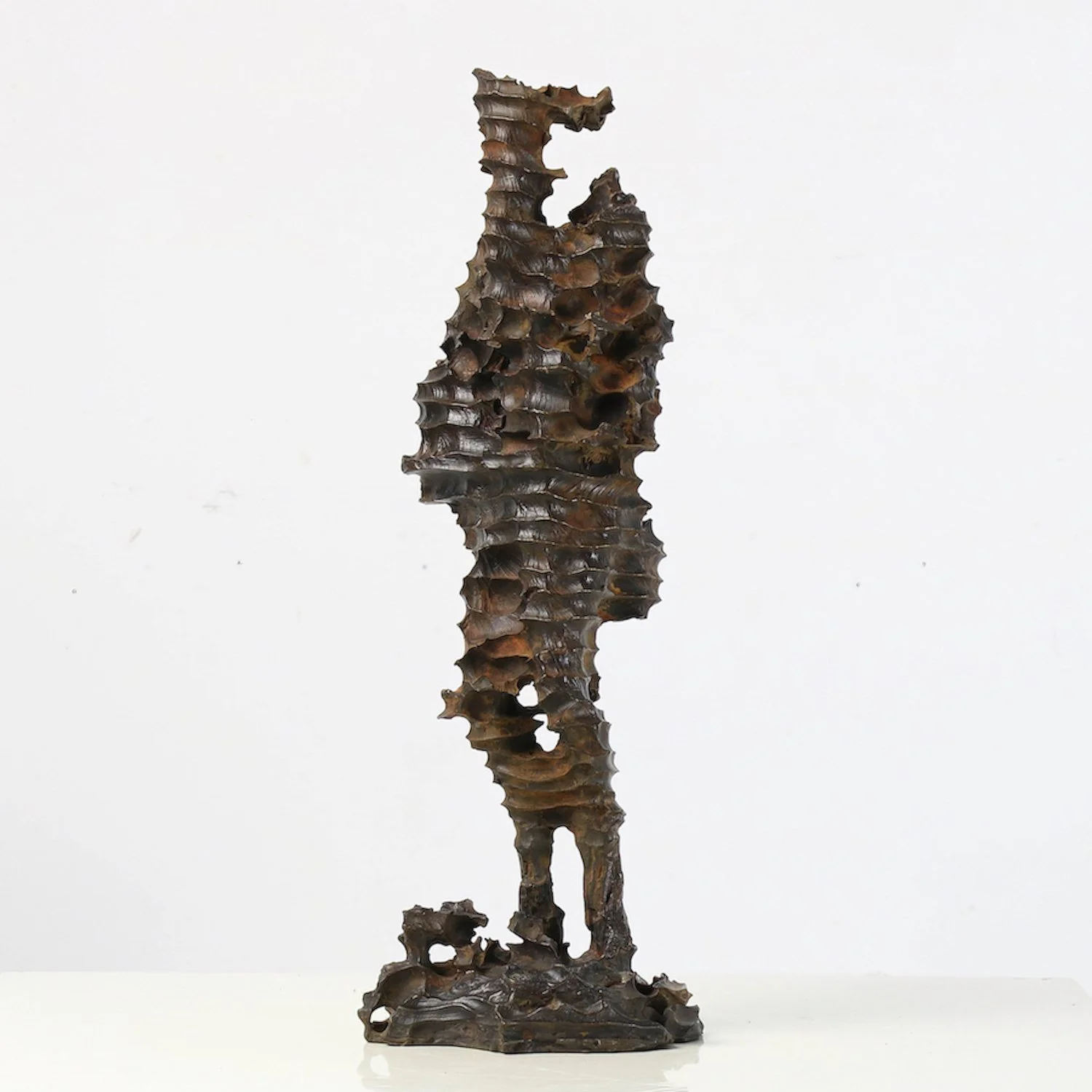
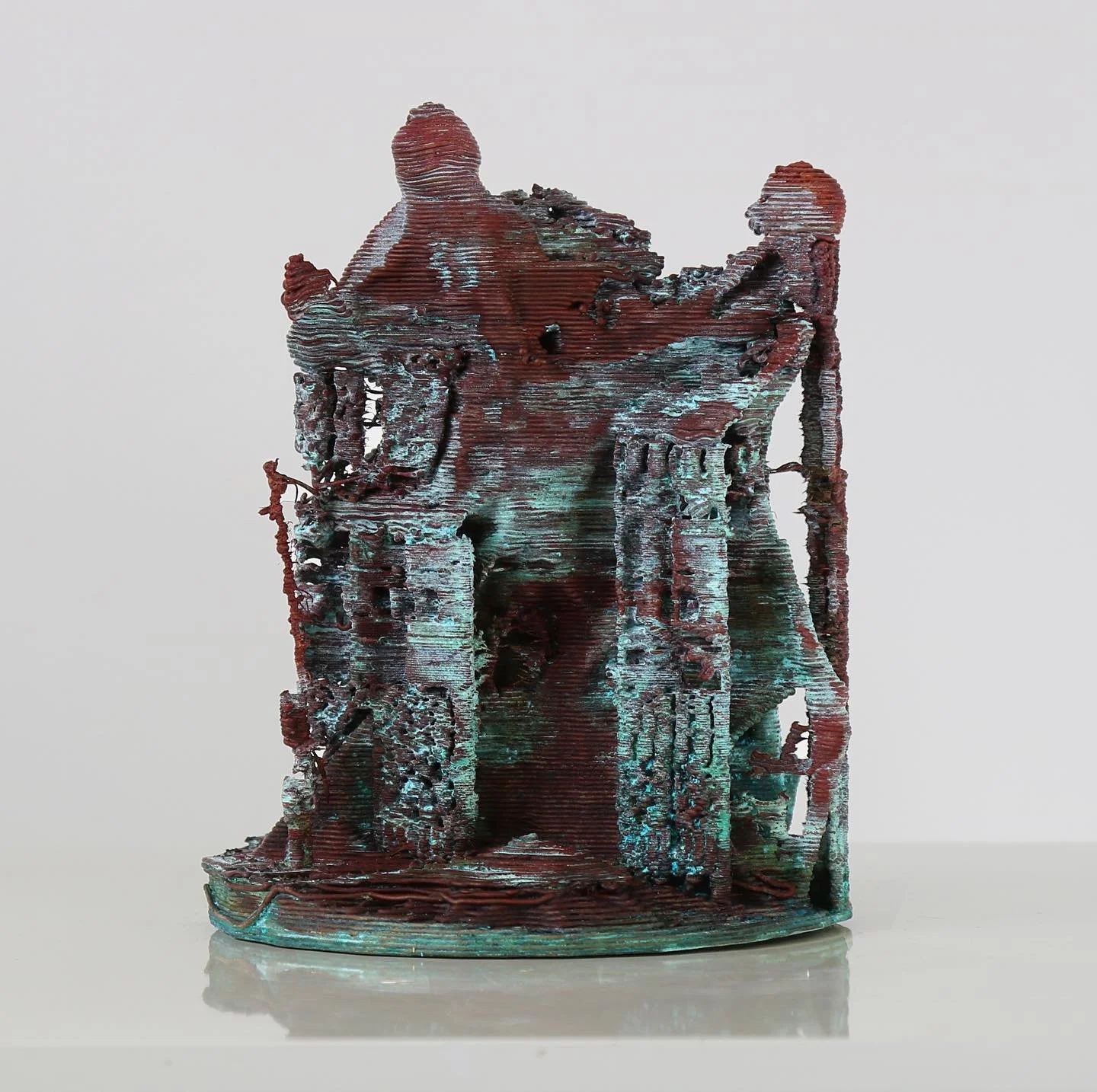

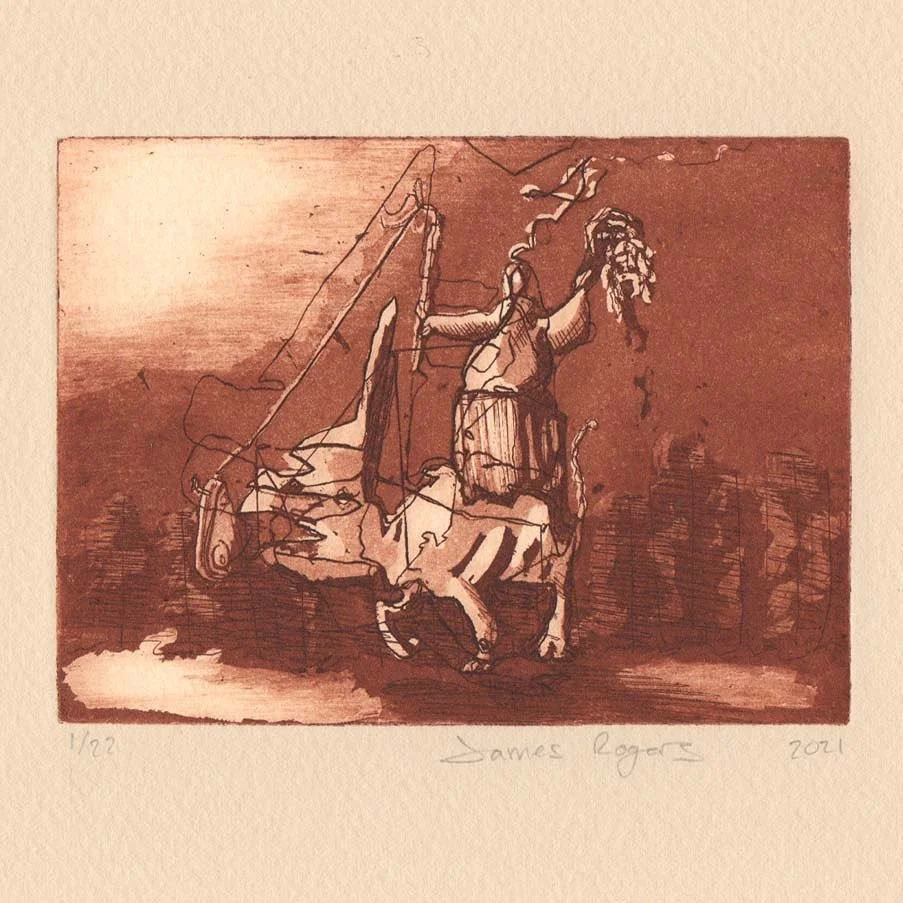
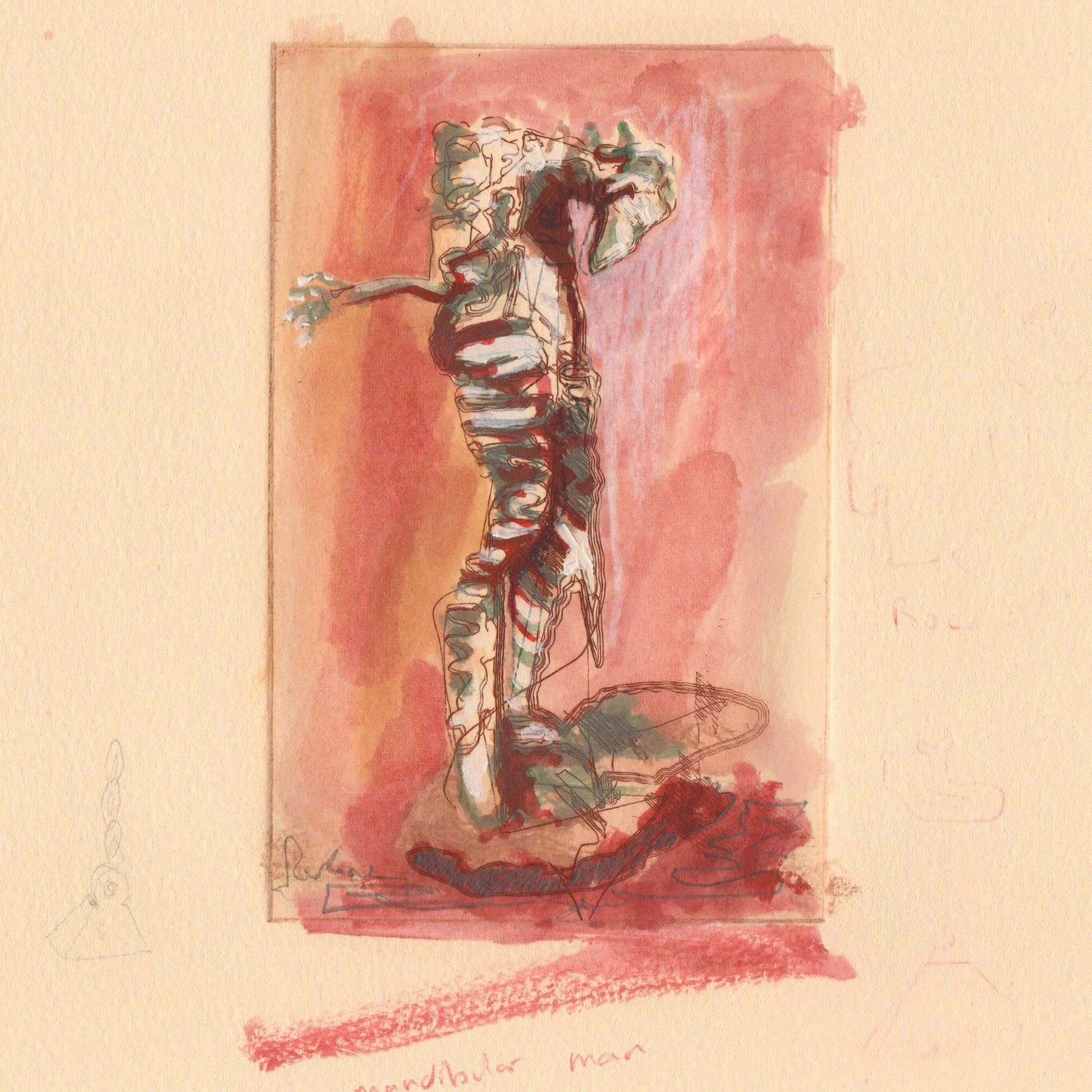



Sergio Suarez
Suarez practice is a mixture of printmaking, sculpture and installation. It revolves around the Spanish word debrayar. This work has no textual translation to English, but it closely approaches the “process where one loses the sense of time”. He seeks to translate debrayar to an aesthetic experience by using figure, landscape, and woodcarving as a medium to capture time. Often borrowing small parts of complex systems of thought and production such as printmaking and literature as a way to explore and restructure different mediums and visual languages. The work uses primarily large woodcut and it’s reductive image production quality, to have a material conversation with the past that explores narrative and the contradictory relation between experience and language. When composing images or spaces, Suarez dosen’t aim to fill in gaps that exist between experience and language. “By approaching my practice as a process of translation, I am gaining at the same time I am losing."
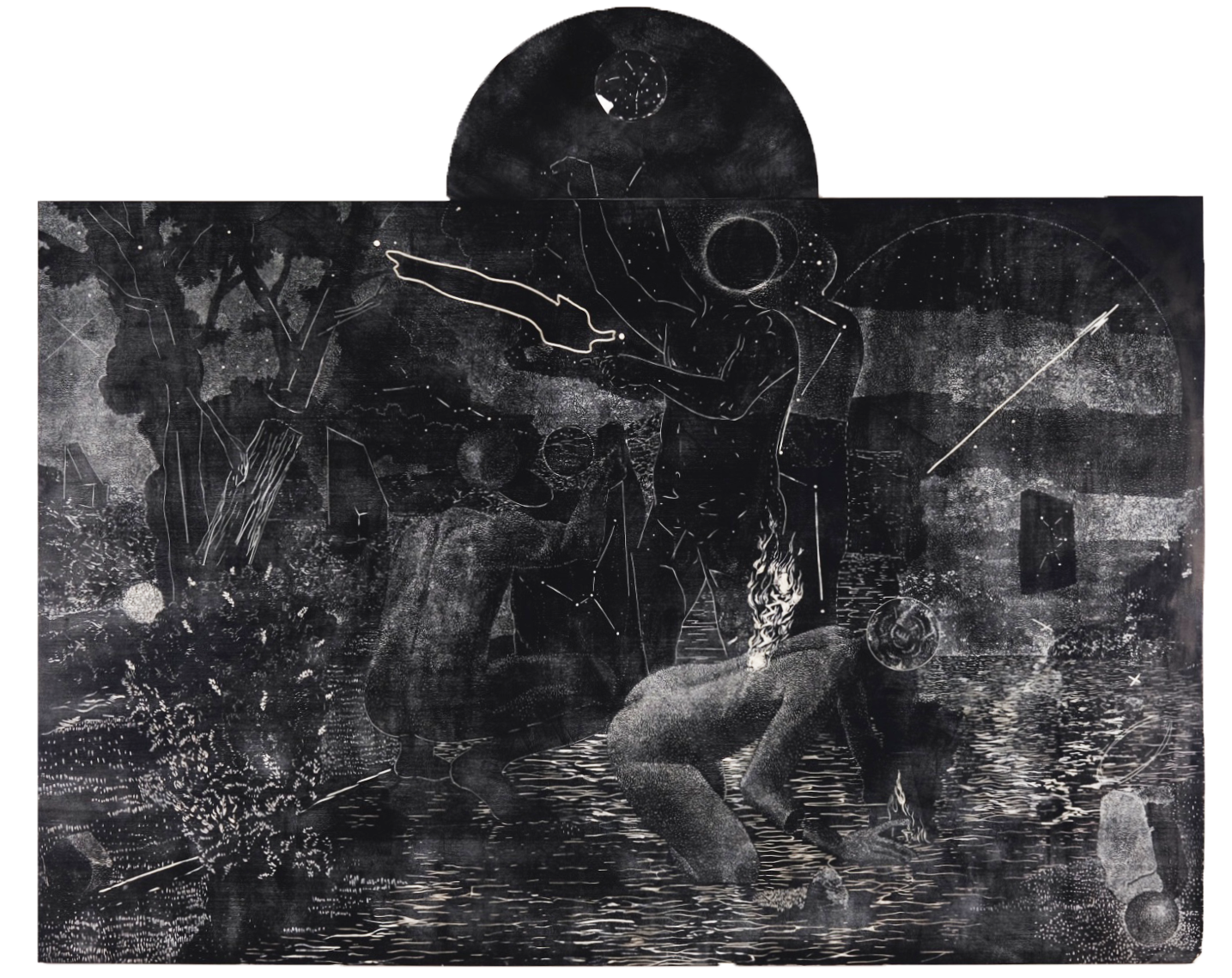


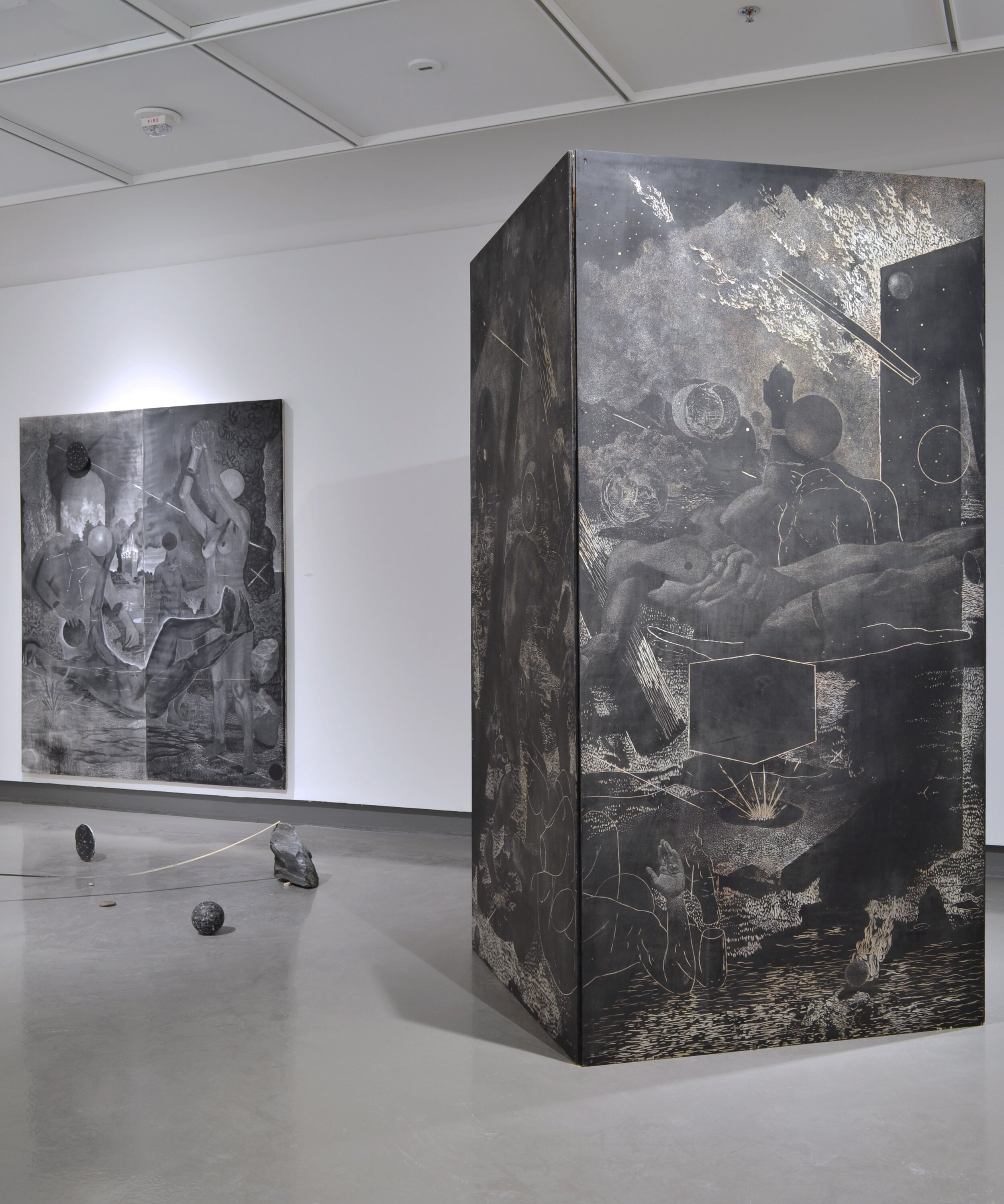


Zac Eastwood bloom
Principally making sculpture but also video, dance, sound, photography, and drawings, Zachary Eastwood-Bloom explores the notions of human progress in relation to historical ideas, scientific development, and digital technology, as well as the ways in which humans attempt to understand the world around them, using methods such as storytelling, religion, science, or technology.
Zachary originally studied ceramics at Edinburgh College of Art, before going to London to earn his Master’s Degree in ceramics and glass at the Royal College of Art. Whilst studying at the RCA, he began to explore the use of digital technologies in relation to a broad range of materials. This marks a shift in Zachary's practice, in which he began using digital technologies in combination with sculpture and drawing in his practice.
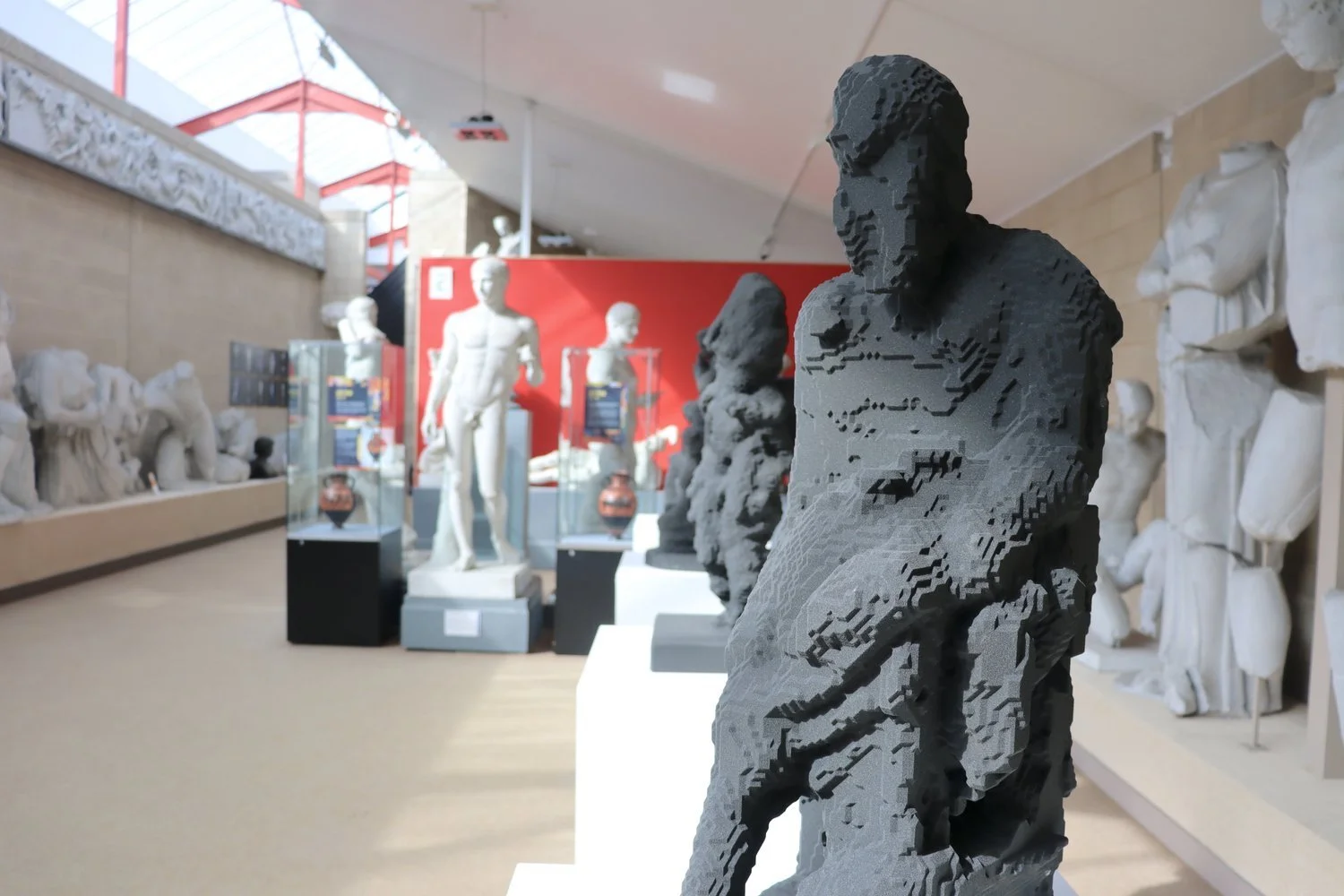

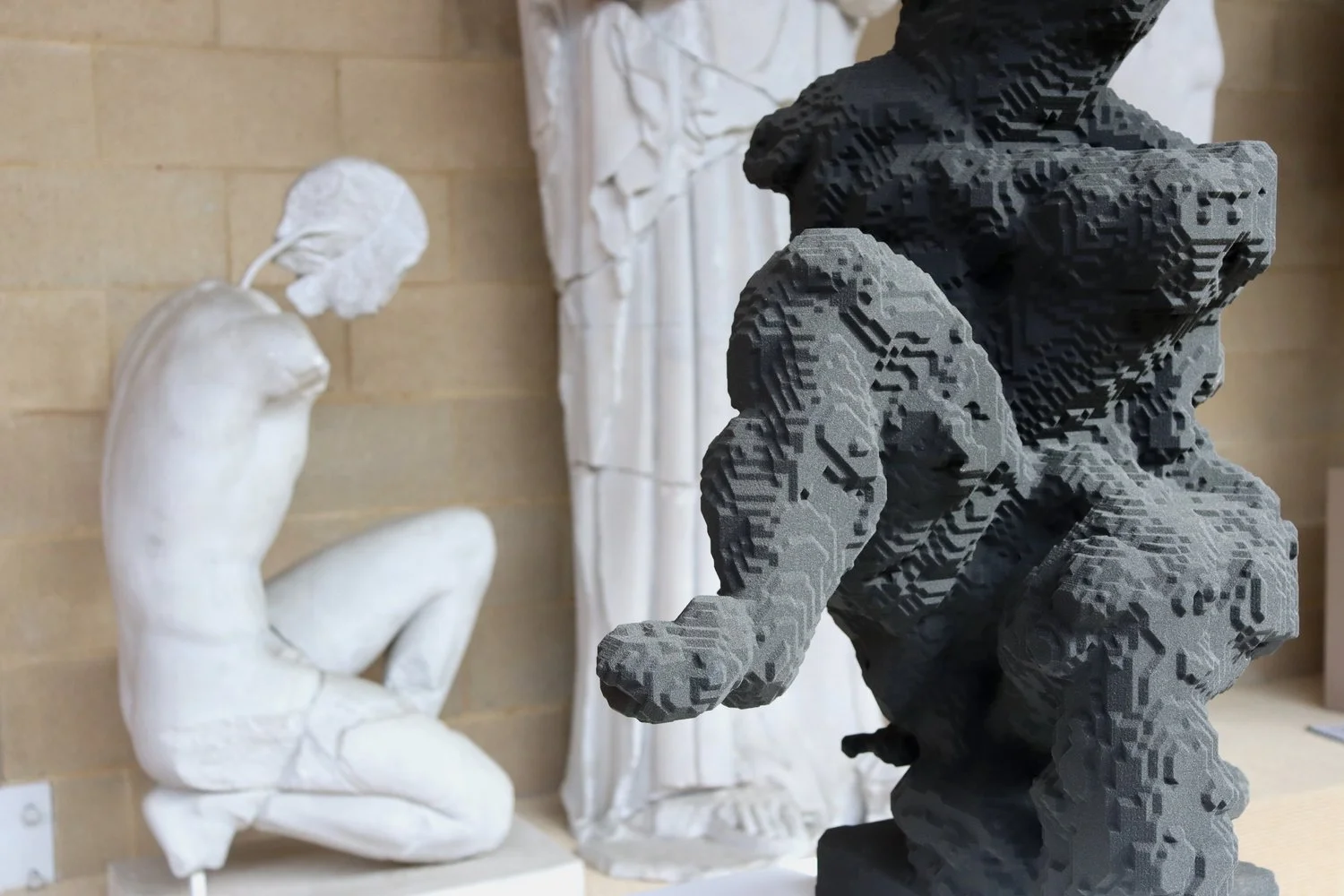
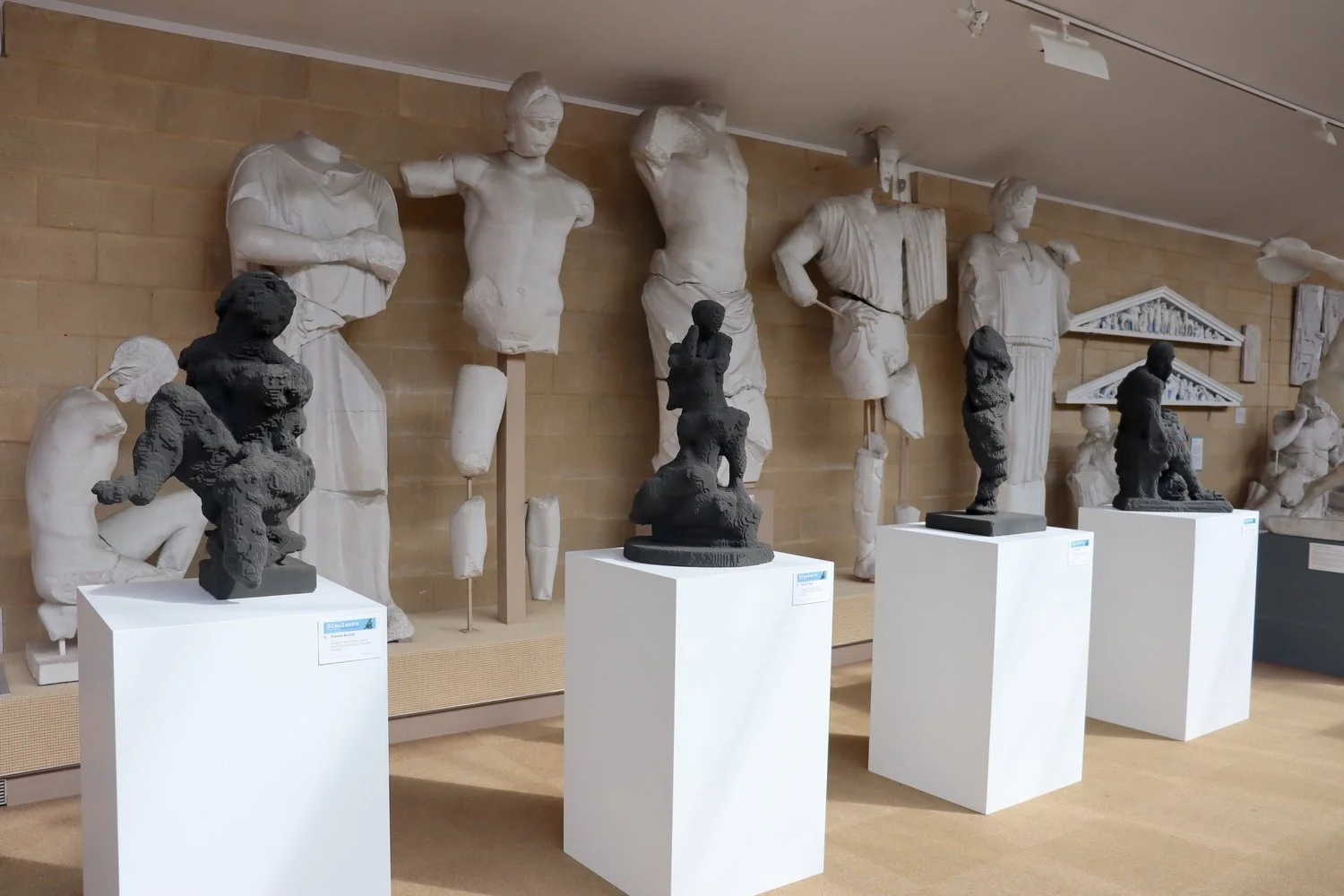

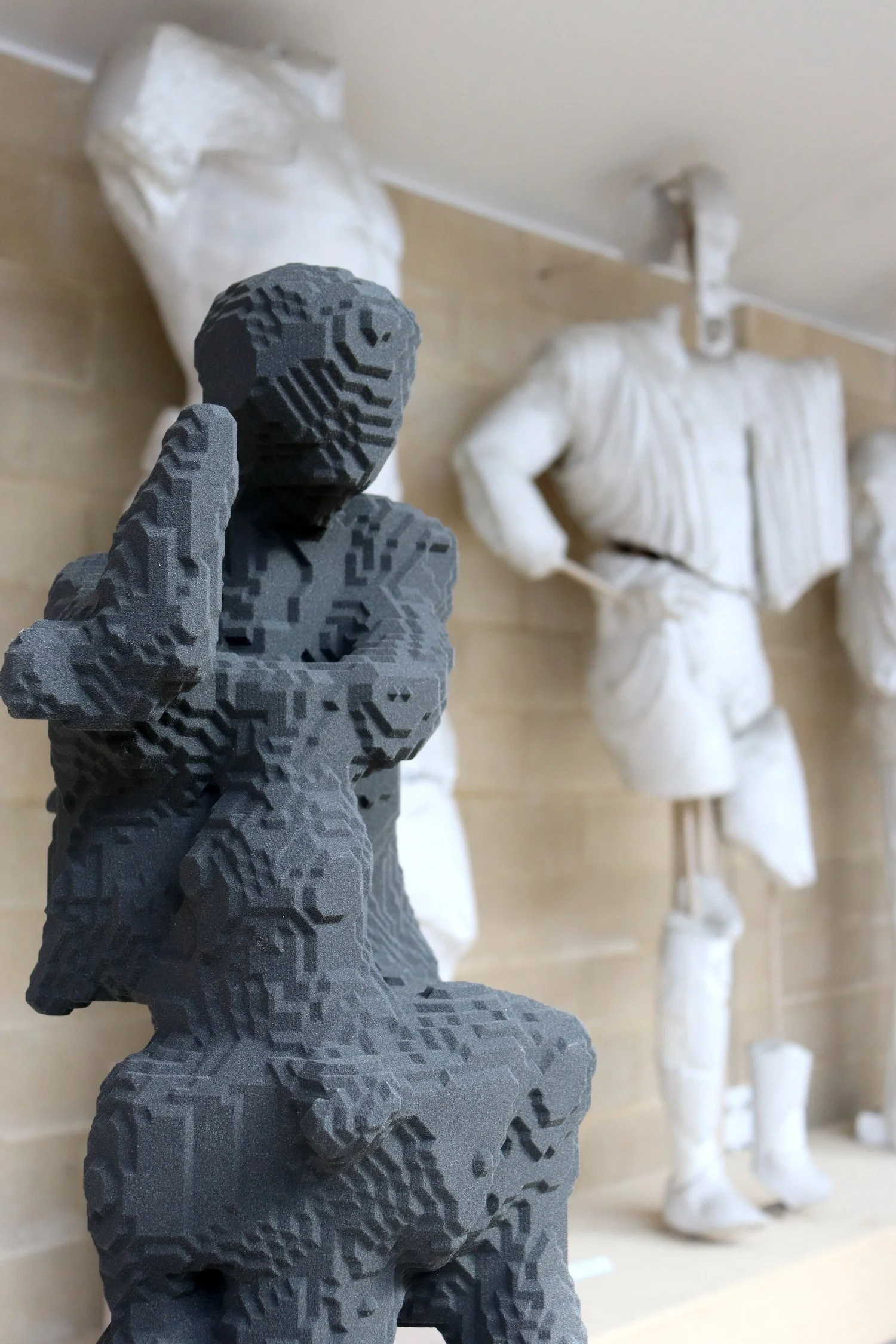
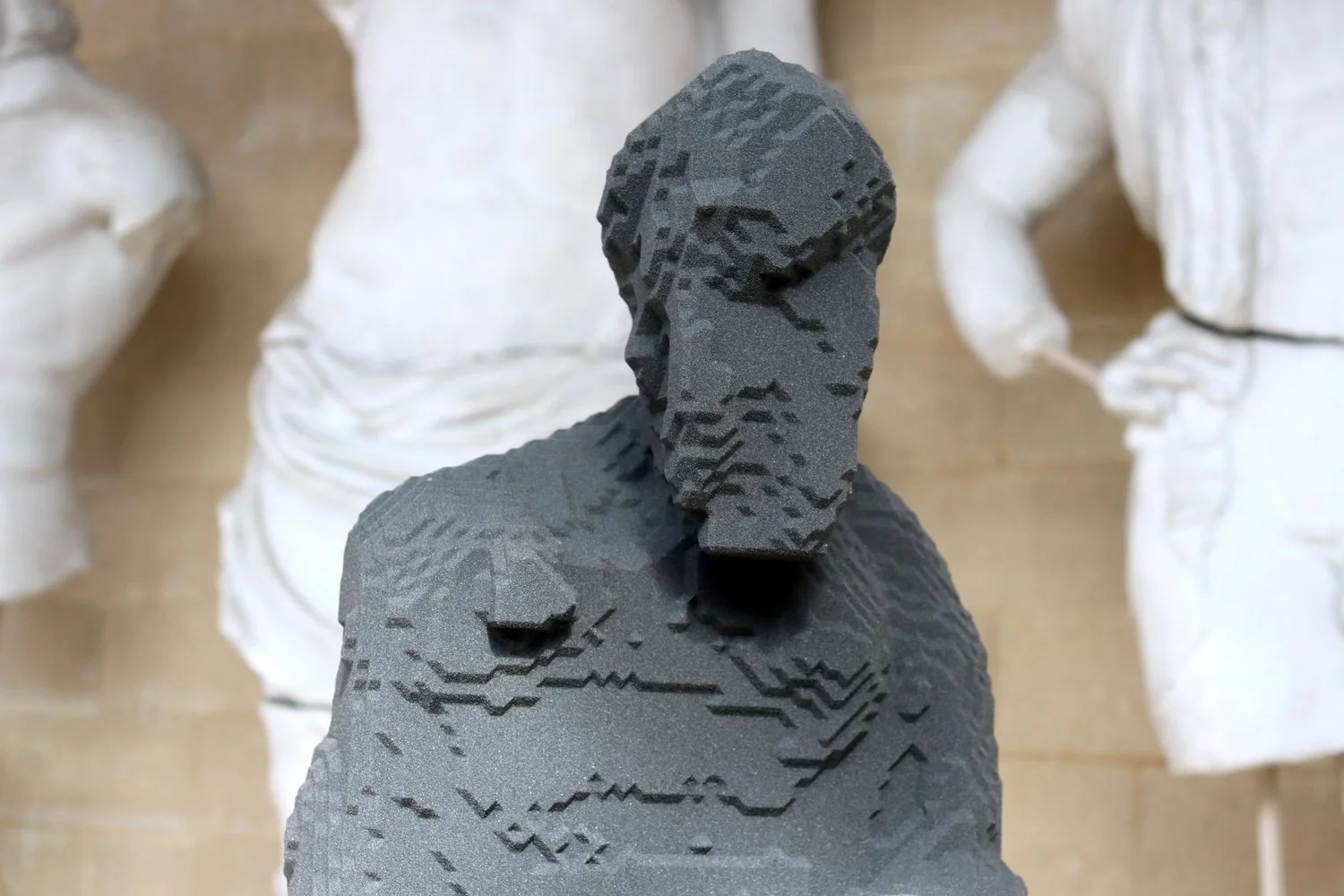
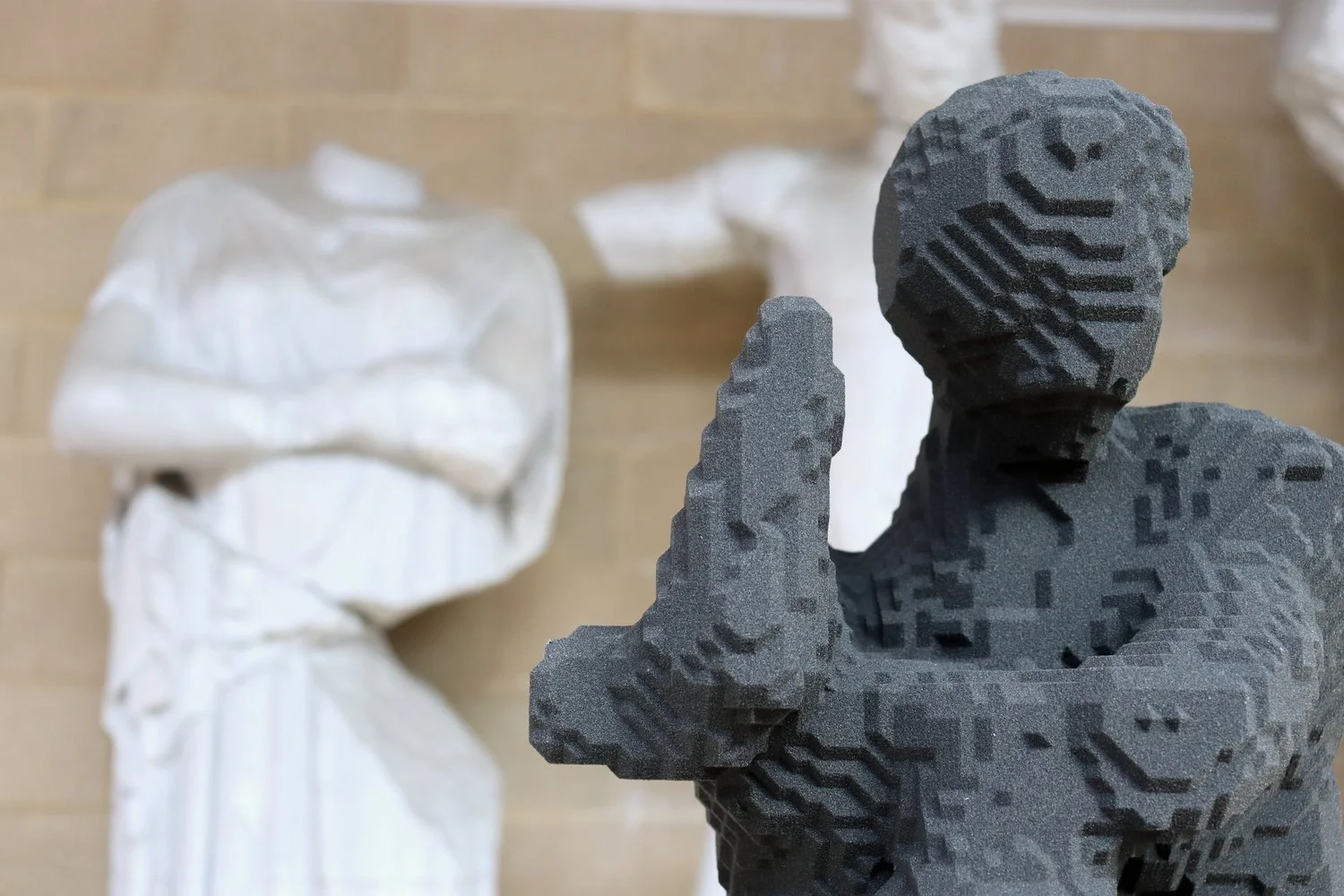
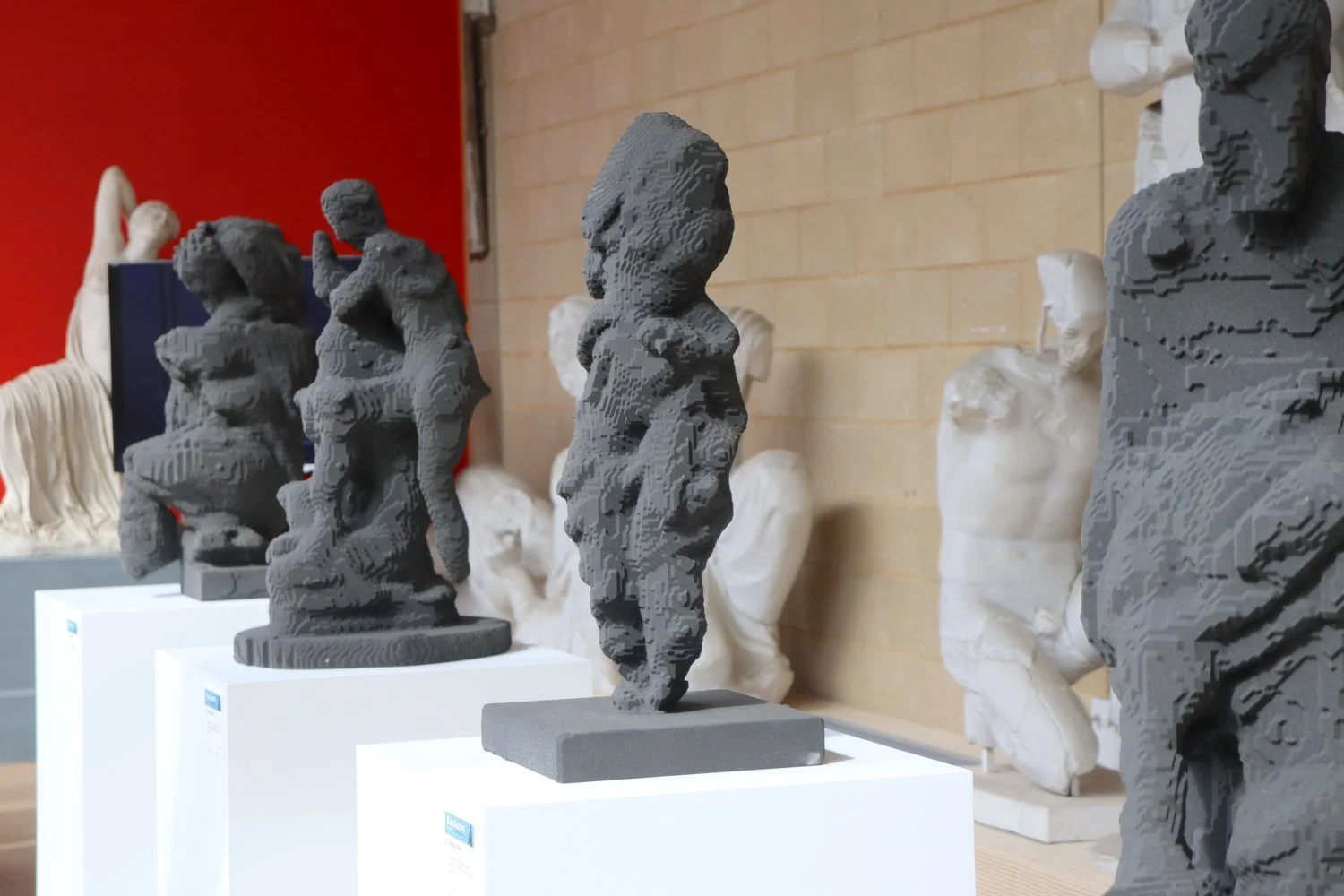
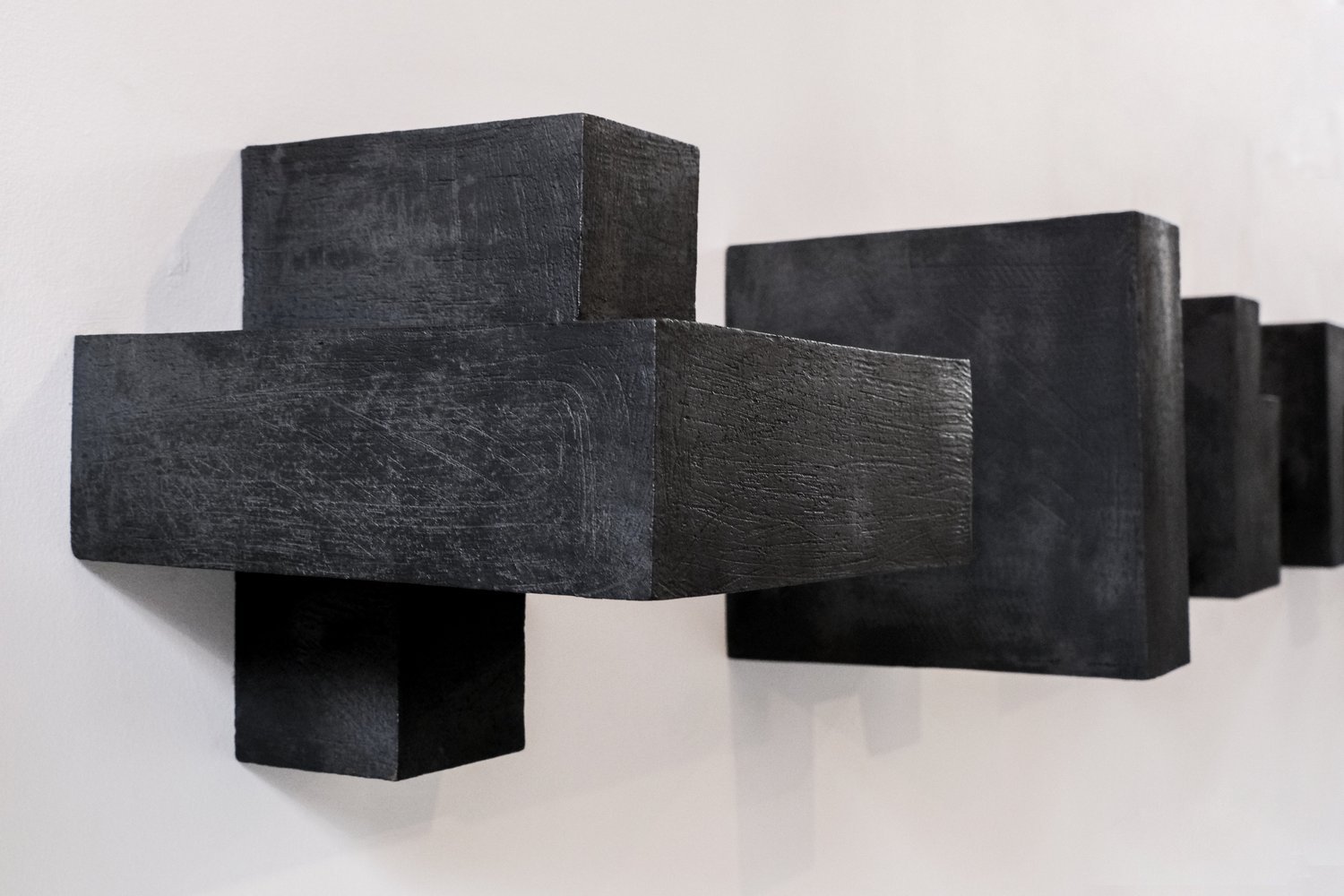
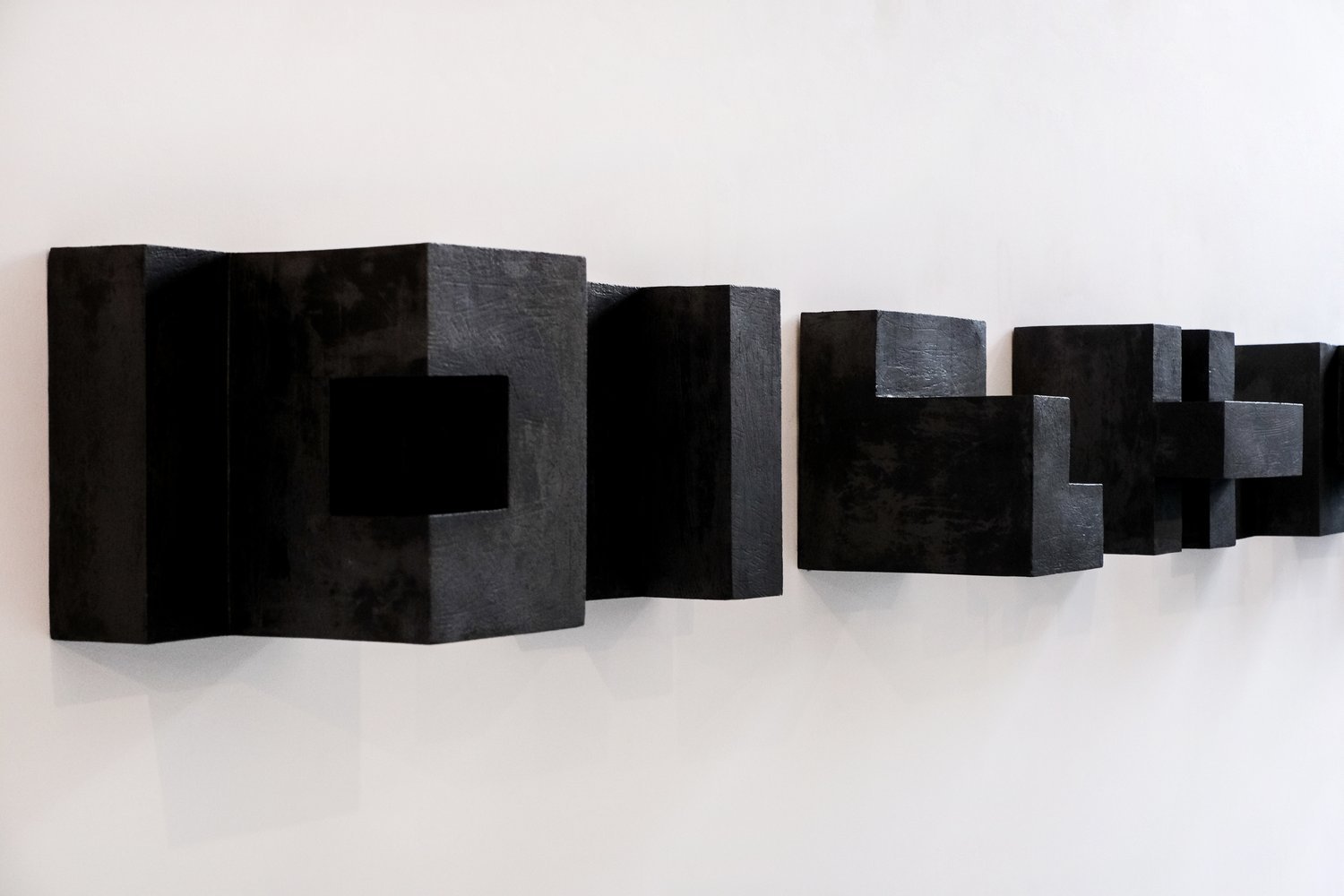
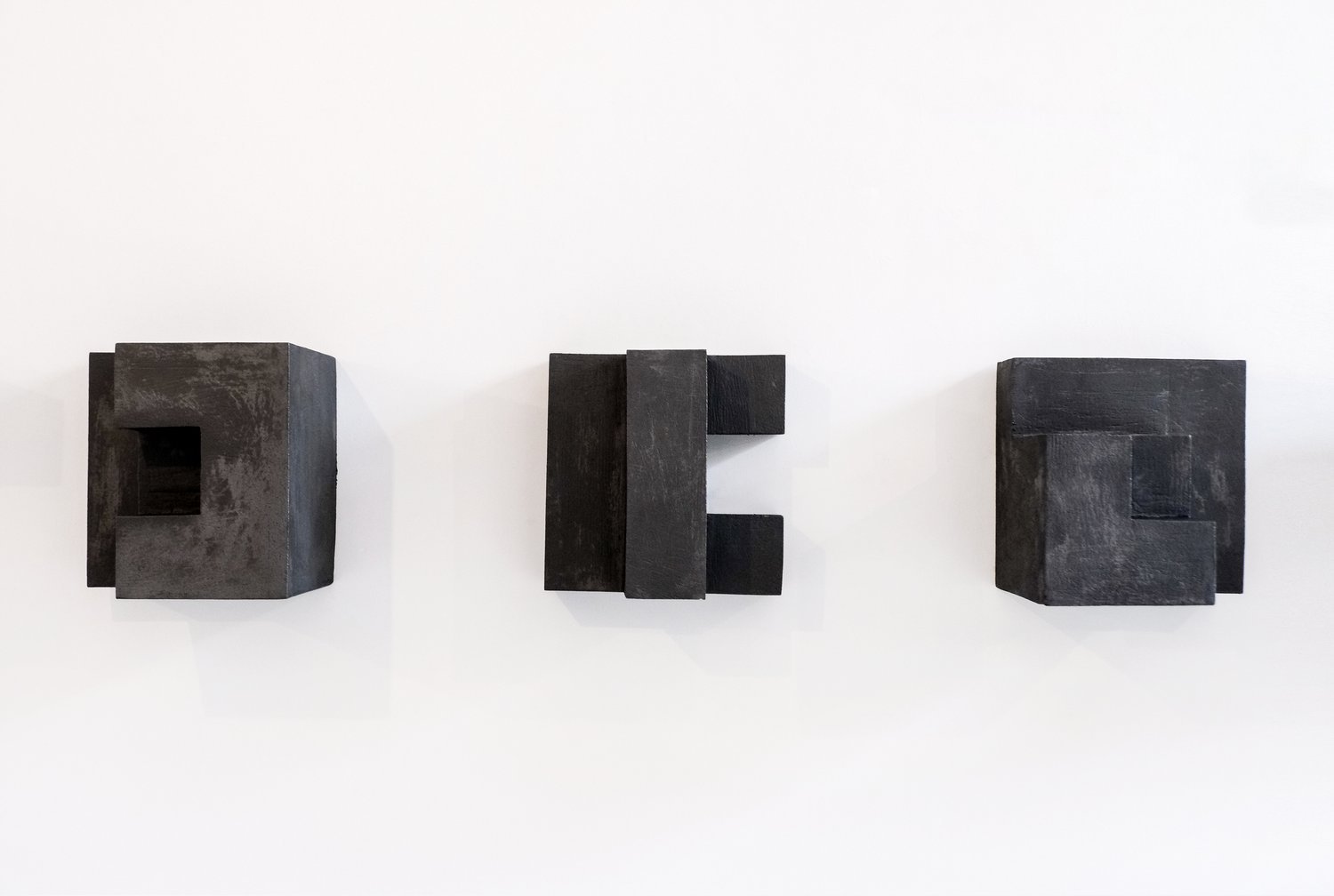
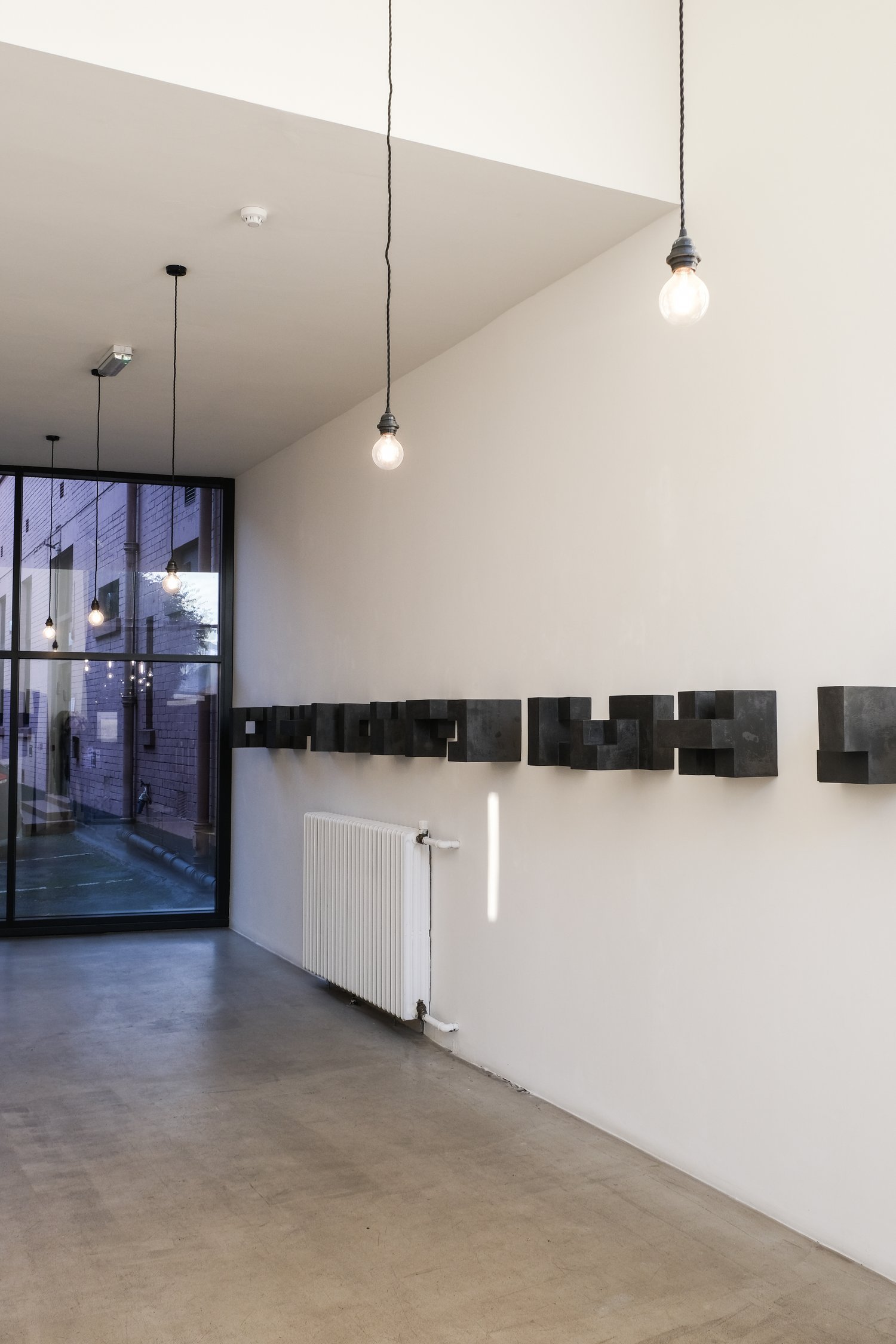

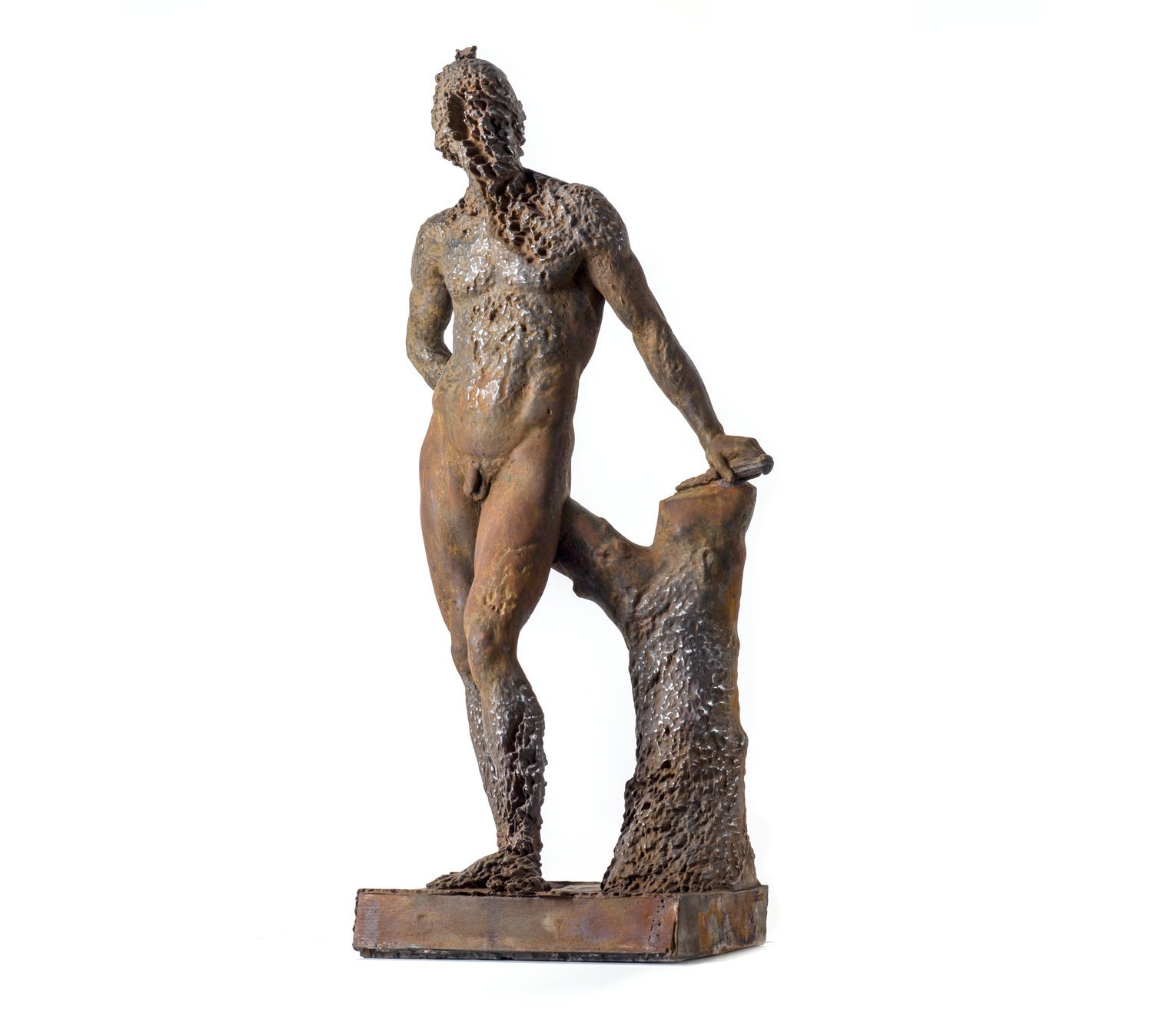
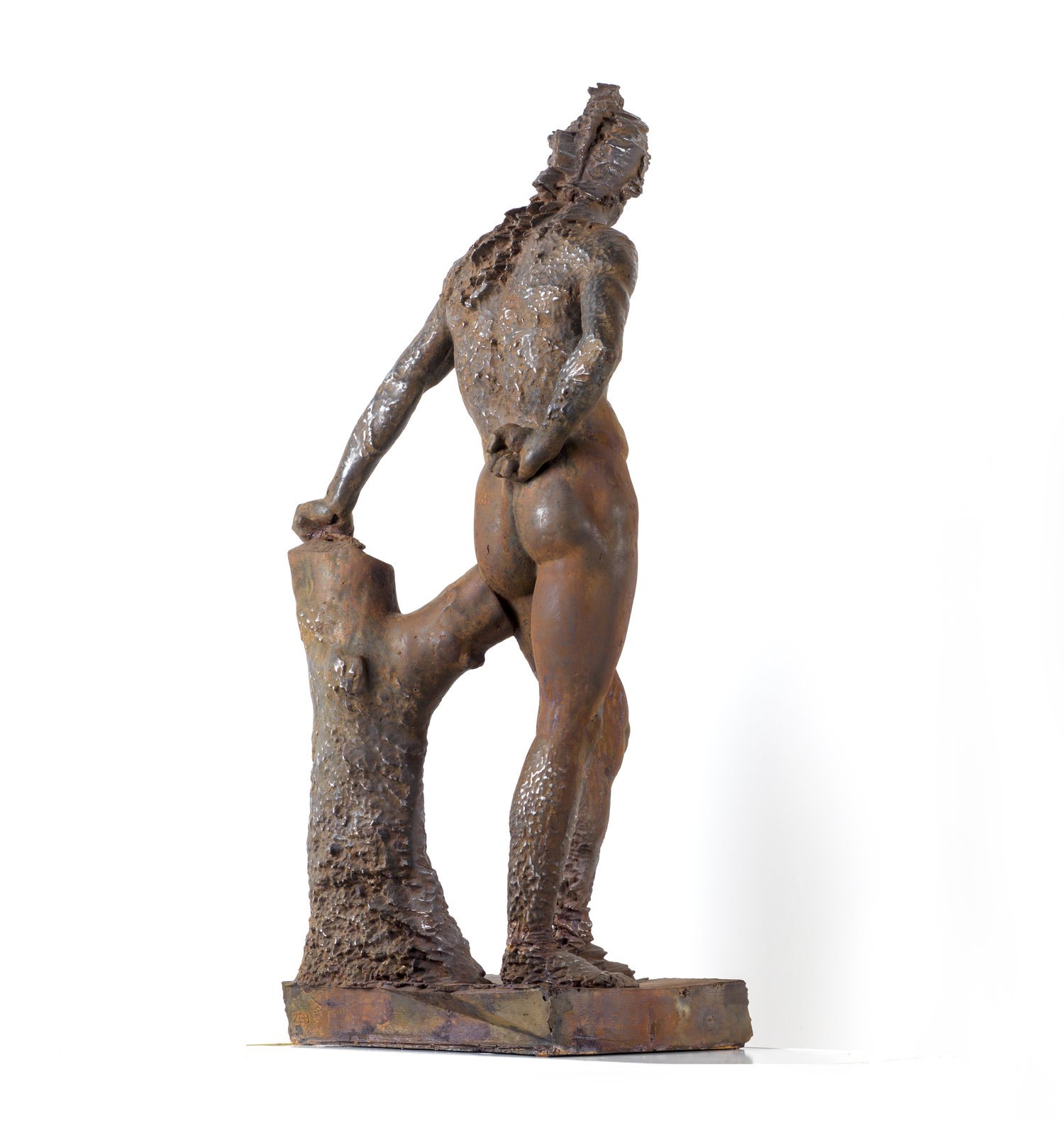
Thomas Gosebruch
Gosebruch Studied Painting at Hochschule für Bildende Künste, Hamburg and The Royal College of Art, London. He then went on to gain an MA in Printmaking at Hochschule für Bildende Kunst, Braunschweig. Gosebruch Currently teaches at The National Gallery and City Lit in London.
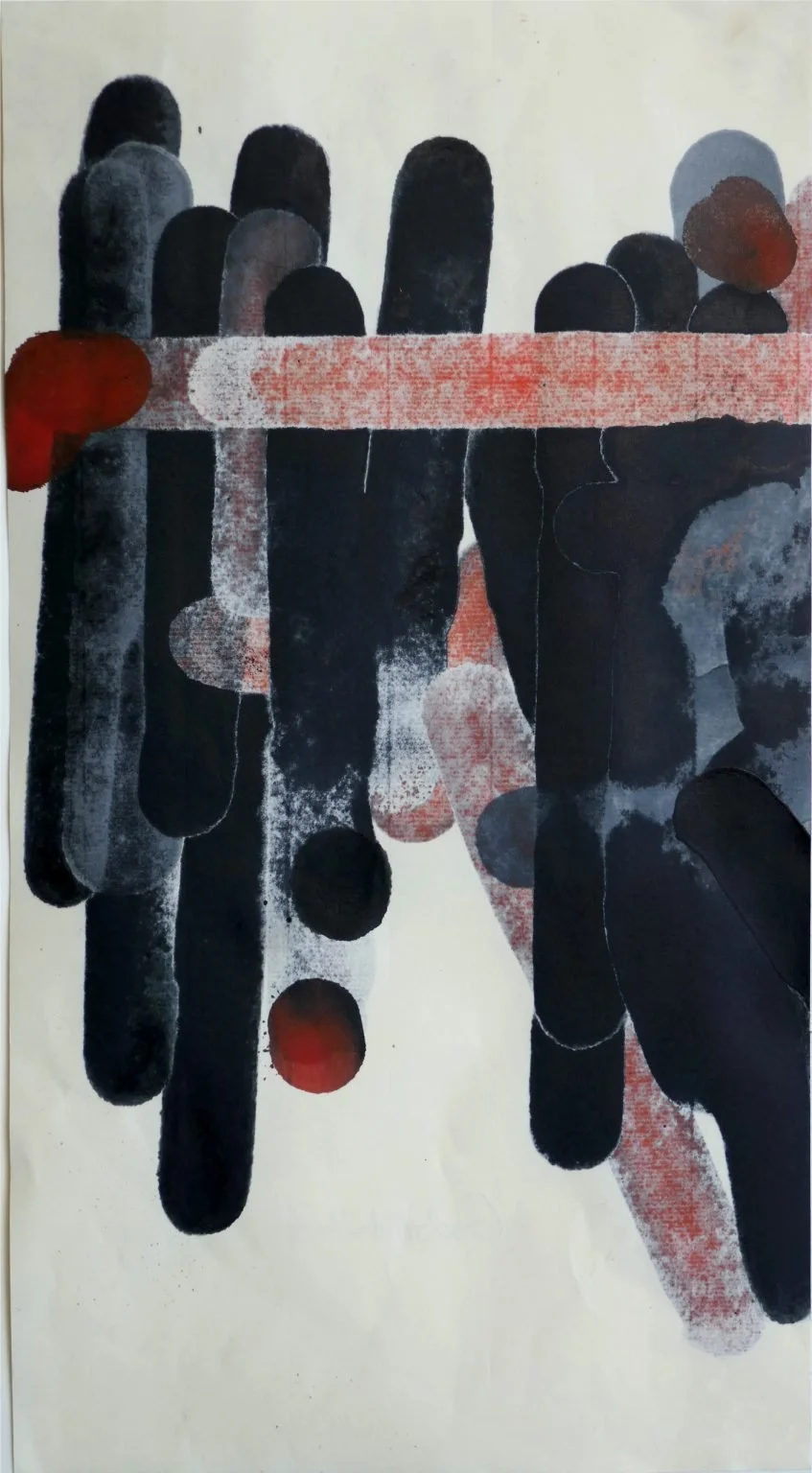
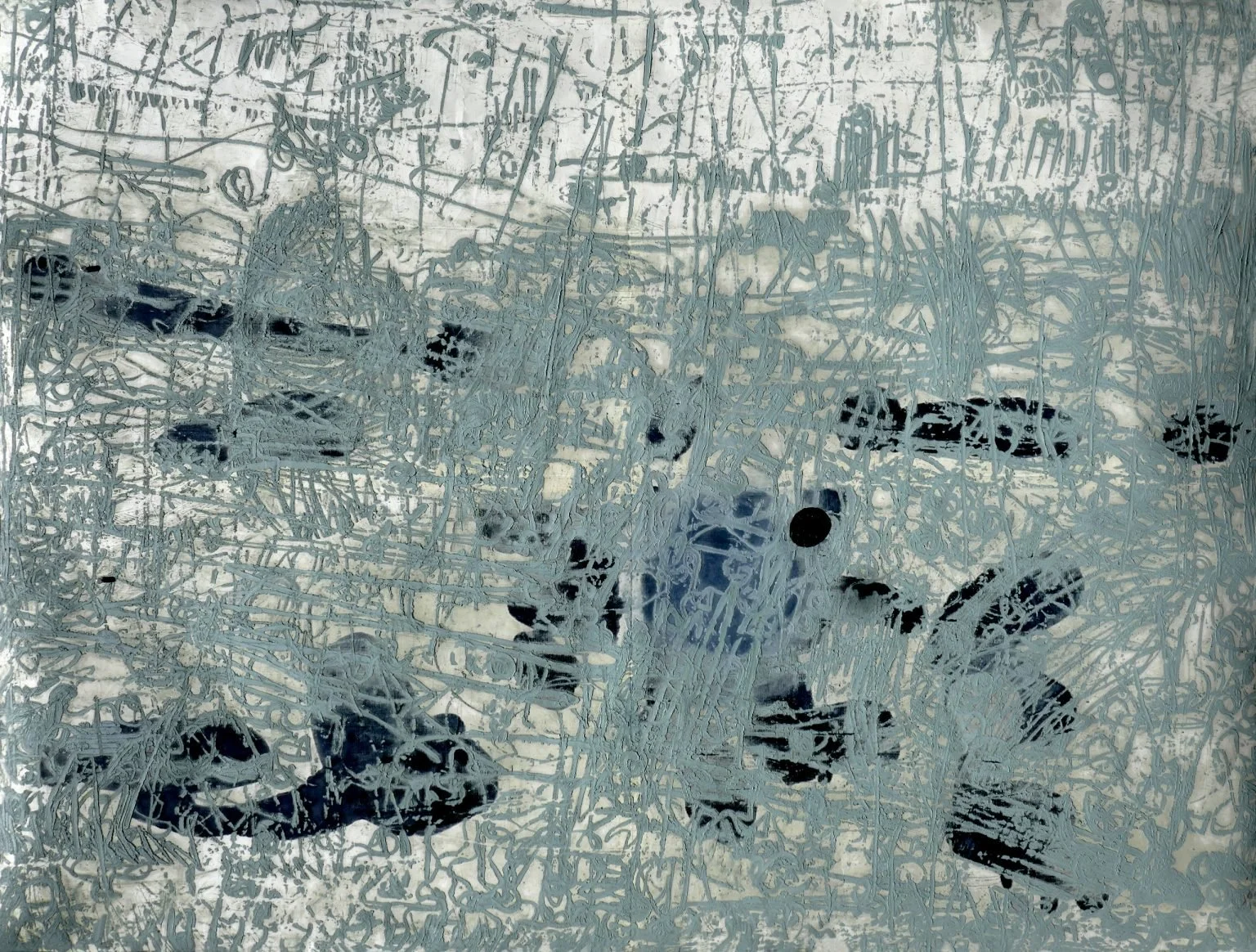
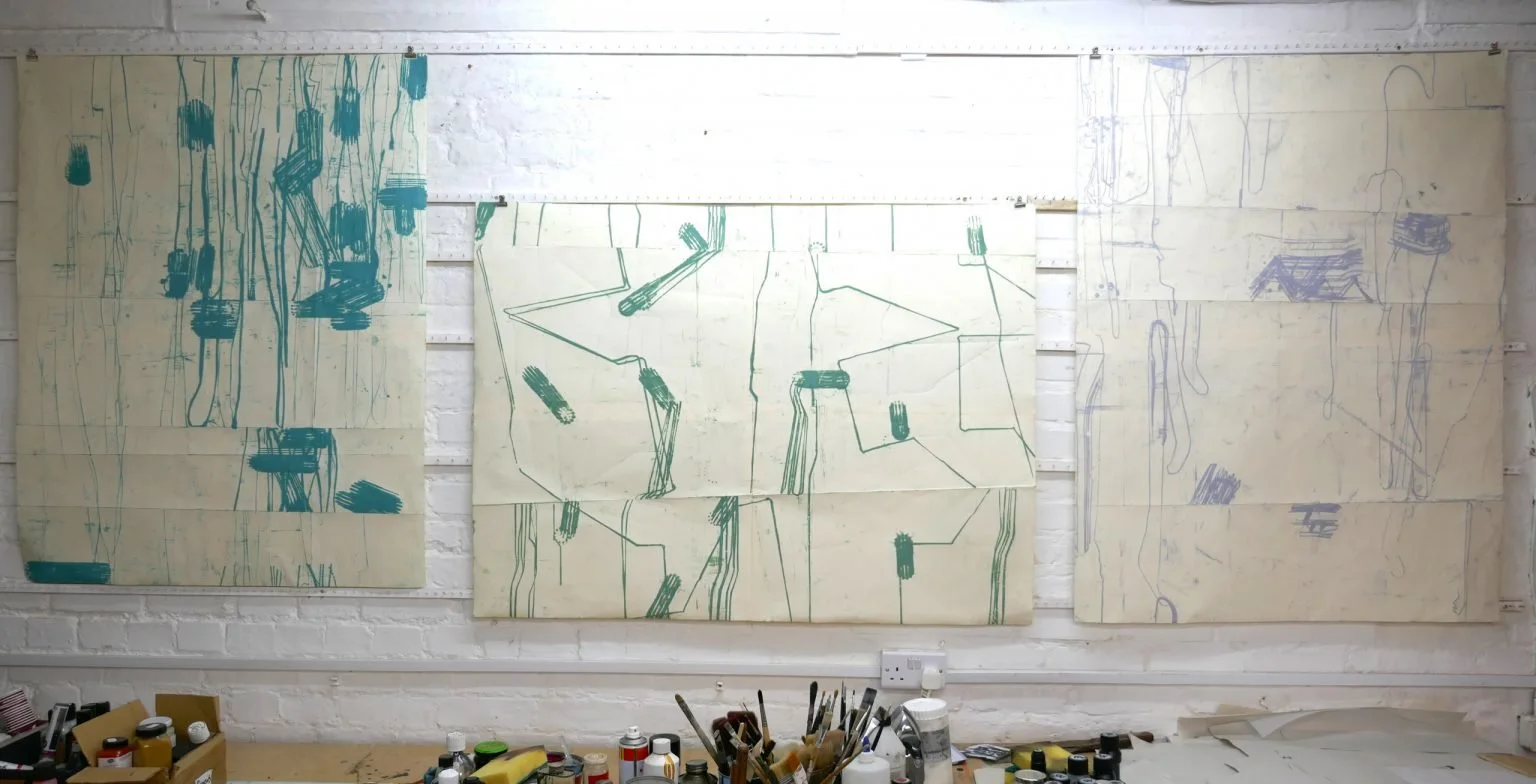
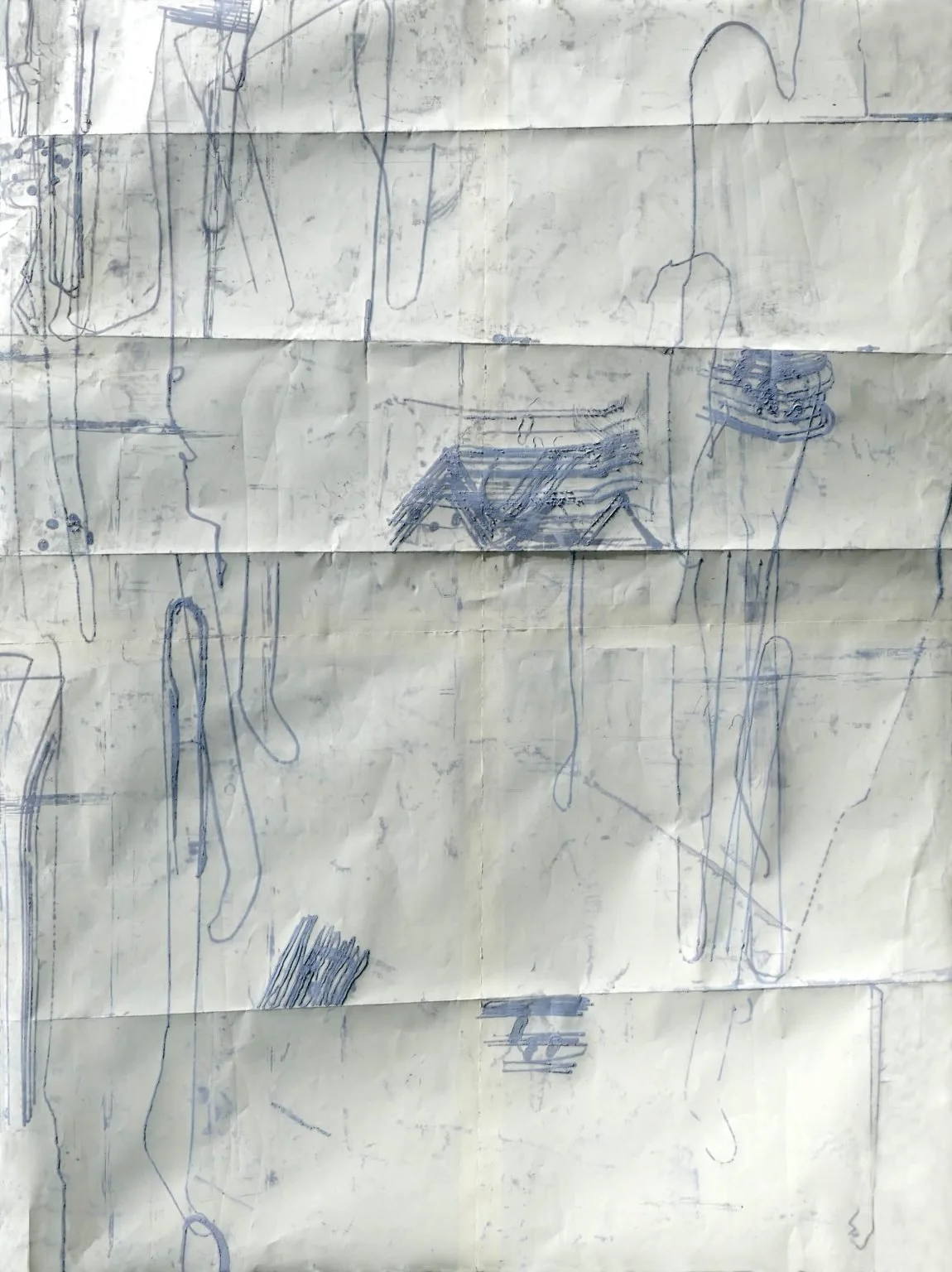
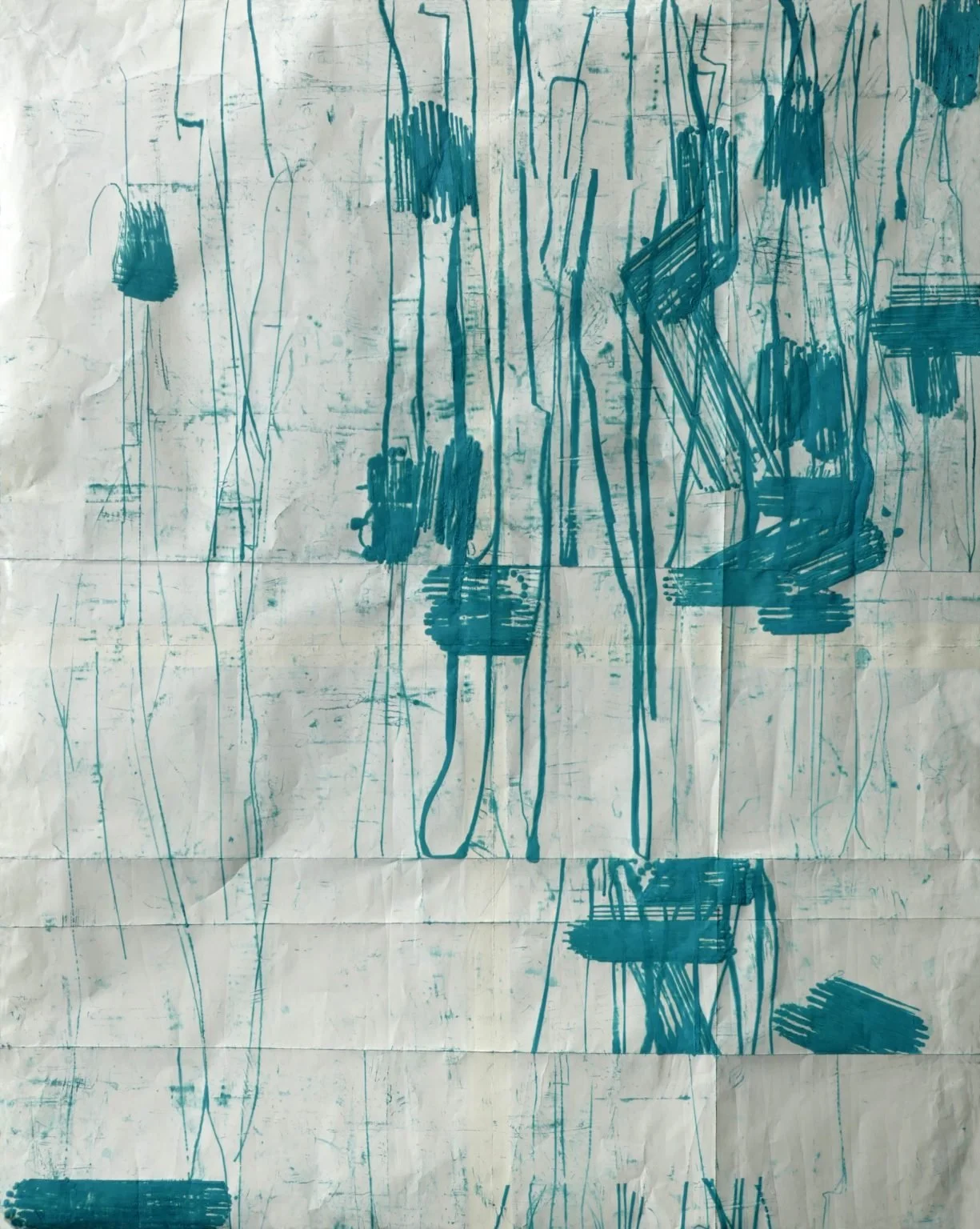


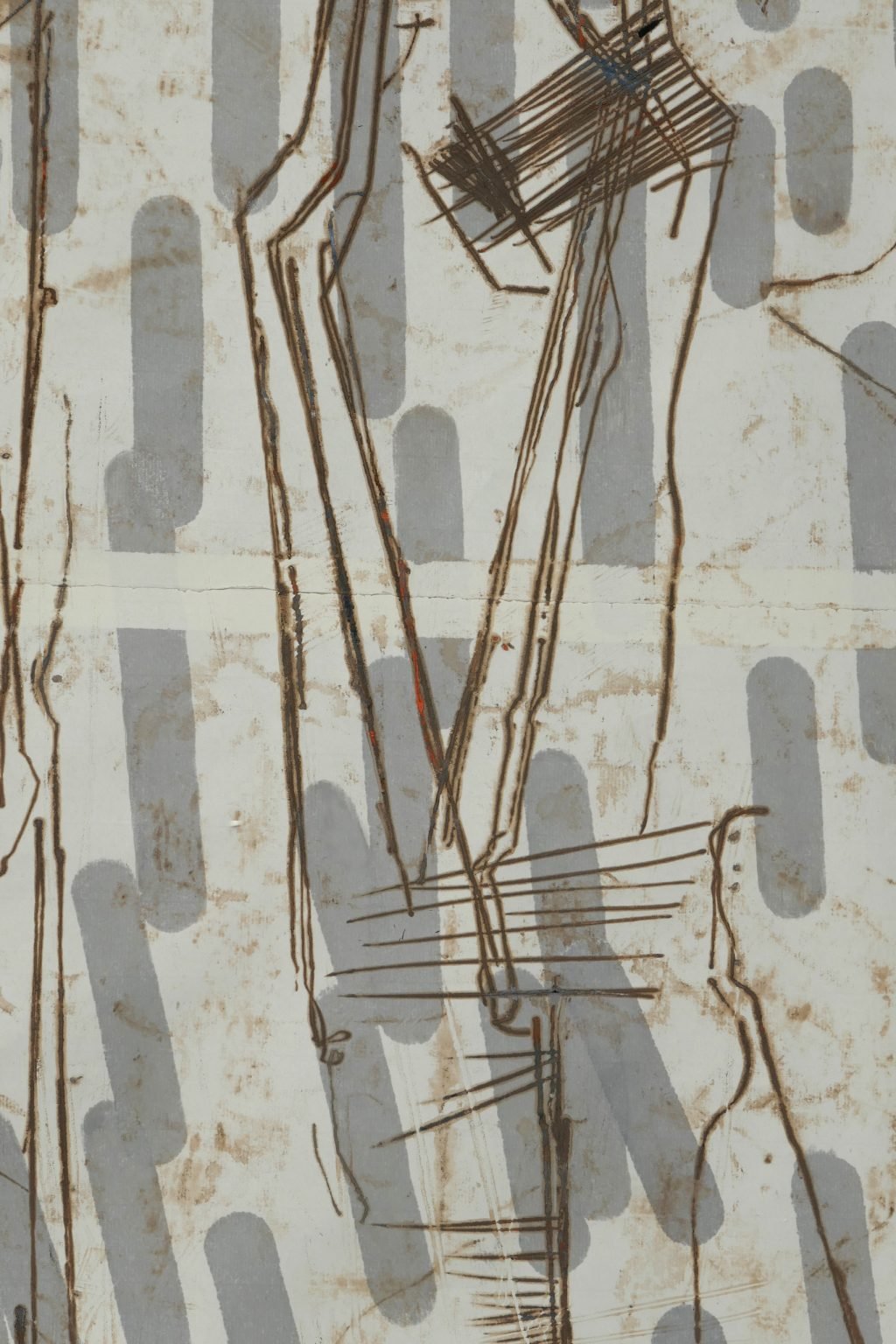
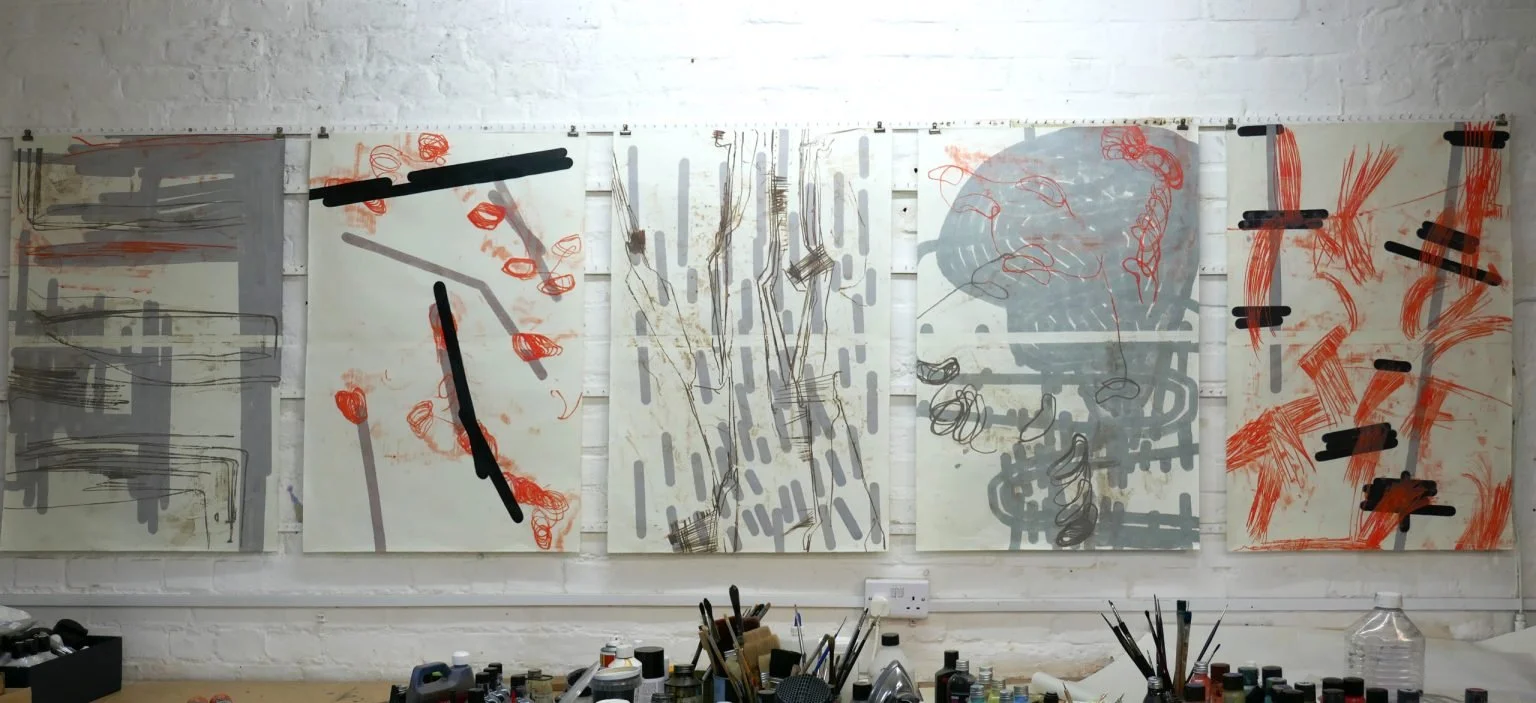
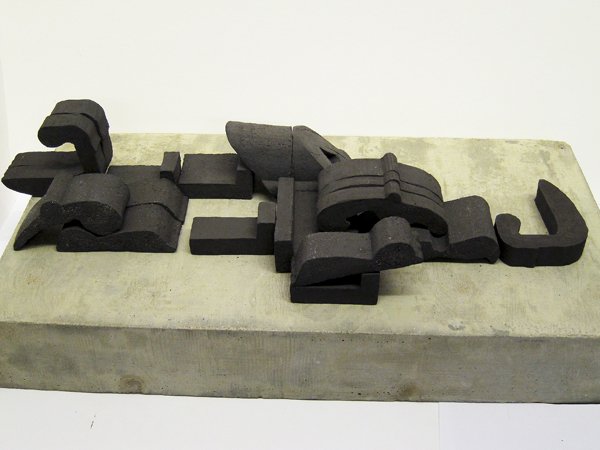

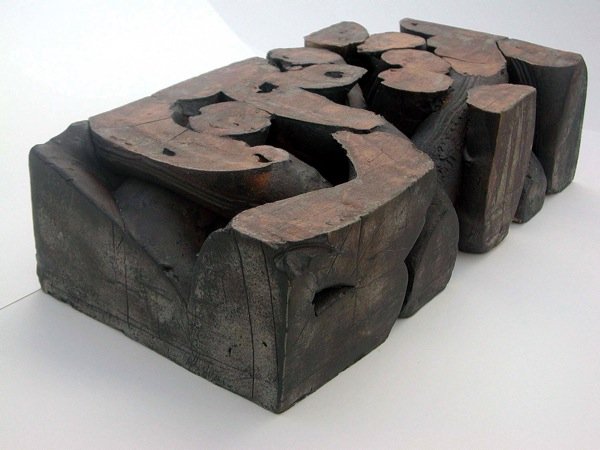

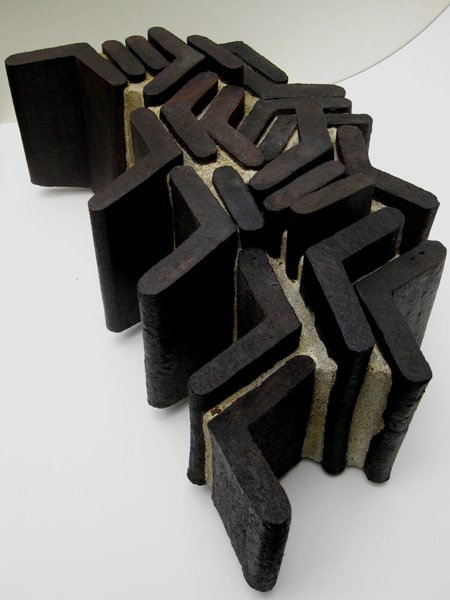
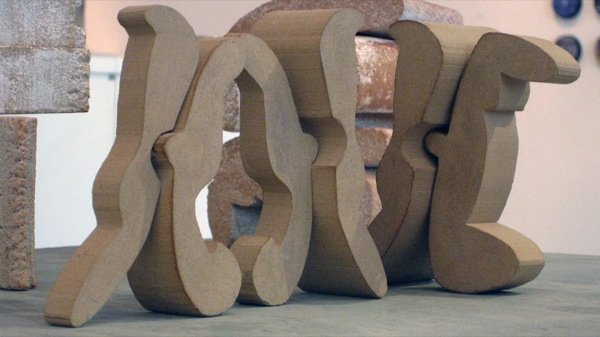
Caroline Macdonald
Caroline works with an emergent, responsive surface that simultaneously flows and ossifies the movement of pattern or form. She typically starts with an object or material observed in the world. At the RCA she has been working with fugitive materials and process such as tin foil and paper marbling . Once recorded (usually through drawing or photography), she builds up layers employing different generations of print media to suggest movement in the surface of the work. Her use of paper marbling and the digital drag of the glitch serve to destabilise her surfaces and invite readings around failure and uncertainty. Reflections and mirrors, combined with folds, create further unpredictable repetitions and depths across two- and three-dimensional work.

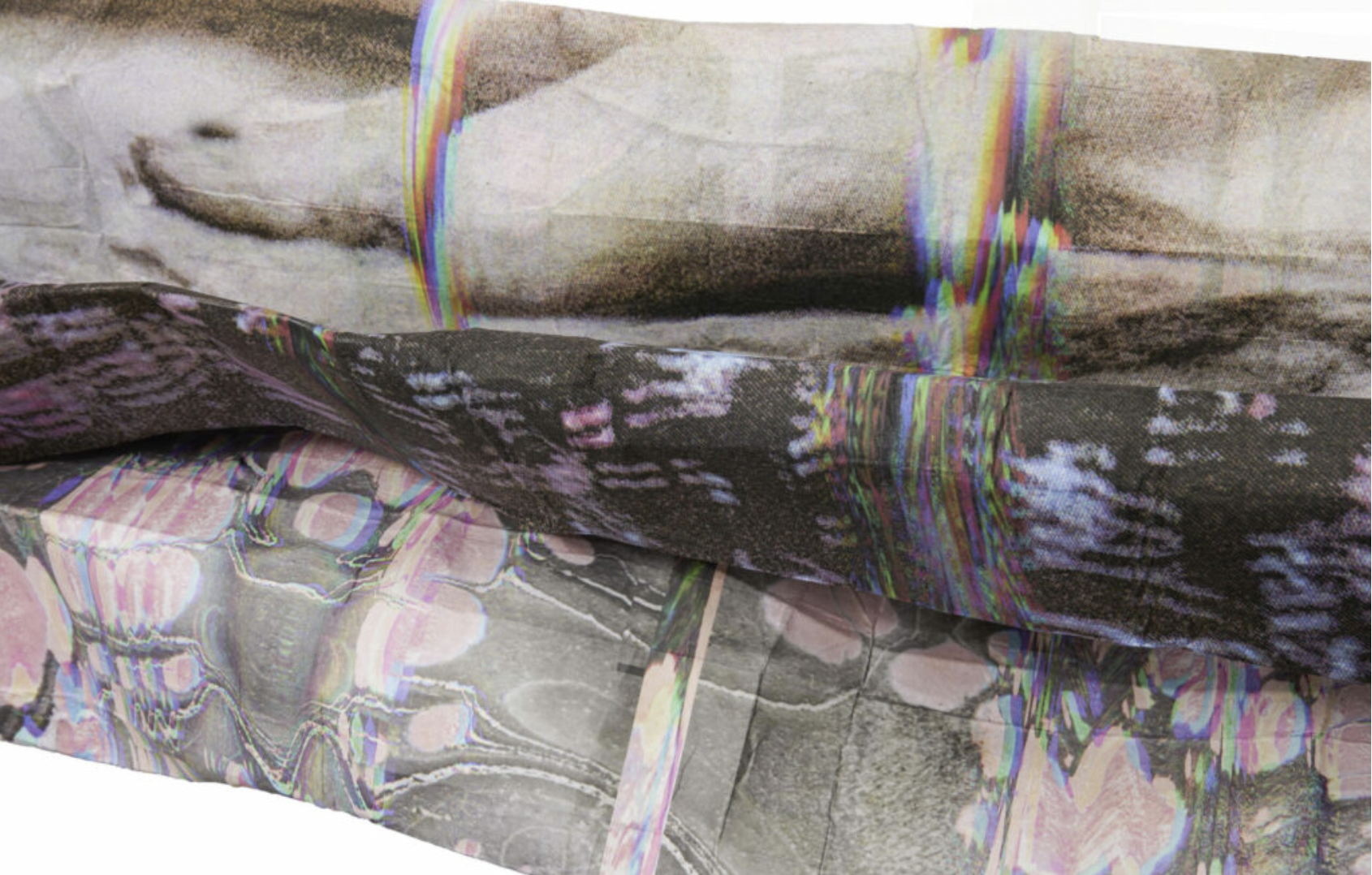
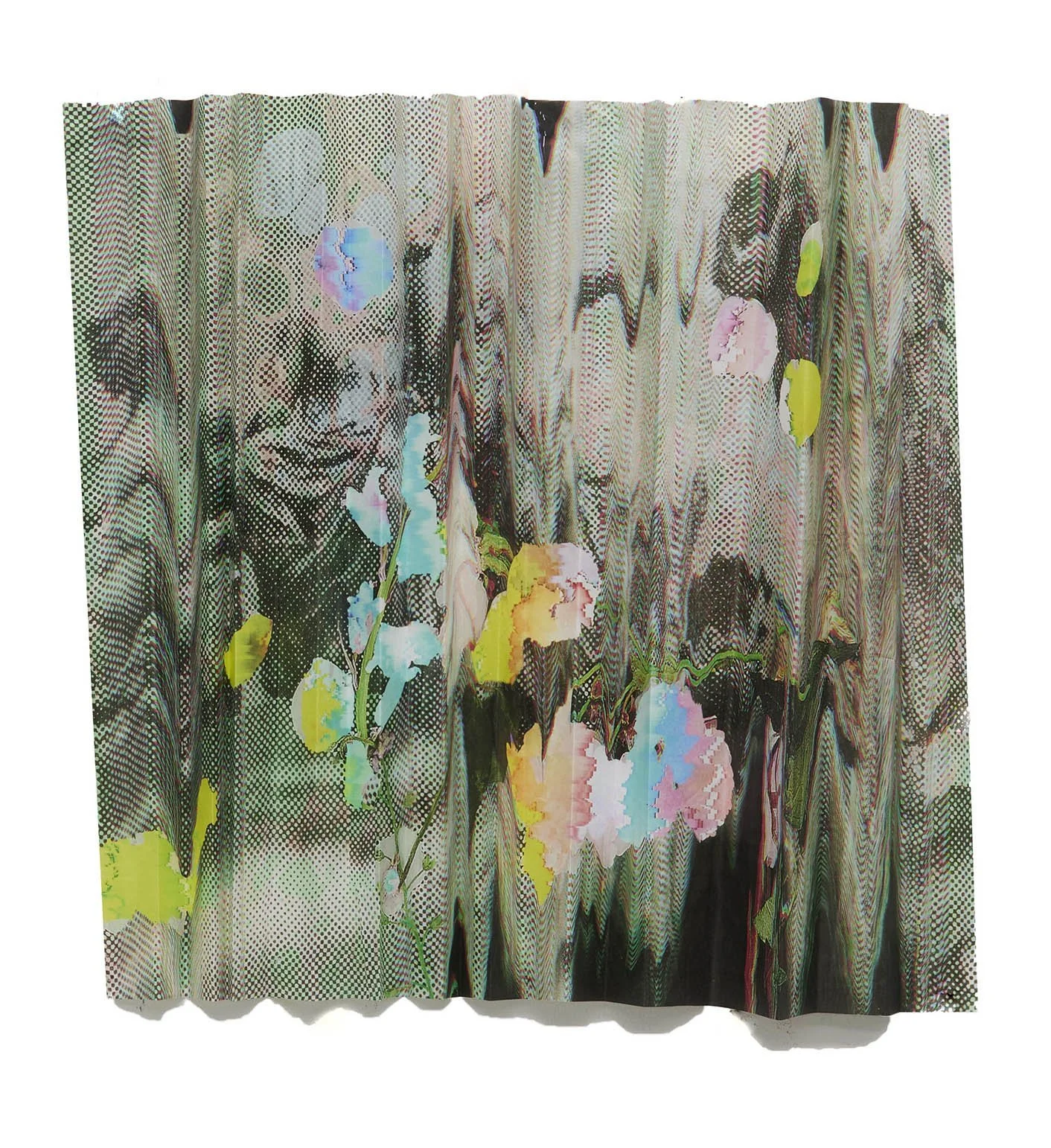
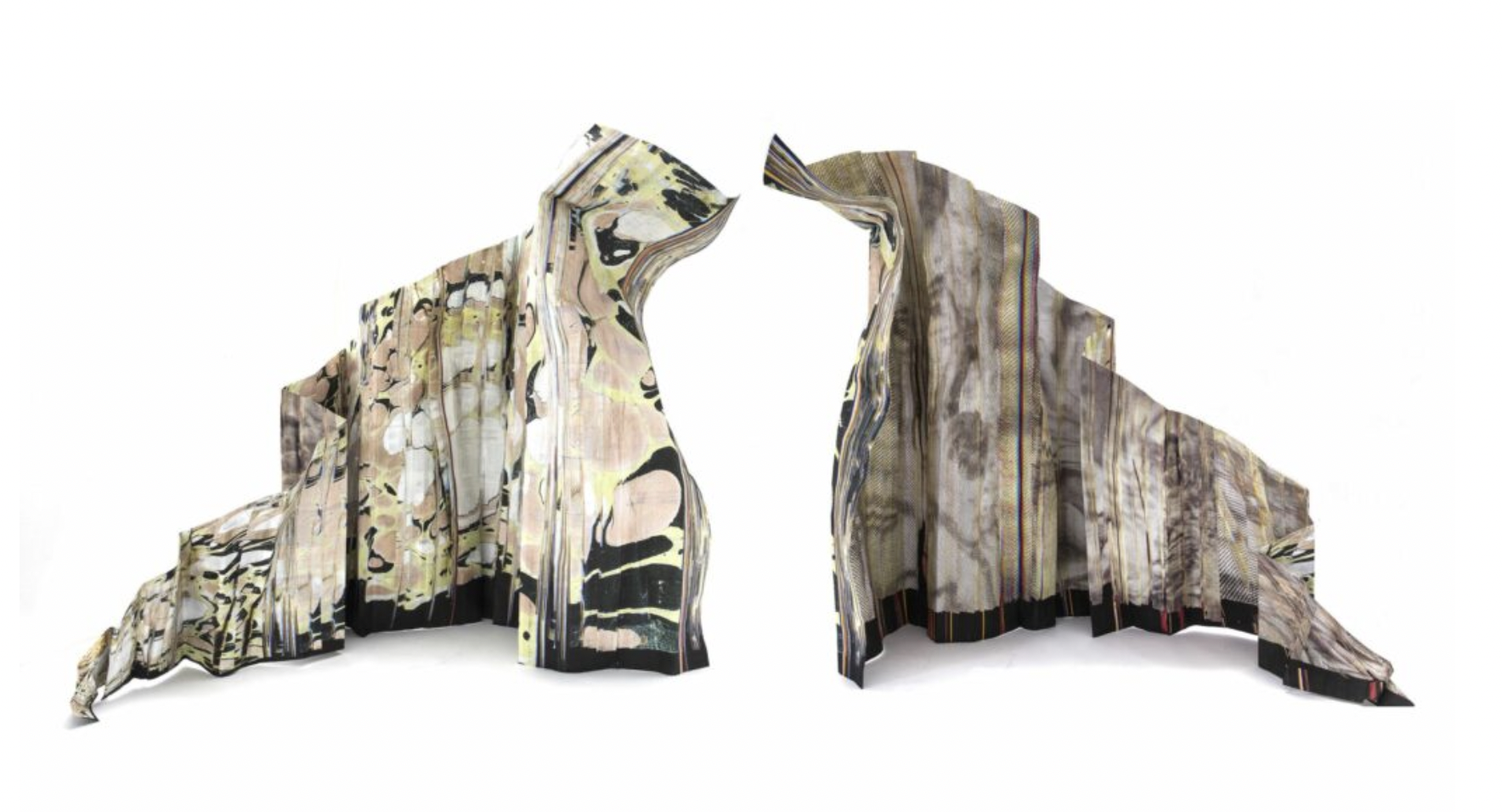
RIVE ROSHAN
Rive Roshan is the artistic practice of Ruben de la Rive Box and Golnar Roshan. The studio creates to connect with people intuitively through exploring visual wonder as a means to emotional well-being.
“We feel our role as artists and designers is to offer people a new and inspiring narrative to build a progressive future ”
Through experimental processes the studio designs immersive spatial experiences, materials and objects that enrich lives and create memories that we treasure. Rive Roshan’s work has been on show at Les Musée des Arts Decoratifs Paris, The Old Selfridges Hotel London, Powerhouse Museum Sydney, Shanghai Museum of Glass, Museum JAN with a recent acquisition by National Gallery Victoria.
A deep interest in colour, texture and materiality leads to an aesthetic of raw beauty.
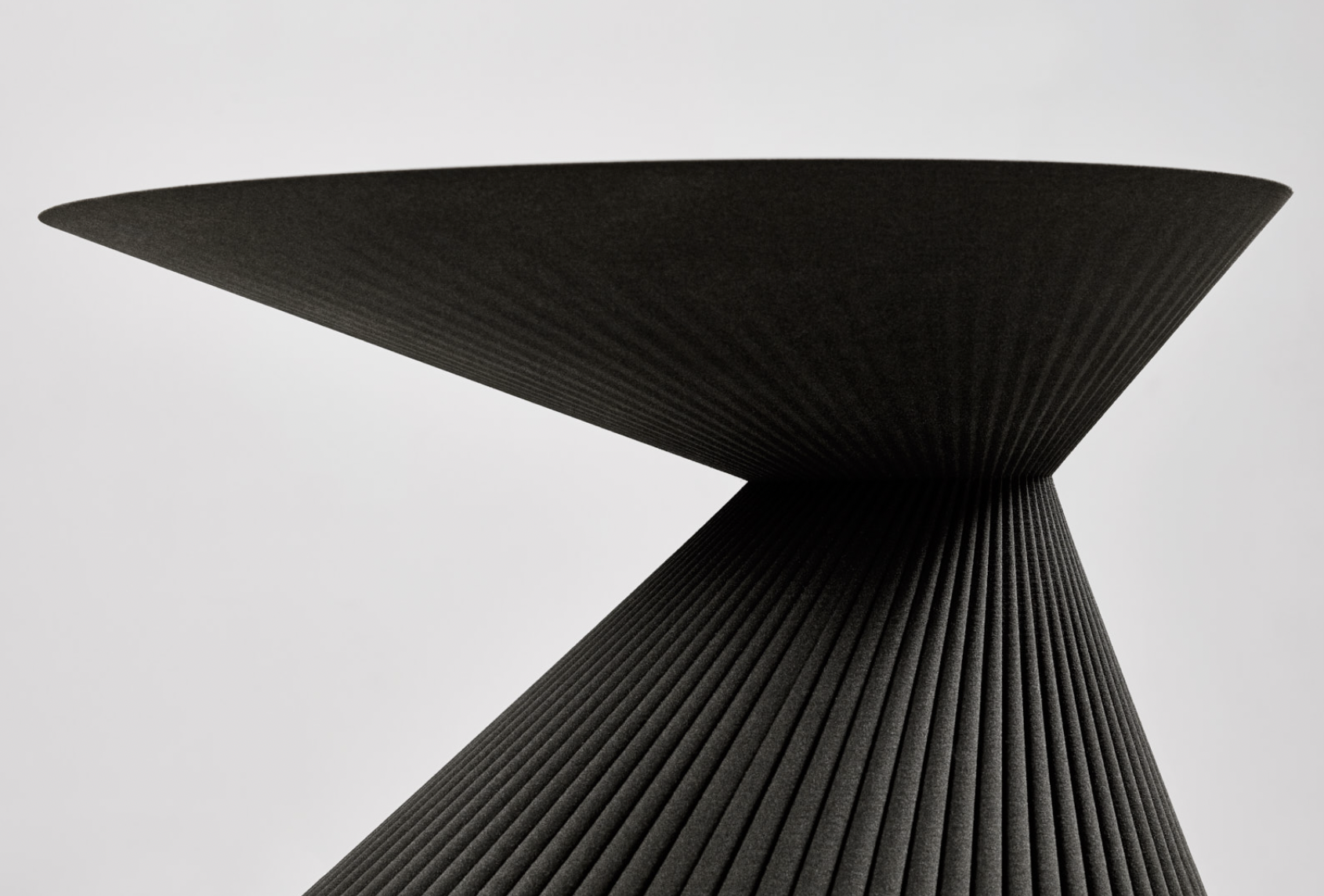

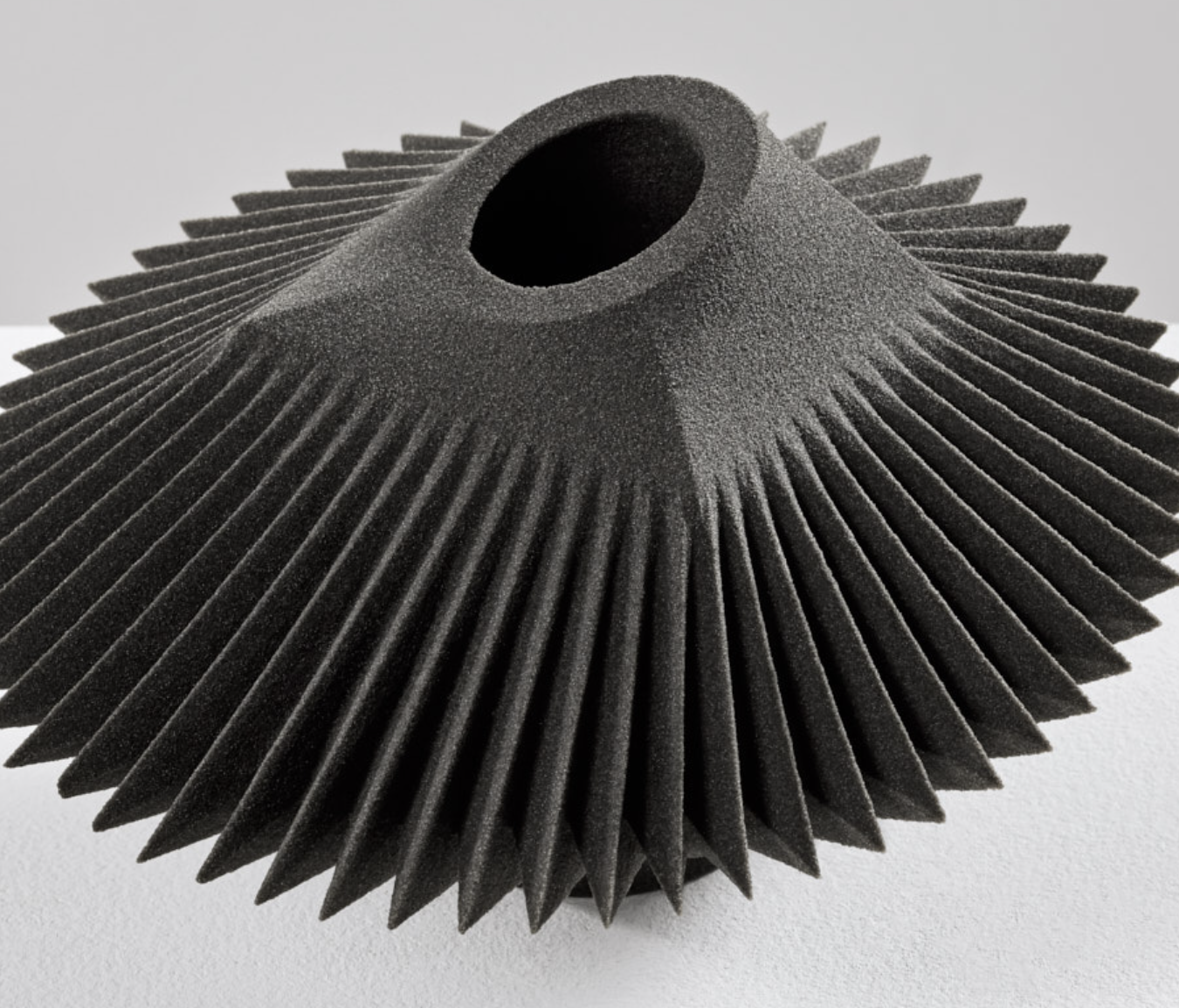



Katherine jones RA
Katherine Jones is a contemporary British artist who combines painting and traditional printmaking techniques, bringing together disparate narratives in hyper-real or folkloric spaces. Perceptions of safety and danger are often presented using archetypal motifs such as a house, flower, sun or tree.
Jones is currently a visiting lecturer in Fine Art Printmaking at universities and colleges across the United Kingdom and Europe.
She was elected as a Royal Academician in 2022.
Emmanuel Gatti
"Emmanuel Gatti practices experimentation in the field of printed works. These large aquatint formats attempt to make this medium, often reduced to a classical approach, a resolutely contemporary process. These formats are imposing, revealing themselves in the architecture and allowing it to be ""dressed in the same way as Japanese draperies or large rollers (Kakemono).
Its universe is presented as a great baroque setting empty of any human presence ; the rock, the cliff and especially the cave « refers to a place of origins or Arcadia before any human presence and language; nostalgia for the origins or a world to come where these great settings await a new humanity. The body and the portrait emerge from an always primary and Arcadian nature."
Theodore Ereira-Guyer
Theodore Ereira-Guyer's (works and lives between London - UK and Lisboa – PT) practice switches between print, painting, and sculpture. He studied at the Colégio das Artes at University of Coimbra in Portugal, Central Saint Martins, NUA and the Royal College of Art in London.
Ereira-Guyer work is held in private and public collections throughout the world including the MoMA, YALE Centre For British Art, TATE, The Victoria and Albert Museum (V&A), the British Museum, Museu Calouste Gulbenkian and the Pompidou Centre. He was the recipient of the Helen Chadwick Award for multidisciplinary artists.
fungai marima
Fungai Marima’s work is influenced by ideas around the Body as Archive, the materiality of the body and its relationship to archiving.
Her work is often self-reflective, looking into themes of displacement, memory, identity, trauma and the female body. Marima uses unique methodologies within printmaking to assist in her production of artwork, in relation to thinking through making and the performance of process. Experimenting with printmaking, performance, sculpture and sound, she physically uses the body to highlight and expose personal and collective narratives of the human experience that are often silenced or ignored within contemporary culture.
Marima graduated from Camberwell College of Art in 2020 with a MA in Fine Art Printmaking. She has exhibited at the Saatchi Gallery, New Art Exchange and and presented artist talks at the IMPACT12 Impact Printmaking Conference 2022, and the Tate Modern, Tate Late early this year. As well as being featured in many publications, her work is in private collections across the UK.
JOseph GOODY
Joseph Goody’s abstract imagery is inspired by – in his words – ‘literature, castle walls, parapets and ideas of organisation’. Meticulously composed, his works explore geometric forms and layering with a softness that creates a sense of tension.
HUGO WILSON
Hugo Wilson’s work spans multiple mediums, but is united by its interest in methods of categorization and creating archives. As Wilson explains, “I was always interested in what made things tick and what was governing things, sort of natural law.” His practice is based primarily in creating series of paintings and drawings, though he has also made installations and a series of sculptures cast from corroded hearts and lungs. Most often, his subjects are animals both extant and extinct, and human artifacts.
JOHANAH MURIEL
Johannah Muriel is a Hackney-based artist and printmaker. Her one of a kind, mixed-media studies combine gestural marks and mainly abstract shape formations, to produce layers of colour and texture. Johannah’s prints are the result of instinctive reactions to natural references- inspiration taken from nature, everyday life or beauty found in decaying objects, discarded by others.
Areas of varnish and detailed hand-embroidery manifests on paper into organic forms and compositional features, encouraging the viewer to investigate each layer of the work.
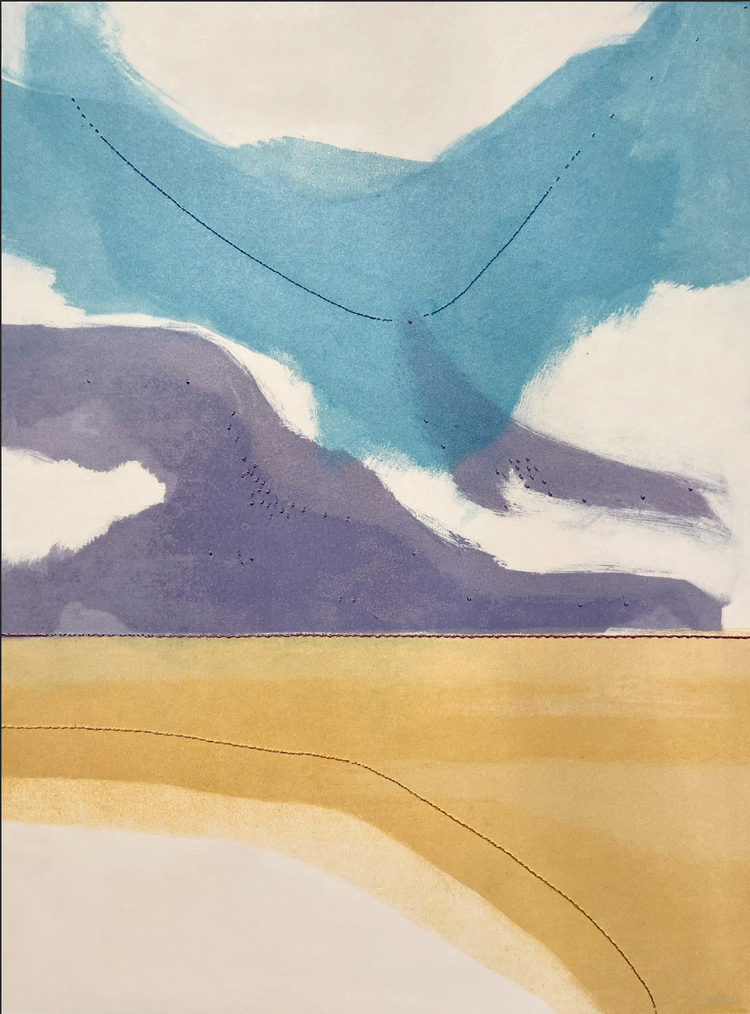
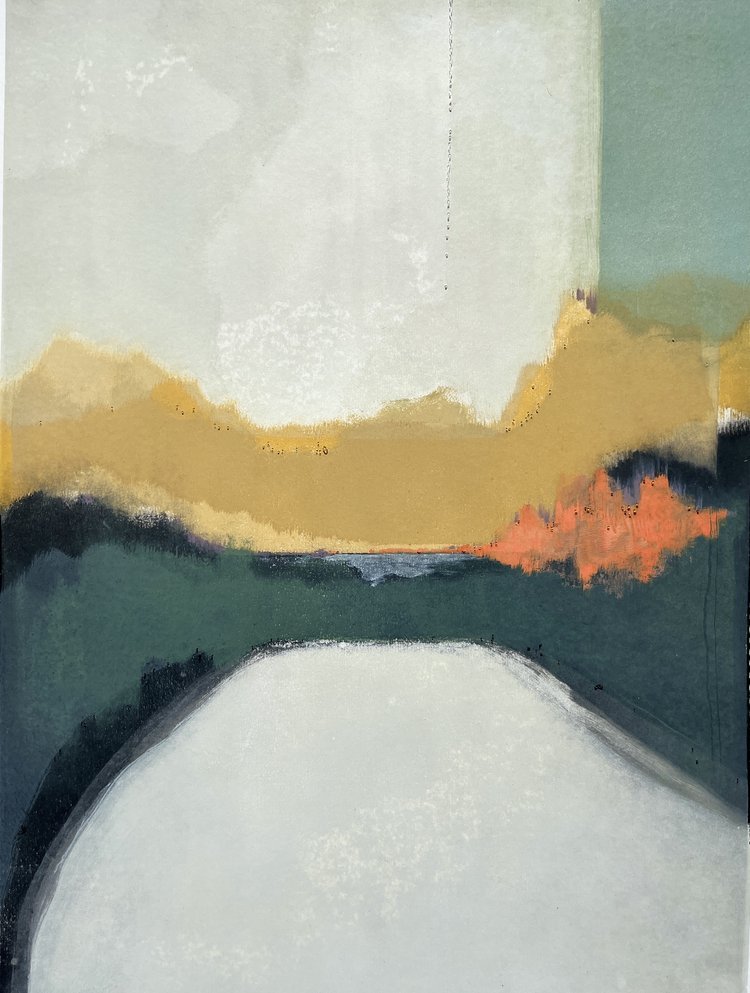
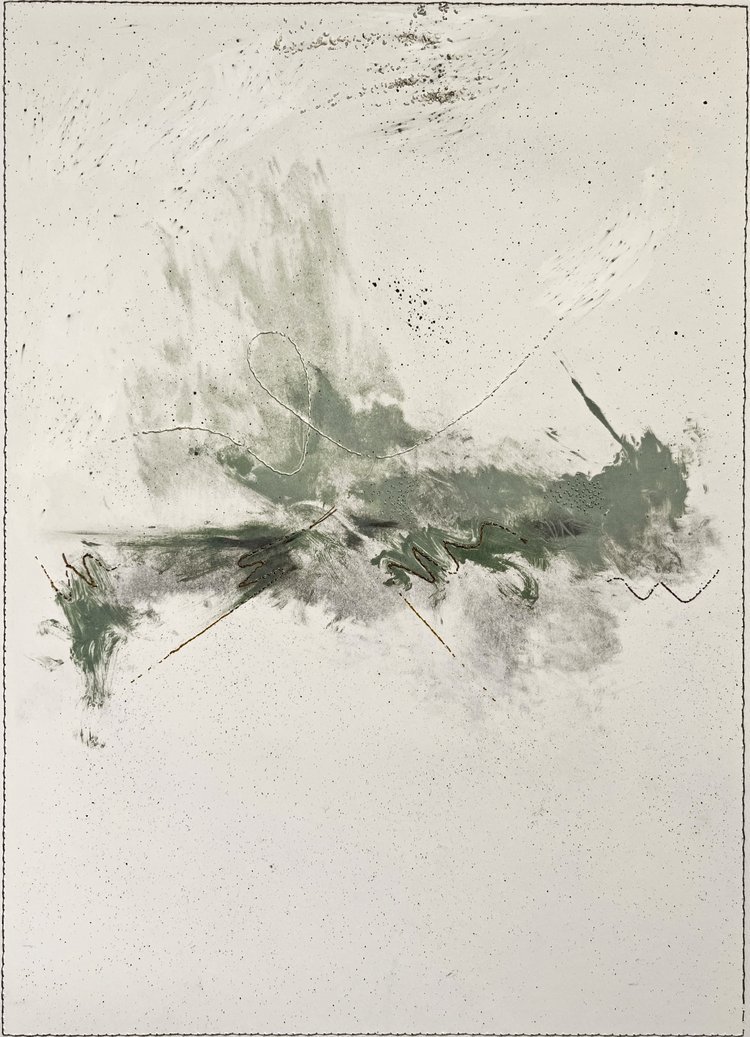

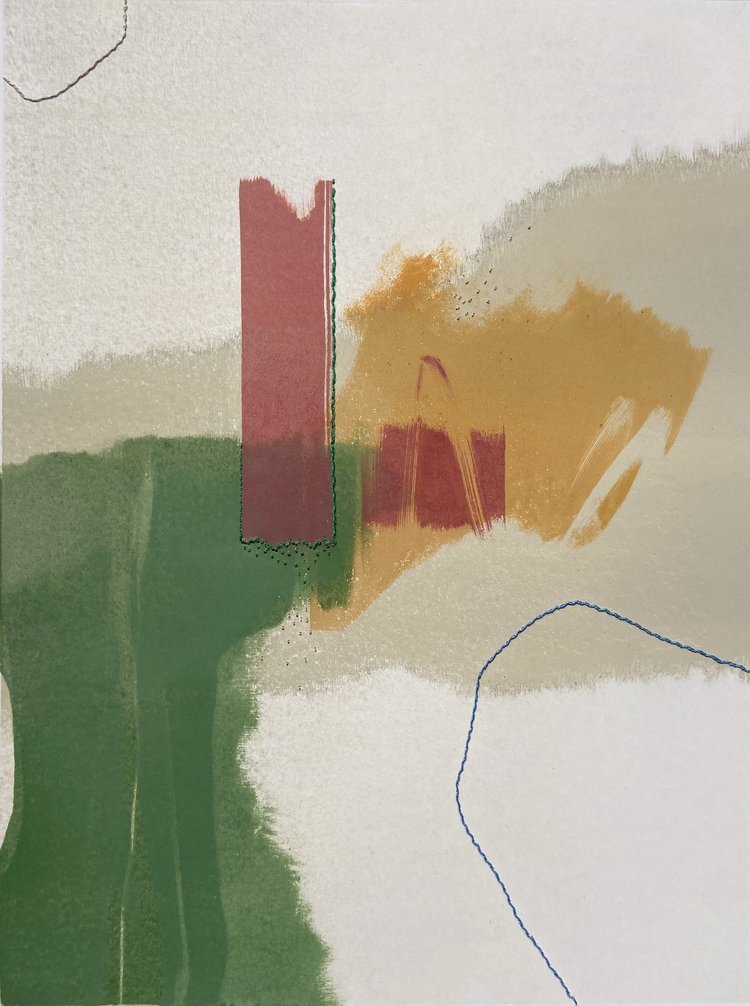
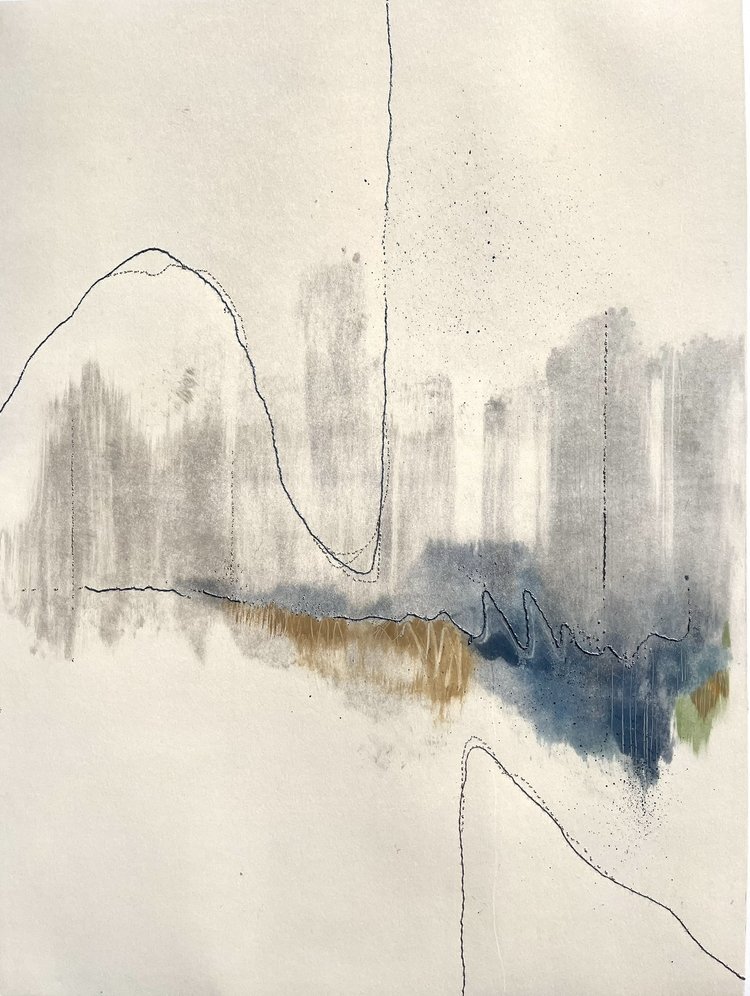

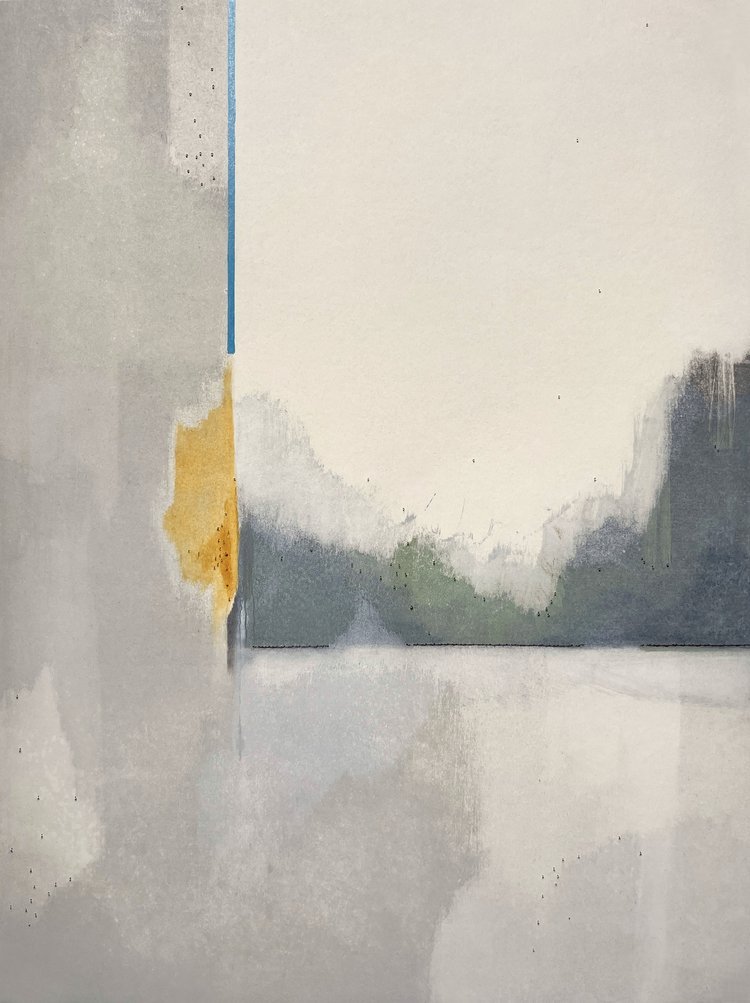
ODILIA SUANZES
Suanzes’ work is an exploration of the sublime of experiences of landscapes so overwhelming they are beyond description. Her sense of these experiences is what she tries to understand and explore through printmaking.
Her works are related to her mind - the activities and cognitive processes that happen when she paints both consciously and unconsciously. The mind represents a complete whole phenomenon responsible for vital and complex things such as emotions, perceptions, memory, reasoning, learning, creativity, imagination and desires.
Suanzes aims to create a connection between neurology, phenomenology and the sublime. The sublime is awakened in us through the senses as a disorder,of something vastly superior and unknowable to the person perceiving it, it causes feelings of ontological insignificance: finitude and impotence as a being made manifest.
These actions and processes relate directly to how she senses heightened emotional experiences.
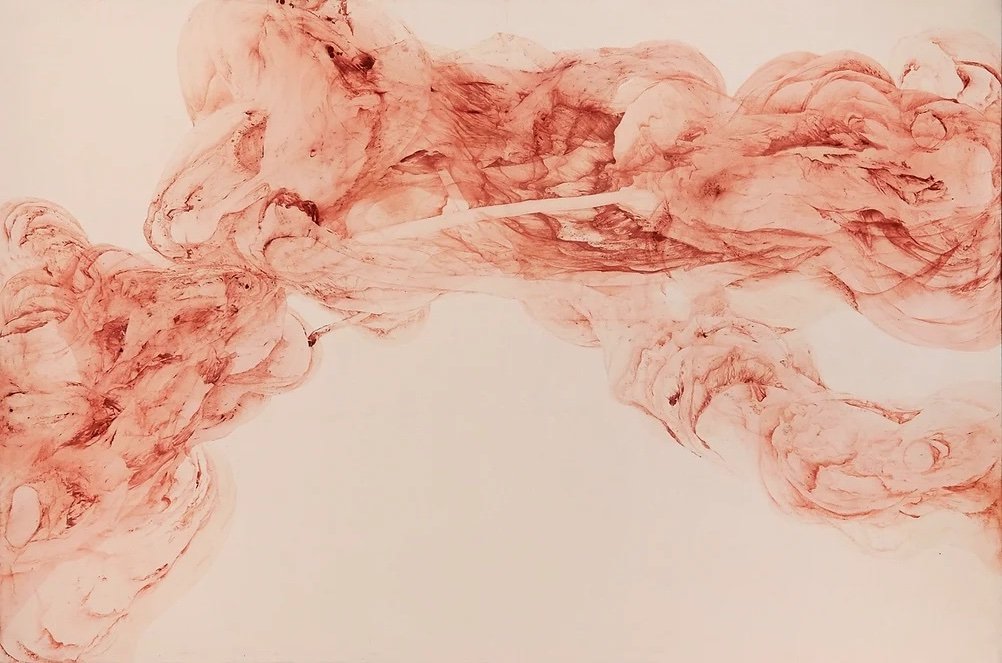
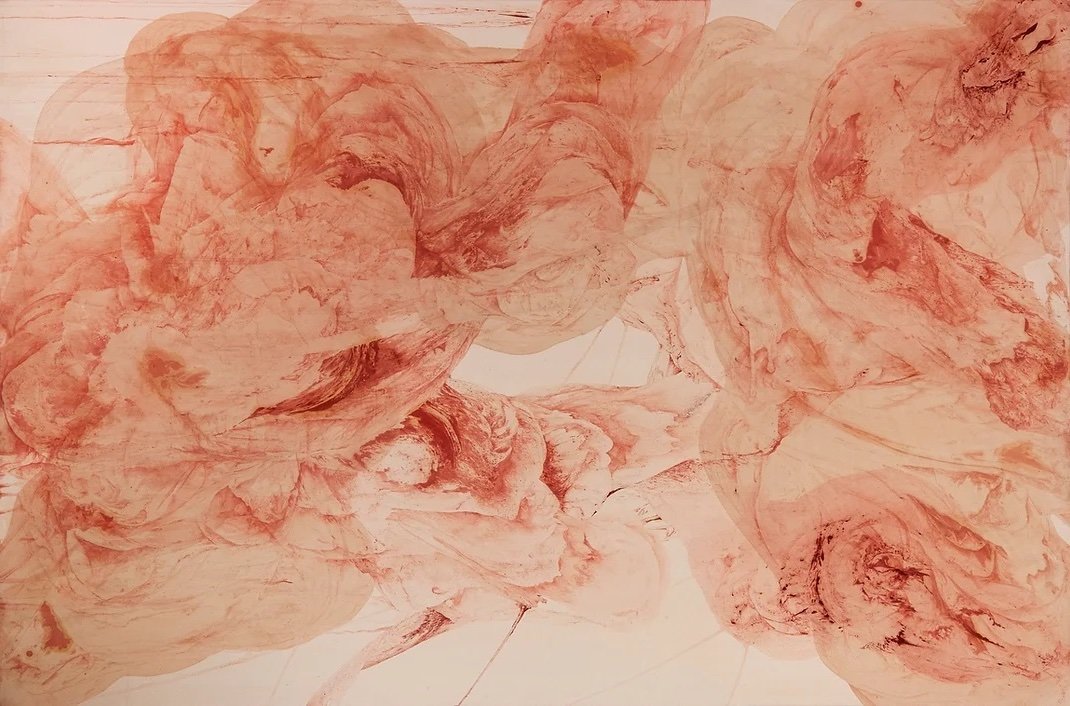
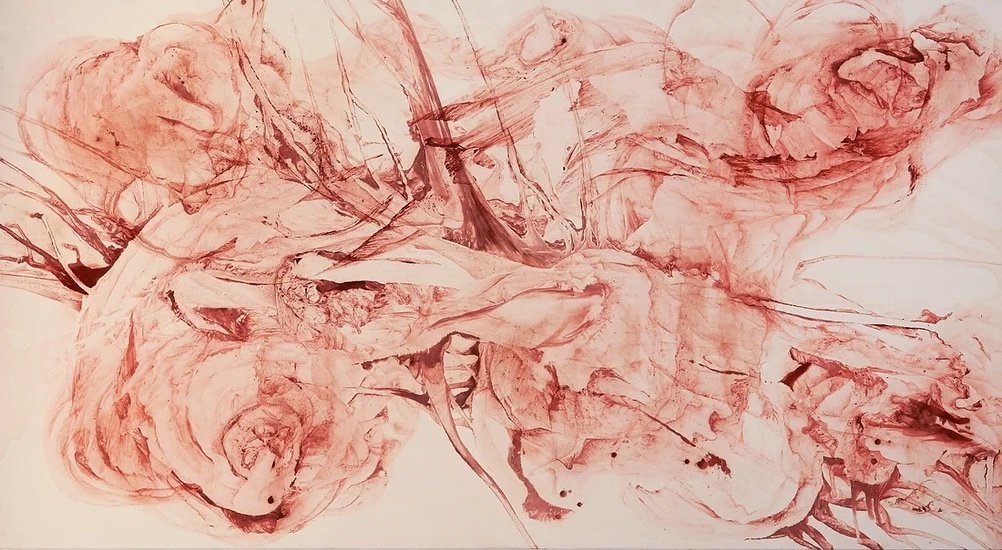
LEIGH CLARK
Leigh Clarke’s recent work uses print to physically realise anonymous and invisible occupants in social media spaces.
Searching through various online platforms, Clarke locates avatars and pseudonyms, and imagines them as physical figurative forms. Abandoning the mechanical and digital in favour of a more direct and performative approach, Clarke uses his body weight to apply pressure to create the printed image. The work imagines strangers resolving differences through interaction, dance, and discourse.
Clarke Graduated from The Royal College of Art Printmaking course in 1998. He has exhibited his work internationally and his prints are held in the Government Art Collection and in numerous private collections. Clarke has generated print projects at The Whitechapel Gallery, Turner Contemporary, Create London, Airspace Stoke-on-Trent and the Centre de la Gravure et de l’Image imprimée Belgium. He has been an Invited Critic on the MA Printmaking Course at the Royal Academy Antwerp and MA Print at La Cambre Brussels. He has represented UAL in two International Printmaking Workshops at Xi'an Fine Arts Academy in China and Elam School of Fine Art in Auckland, New Zealand.
He has been a Print Tutor at the Royal Academy Schools since 2012 and works from his studio in Margate.
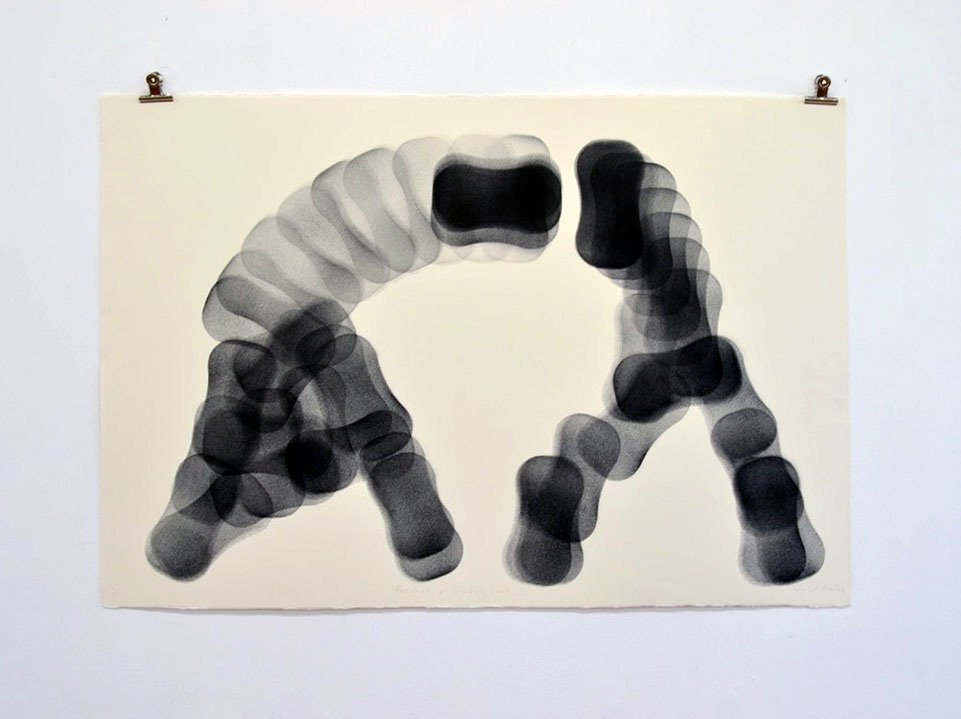
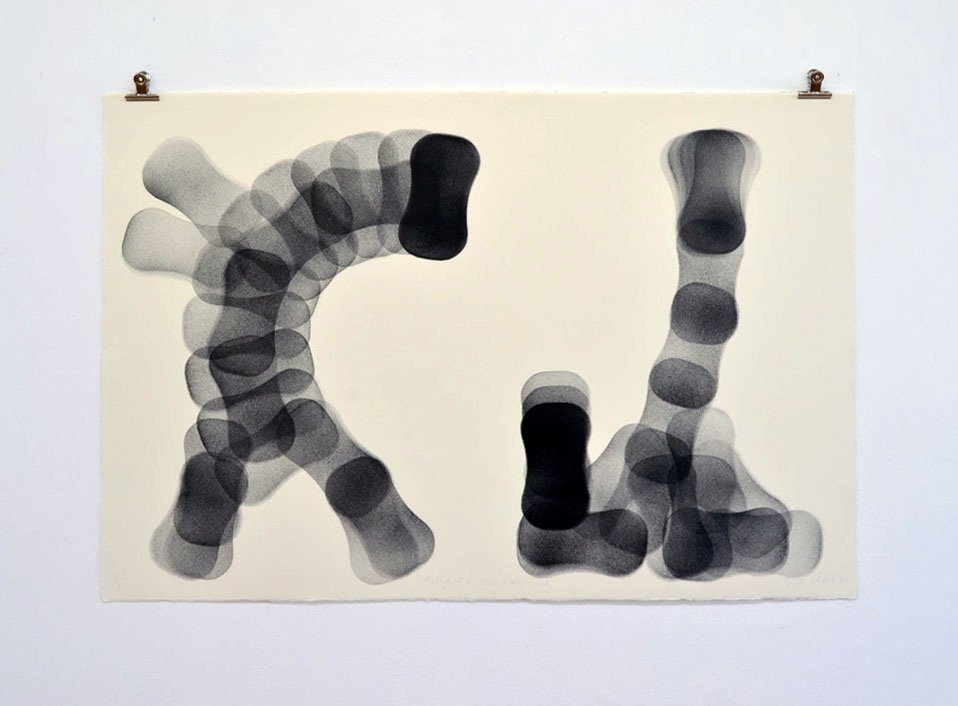
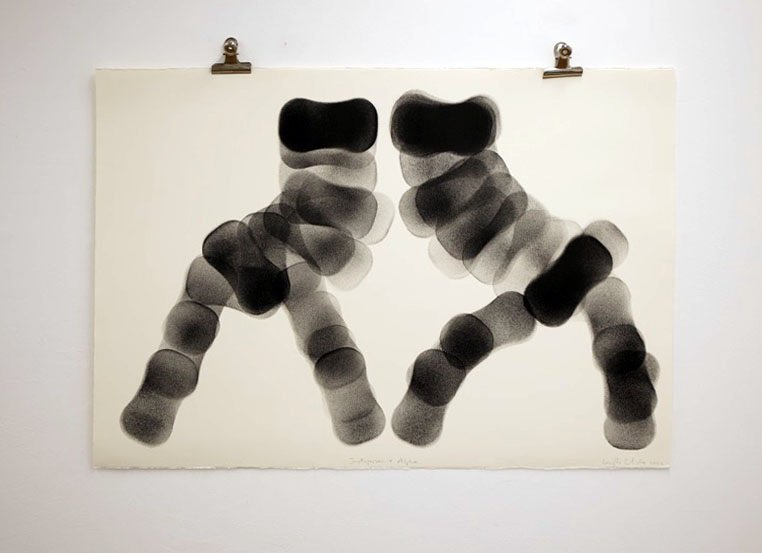
Elena Kartintseva
Elena is an academically trained painter and illustrator graduated from Moscow State Academy of Print (1991-97, MA in Fine Art Honour with distinction). She has exhibited widely since 1996 in number of shows, galleries and museums. Including NCCA and Brunel museum. Her paintings and woodcuts are held in many private and some public collections around the world. She lives and works in London.x000D In her second year of the etching exploration, Elena continues with using the plates as a painting matrix for her new short stories series of colourful exploits on interjections. She discovers new ways of mark making on soft ground. Her tools - Tabasco, springs and a golf ball, leading her to a new expressionistic graphical language.
ANNA-LENA KRAUSE
Anna-Lena Krause is a multidisciplinary artist based in London. Her research, rooted across numerous fields of psychology and behavioural science, results in artworks questioning the bonds connecting people in the modern world. The Berlin born artist delves into photography, sculpture, performance and continues to exploe new ways to research and dissect the themes relating to the being and our perceptions.
She obtained her BA in Photography at the University of Applied Science in 2018 in Berlin and her MA Degree in 2021 at the Royal College of Art in London.
Krause has had various group exhibitions including the Rencontres des Arles, France, the European Months of Photography in Berlin, ‘Sweet Harmony‘ at Saatchi Gallery in London, ‘No Photos on the Dance Floor‘ at the C/O Berlin and ‘Up All Night: Looking Closely at Rave Culture’ at KUMU Art Museum in Estonia.
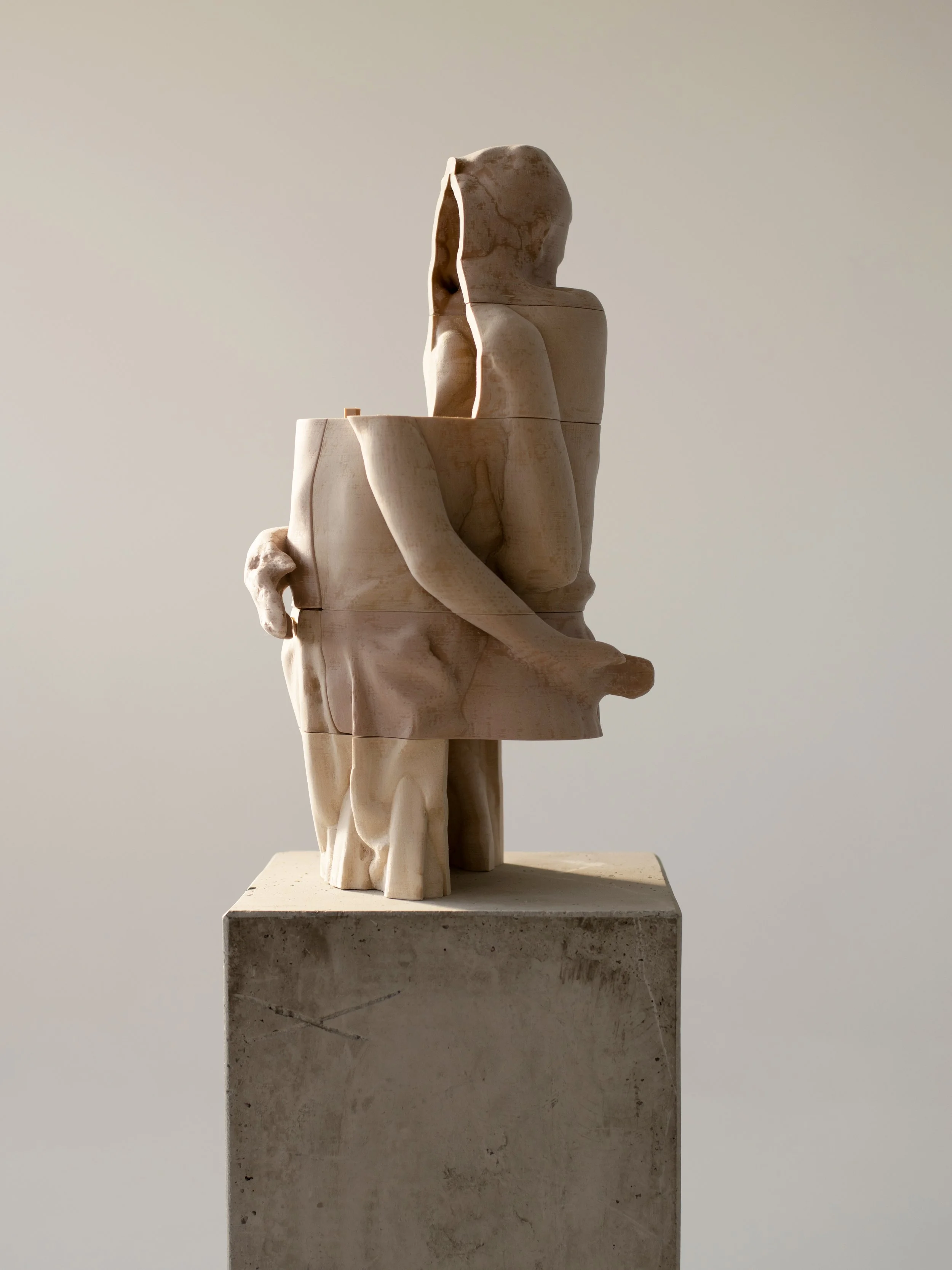
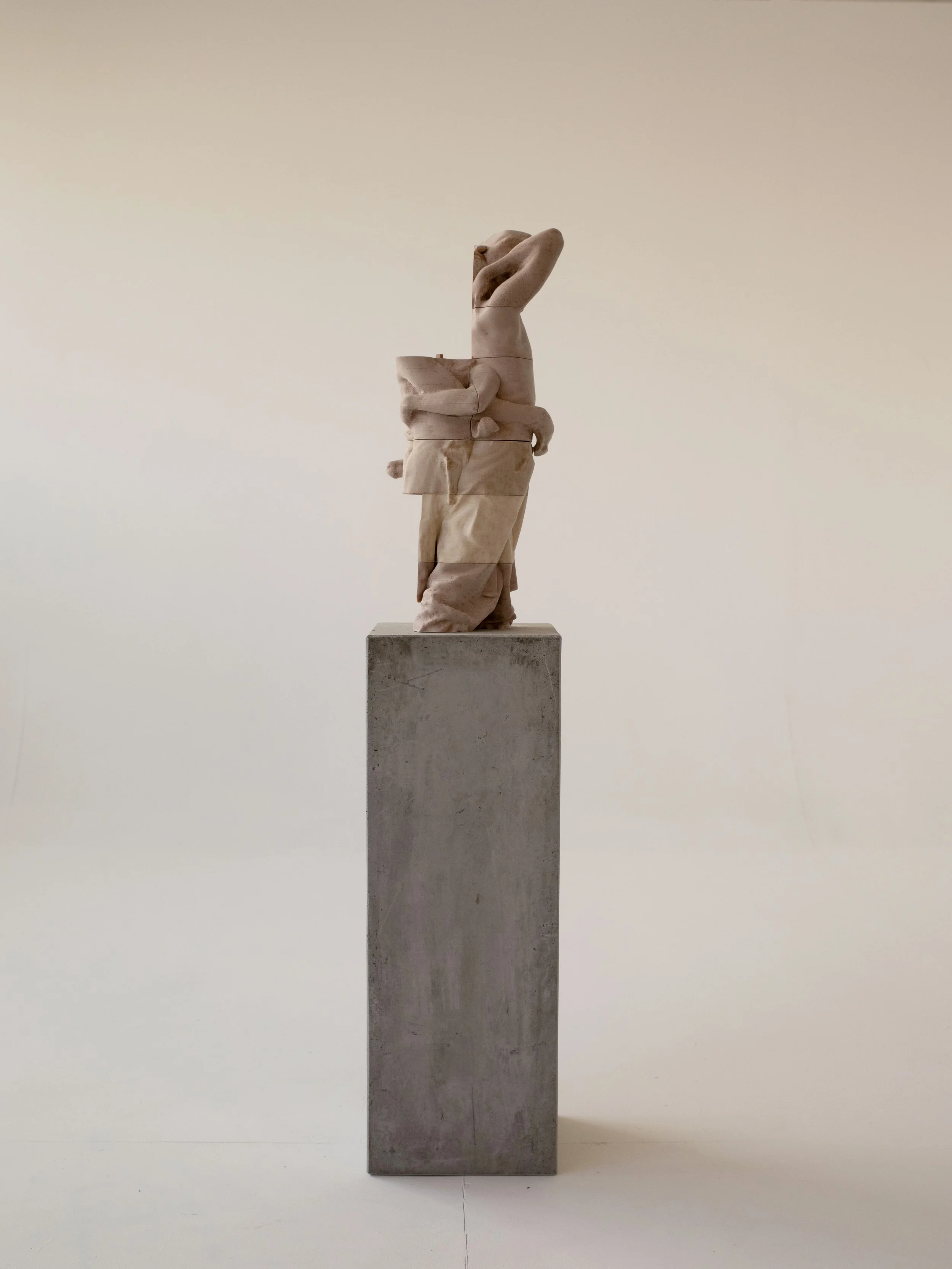
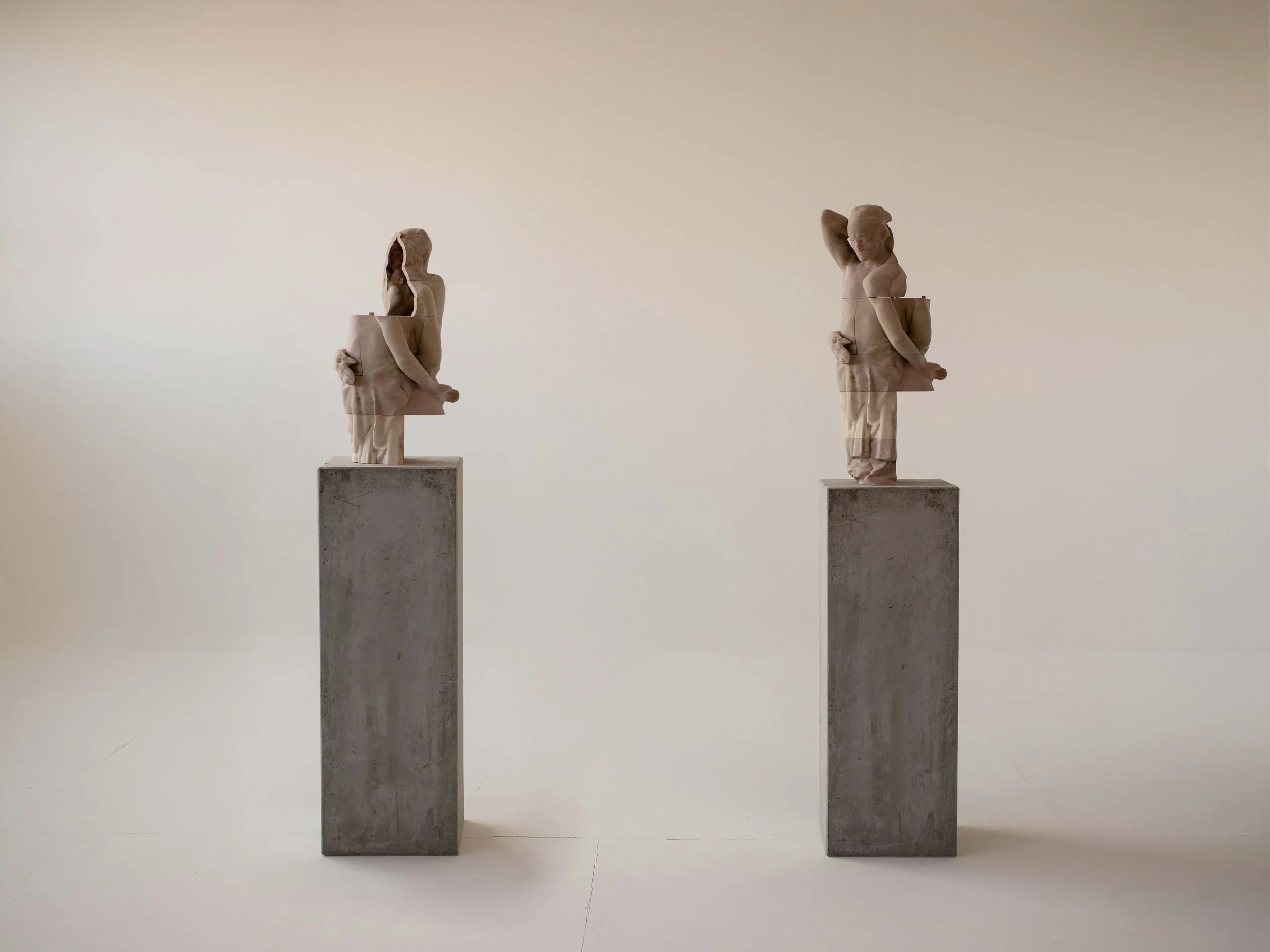
Holly Drewett
Holly Drewett is a visual artist currently based between Messenia, Greece and London, UK.
Over the past six years Drewett’s practice has been informed by sound and landscape. She frequently documents sites using sound and through a listening and response process she creates drawings that function as a graphic score or rhythmic abstraction of place.
Other work has involved a collaboration with acoustician and environmental researcher Pierre Cauchy, working with an underwater audio archive taken across the world, ranging from the organic to mechanic, whale song to sonar. 'A translation of an underwater soundscape (whale song to sonar) consists of individual linocut, relief plaster casts, giving sound a tactile, visual form. Light and shadow signal catalyst and consequence.
Drewett holds an MA in Print from the Royal College of Art and has exhibited internationally, her work is held in collections at CICA Museum, National Taiwan Museum of Fine Arts, and Royal College of Art.
ayan farah
Ayan Farah's practice reflects upon themes of identity, visibility and oppression in a global world, often drawing upon her Somali-Swedish heritage and itinerant outlook. Within each painting disparate world-views merge, oppose each other, or co-exist, rejecting linear narratives.
Farah travels constantly to research, gather and grow organic pigments and dyes from across the globe: from Dead Sea mud, to Swedish clay, Mexican terracotta and home-grown indigo and marigold. Using these she treats vintage fabrics, often sourced from nineteenth-century homes and bearing traces of their history. Dying and bleaching may take months or years to complete, with materials at times exposed to sunlight for long periods in the open air.
The artist’s complex and experimental process imbues the work with an ephemeral quality that manifests both the passing of time and the essence of the location in which they were made. The resultant fabric is stitched together into bands, grids and geometric arrangements that draw equally on the language of abstraction and minimalism, and that of traditional woven African textiles. The emphatic materiality of her work creates tension with its strict formal qualities, exploring the relationship between nature and its representations.
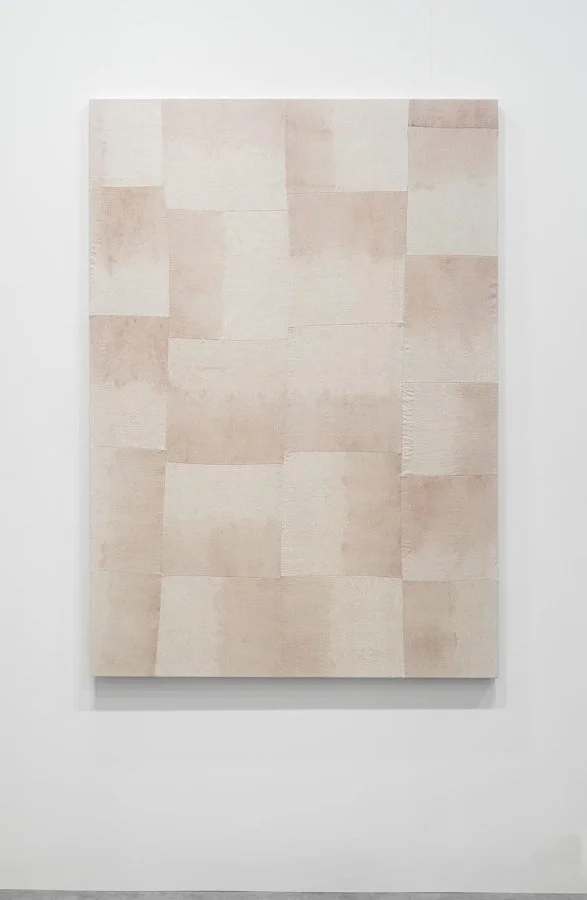
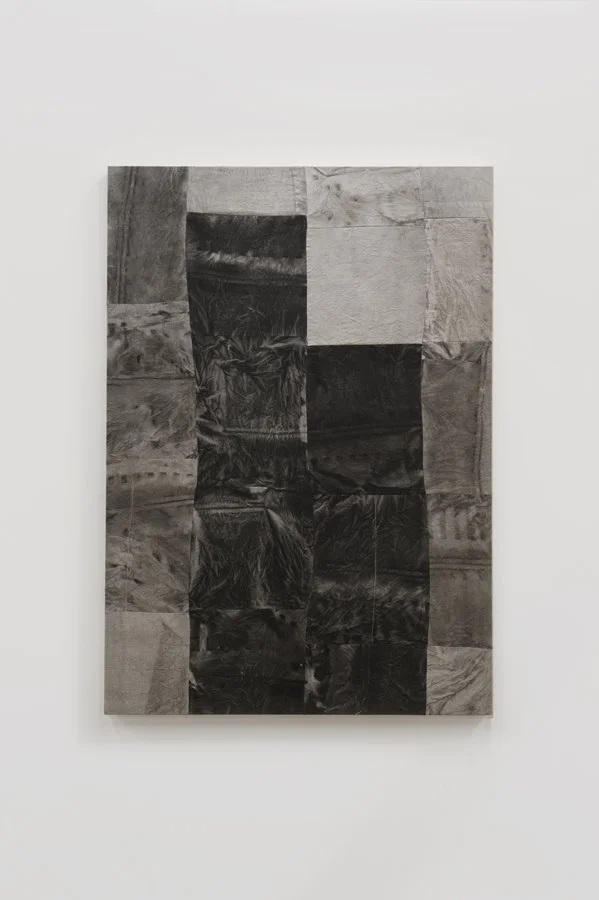
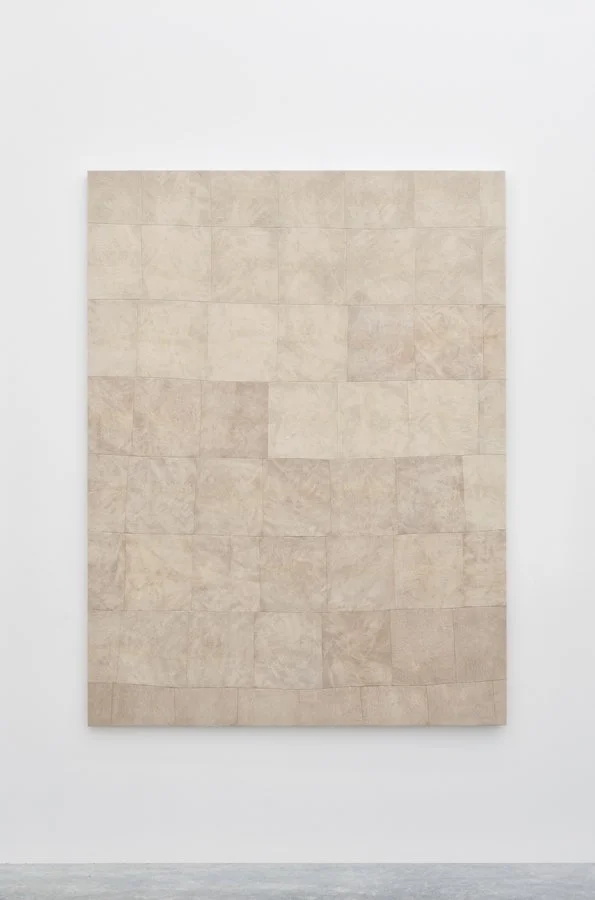
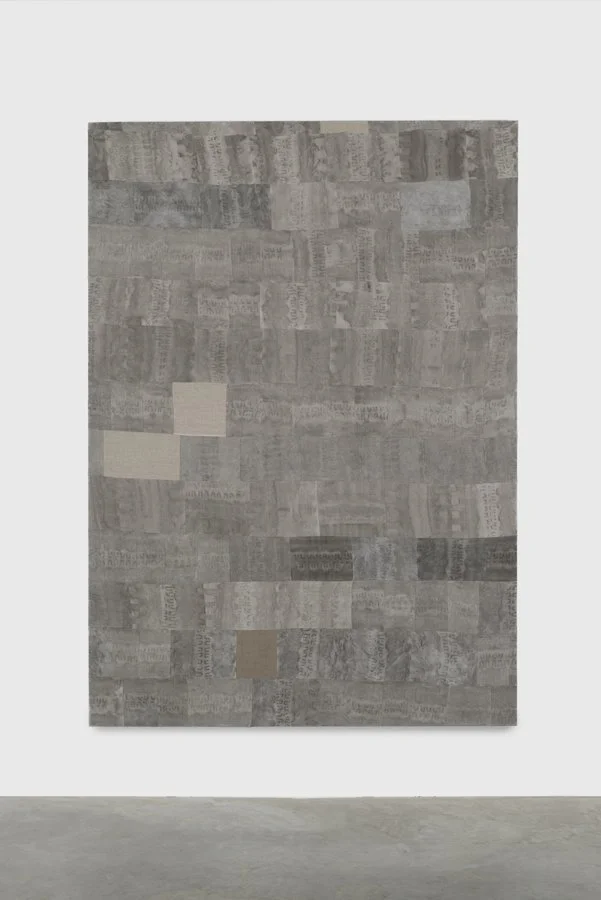

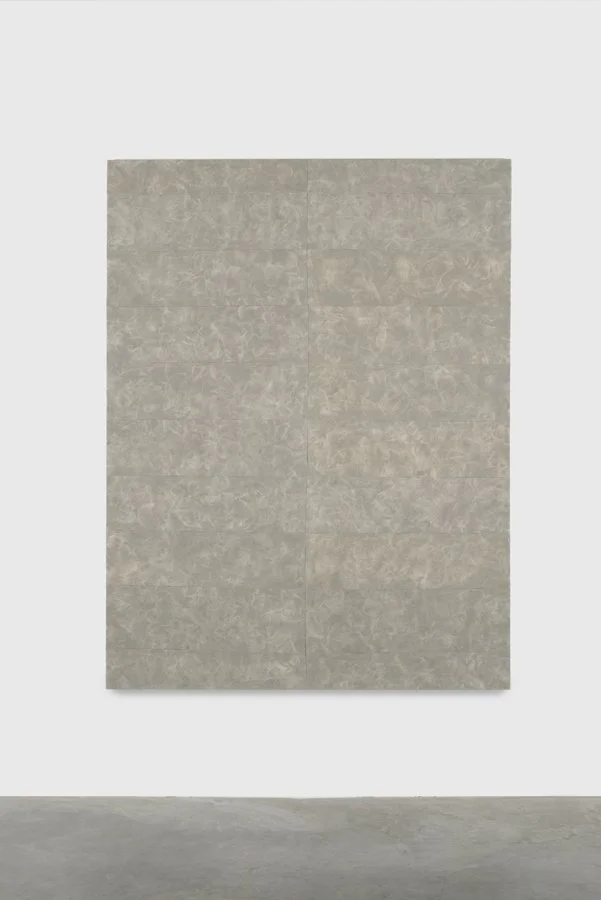
Katja Angeli
Referencing the human body, fluid forms and play, Angeli’s practice is rooted in drawing, collage and appropriation. She is interested in the slippage between figuration and abstraction. Her works are to varying degrees informed by pop culture, art history, comics, politics and language, architecture and animation. Angeli’s approach to her work is dependent on a sense of connection with its making. I’m often guided by materials when thinking about new work.
“Paper is a favourite of mine because it’s porous and fragile and alive. It’s punk. So is collage and, as a form, it is central to the way I think about my work. Collage implies movement and change. It’s a radical approach that inhabits chaos and rupture. I keep returning to it, I guess, because it reflects how I think and sample and relate to the world around me.
My relationship with nature lies behind my love of materiality and comes through in my engagement with materials and my connection with the process of making. I’m interested in the dialogue between the organic and the digital which I explore in the process of making, combining traditional materials, methods and techniques with digital applications.”

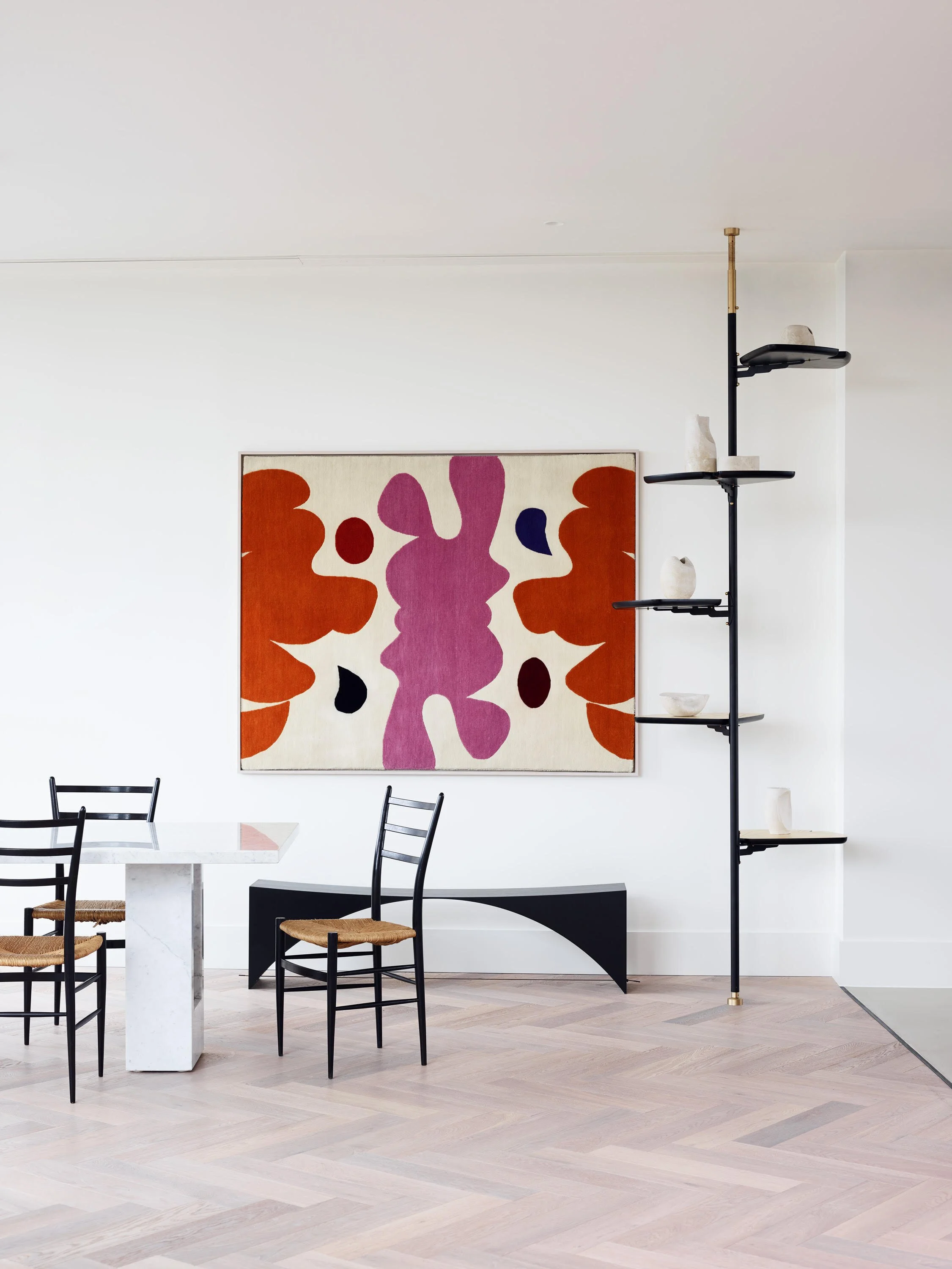
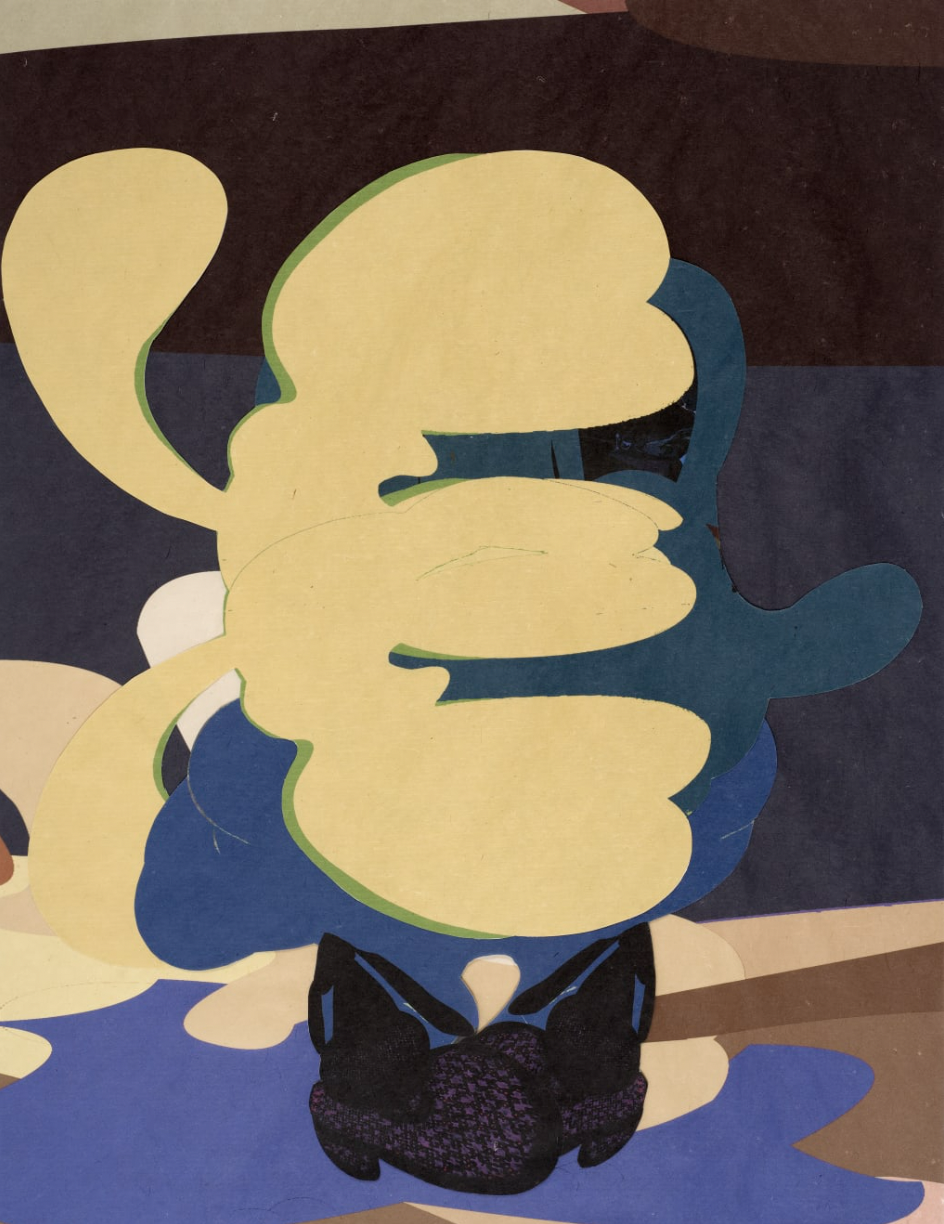


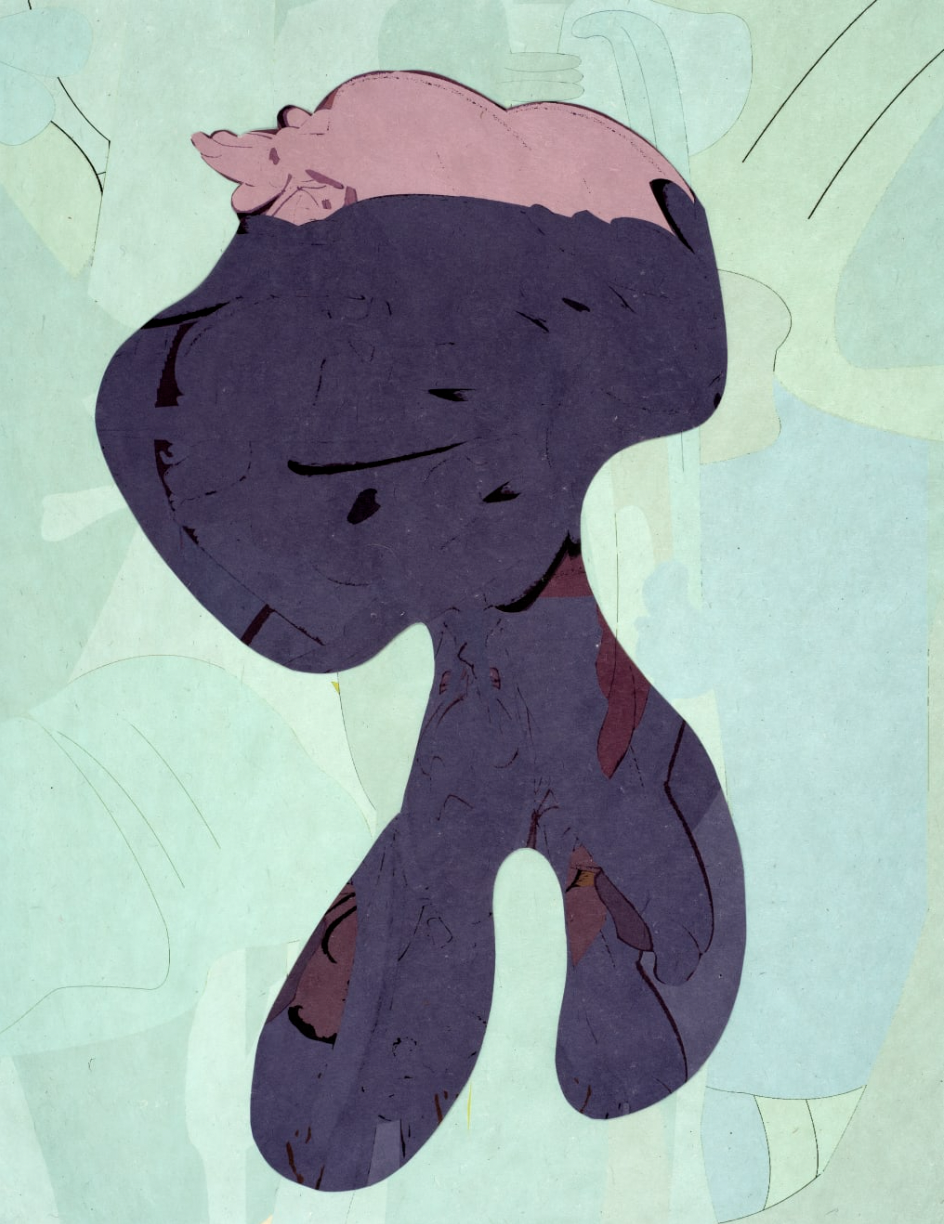

Framing Examples
We have a close partnership with The Framing Room who offer exceptional framing services and advice, specialising in contemporary, hand-finished frames. They hand make every frame in their Brockley workshop using conservation grade materials and sustainably sourced wood.

